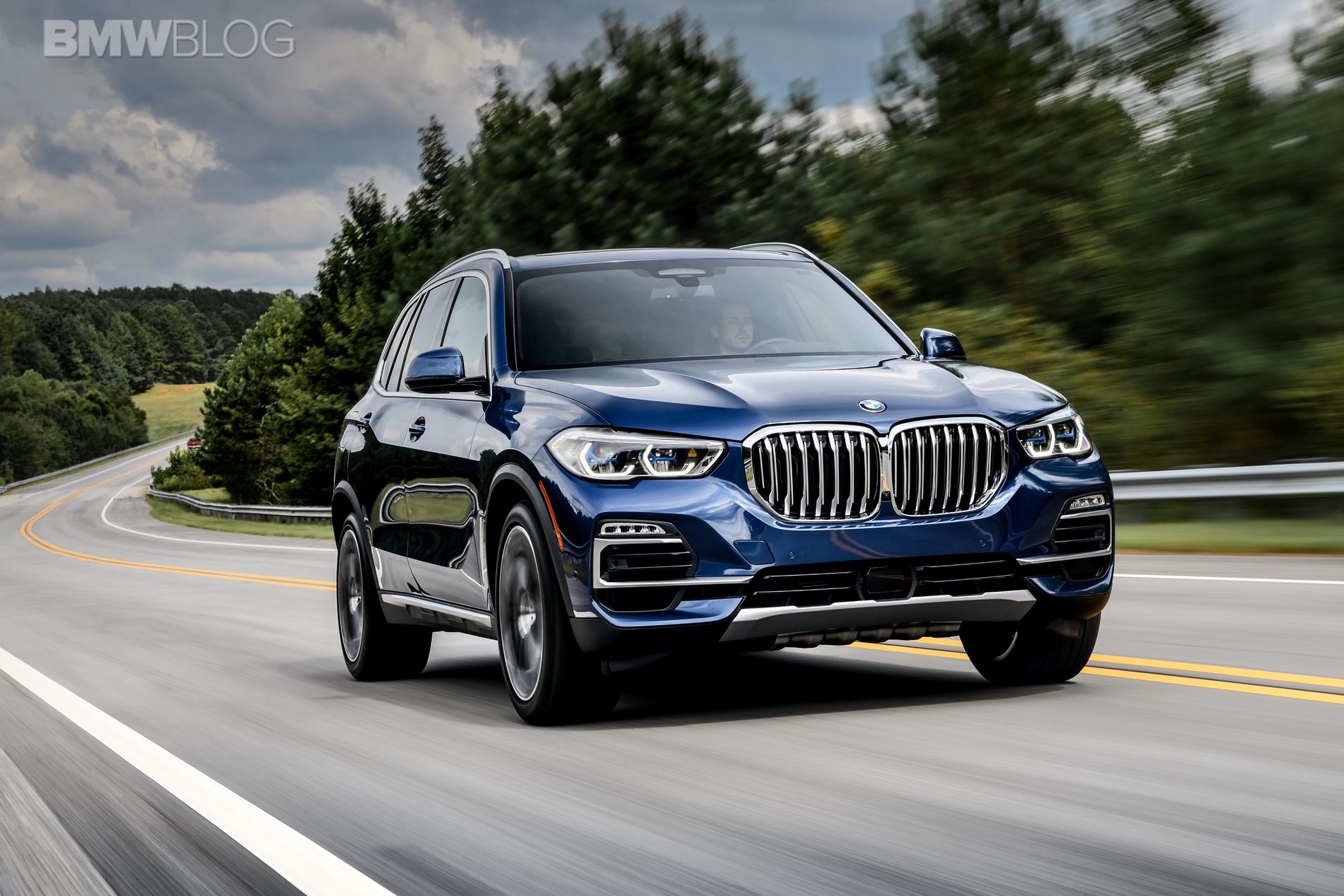
I went to Atlanta, Georgia, to test drive the all-new 2019 BMW X5 which goes on the market this fall, and it’s being built in Spartanburg, South Carolina.
If there is one model in the recent BMW history that has left a huge mark on the brand, then, arguably, is the X5 that deservers these accolades. It was the mid-90s when BMW was a very different car company than it is today. Back in the time of of Pearl Jam, dial-up internet and pagers, BMW was a simpler company. One that only made a handful of models, all of which had the “Ultimate Driving Machine” philosophy deeply ingrained within their DNA. But around the same time, the Bavarians have started to become interested in a new premium, car segment – Sports Utility Vehicles.
Yet, they weren’t the only ones. Mercedes-Benz had already put plans in motion to launch their first SUV, in the form of the ML. So in 1999, a year later than its archrival, the first BMW SUV arrived. One that would change forever the company and its future products. BMW was famous for lightweight, simple sports cars, so an SUV from the Bavarians was downright shocking. Internally known as the E53, the first-generation BMW X5 was a car that most enthusiasts felt to be blasphemous. They felt that it was heresy for BMW to develop any sort of vehicle with “utility” in its title (which is part of the reason why BMW eventually started calling them “SAVs” [Sports Activity Vehicles]). BMW made small sports cars and high-tech luxury cars, not high-riding SUVs.
It wasn’t just the BMW X5 on its own, though, that made such a heavy impact. To build the X5, BMW had developed an entirely new manufacturing facility and it did so in America, of all places. So BMW was building SUVs in a multi-billion dollar facility in South Carolina, one that has been growing ever since. To date, more than 2.2 million X5’s have been sold worldwide, one third of those sales being in the U.S., so by any standards, the X5 was a huge success story for the Germans.
With every generation that followed, and there were three so far, the recipe has been further refined to deliver nearly flawless X5s. Which brings us to the newest generation X5, codename G05, which was unveiled earlier this summer and which I’ve had the chance to drive recently in Atlanta, Georgia. Over the last few months, I’ve actually had the opportunity to spend some time with the new X5 in a couple of occasions, once during the X7 prototype pre-drive and then during the video segment we’ve created with BMW for the web debut of the X5. So to say that I have some experience with the new X5 would be an understatement.
Each and one of my previous interactions with the X5 left me impressed, and every single time I was looking for those flaws that, not only add some objectivity to the car review, but it also shows that I’ve done my homework. Thoroughly. And for the first time in a while, I wasn’t able to pinpoint something that would personally bother me on the X5, IF I was an owner. So the only thing left that could have changed my mind, was the driving experience. But more on that in a second.
Visual Changes
The G05 X5 has wheelbase that is 1.6 inches longer than its predecessor’s, a 1.1 inches increase in vehicle length, an extra 2.6 inches of width and a 1.0 inches increase in height. Not a significant difference in size, but enough to make it stand out a bit more. BMW engineers said that the additional width helps with the installation of three child seats across the rear bench while being able to pass the stringent pole crash test. The new X5 also features more aluminum content – all the body’s hinged panels, the front wings and some core structure – which basically gives the new X5 the same weight as its predecessor, on a similarly equipped model.
From the front, despite being an evolutionary design, the new G05 BMW X5 has its own character. Its new headlights look significantly better; they’re now detached from the grilles, much sharper and much sportier. They also feature (optional) laser lights, which look really cool. The kidney grille is now much larger than before and give the new X5 an imposing look, a more rugged look. The best part about the front end, though, is the new hood, which is heavily creased and looks very sporty.
While the previous X5 was already proud of its sportiness, the G05 takes that a step further with a very attractive shoulder line that moves upward, over the rear wheel arch. That gives it a real muscularity that the previous car didn’t have. In the back, the design looks more modern, sleeker and in-line with the recent BMW design updates. The rear boot looks significantly better and its slim, sleek taillights are the biggest reasons why.
So if the F15 X5 has always seemed like it was lacking something in the design department, I truly believe that the G05 model fixes that, and the overly criticized large kidney grille actually fits the character of the new model.
Interior Design
Despite being a great all-around SAV, the previous F15 X5 has always been a step behind its competitors when it came to the quality of its cabin. The design was nonetheless functional, sporty and simple, exactly what you’d expect from a BMW, where “Function over Form” is not just a catchy phrase. But as times change, so does BMW’s customers, a customer that now requires the ultimate luxury in their quite expensive SUVs, and the latest and greatest tech available. So this is where BMW has spent a lot of its time with the new X5.
The dashboard and center stack are both similar to those of the new and upcoming BMW 8 Series, Z4 and 3 Series. So it gets a new fully digital instrument panel (called BMW Live Cockpit), without the odd plastic bits stuck on it to fake the shape of actual gauges, and a new 12.3-inch iDrive infotainment screen that sits right next to it. Underneath that new iDrive screen is a new HVAC button setup. Sandwiched between the two center air vents are two little screens that feature the temperature and fan speed, both of which are controlled with aluminum buttons underneath. That iDrive system is also all new, featuring an entirely new layout, new crisp graphics and many customizable screens. There is also an optional Glass Package which brings even more luxury to the the transmission selector lever, the iDrive Controller, the start/stop button and the volume control button for the audio system.
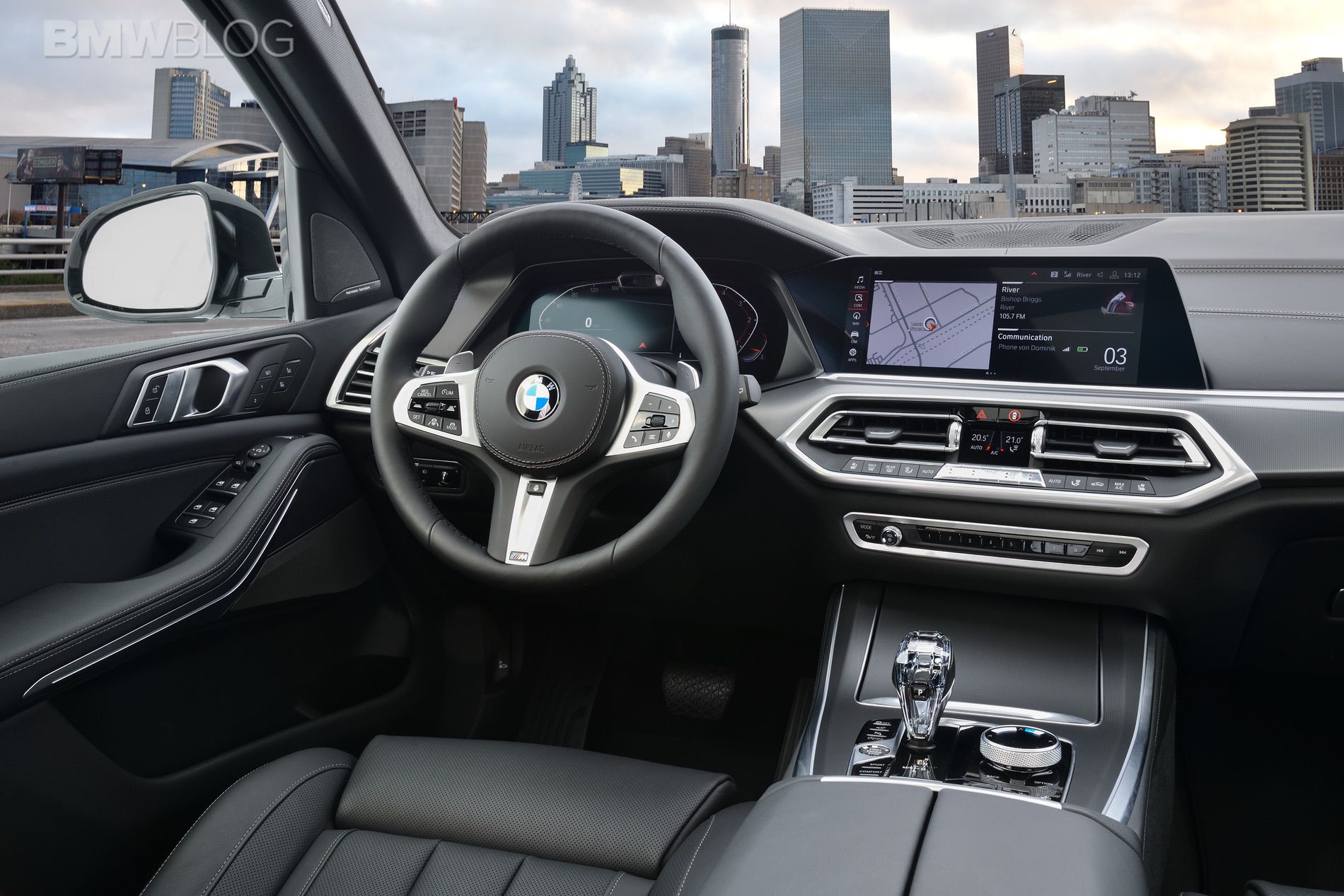
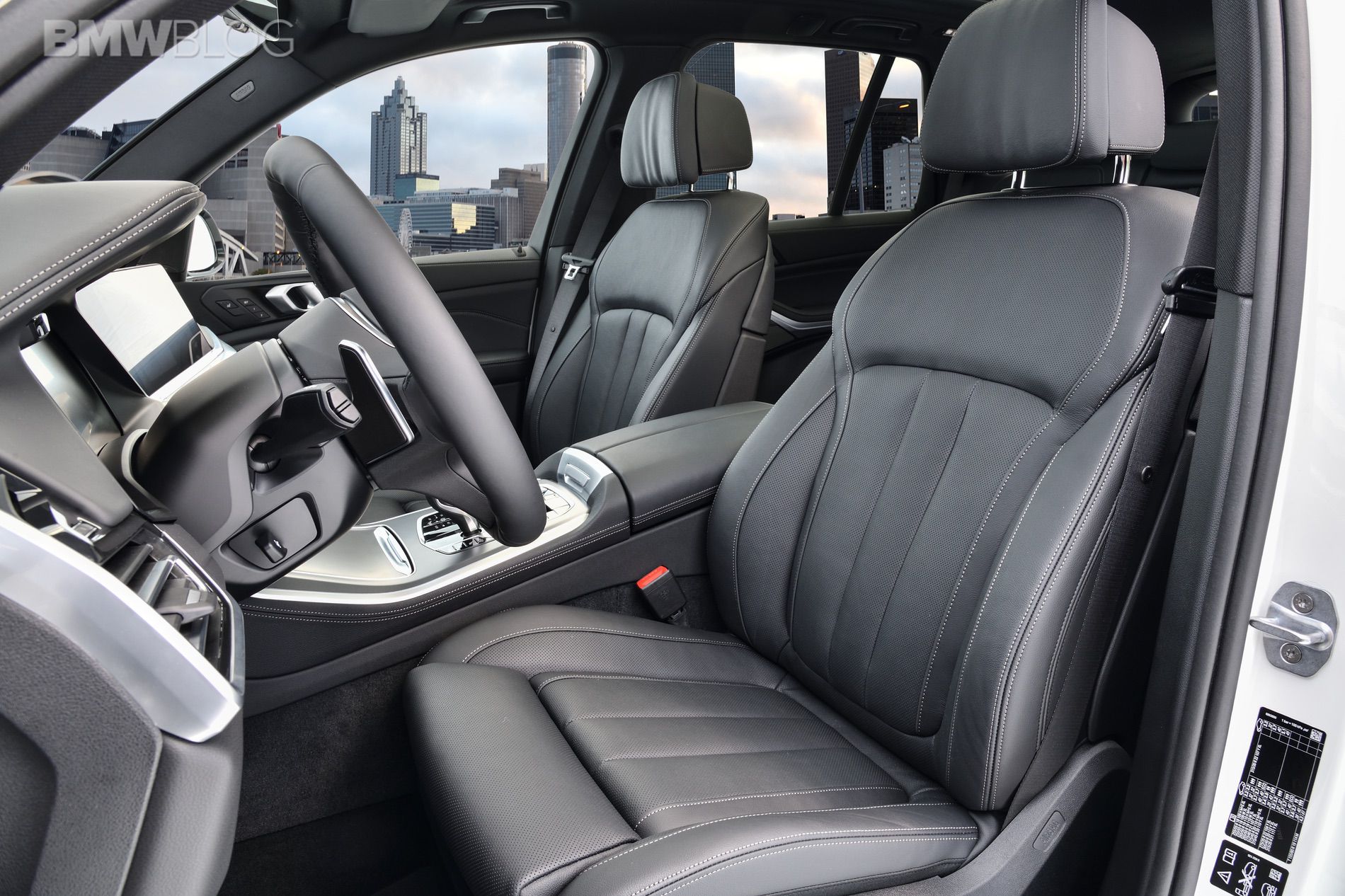
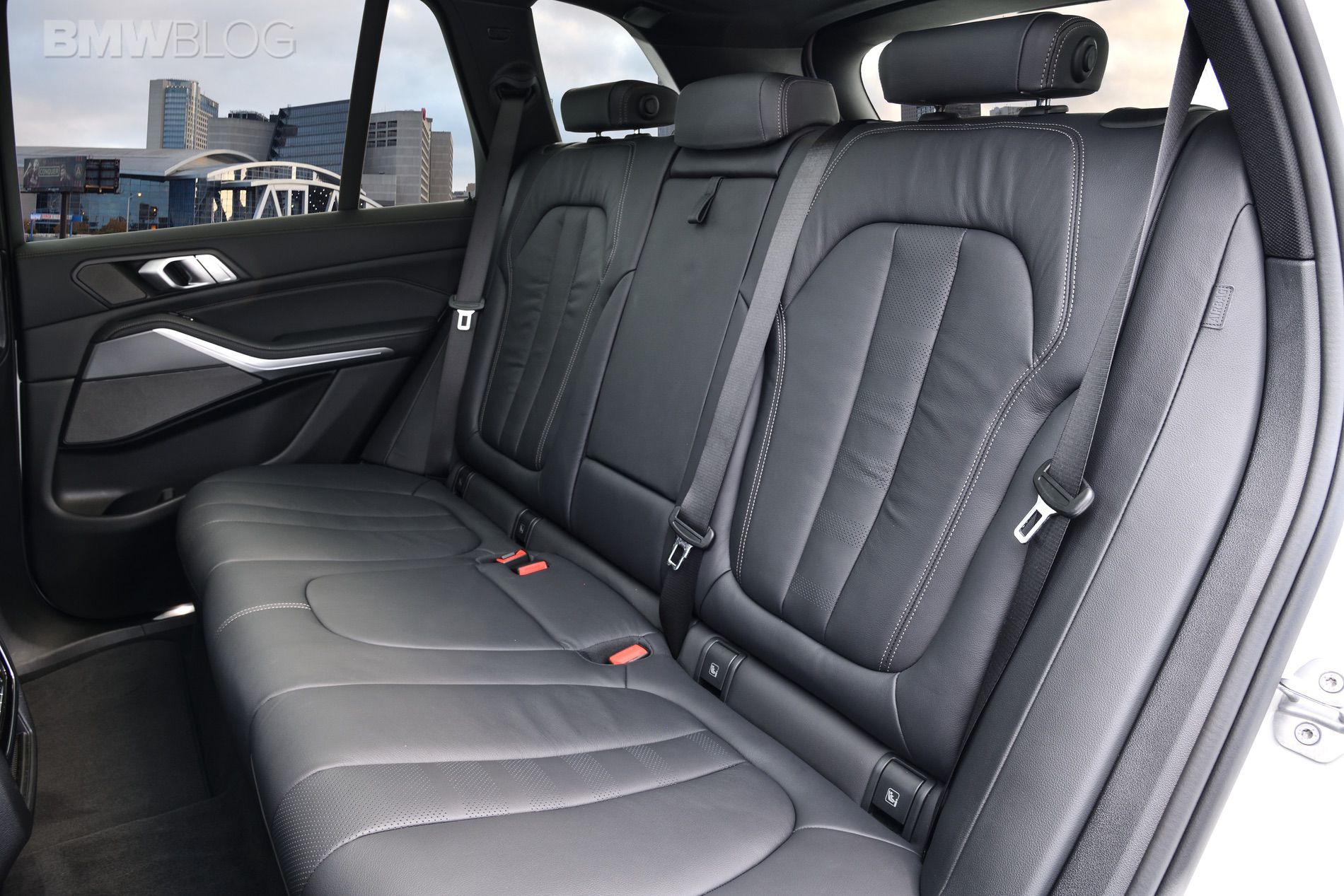
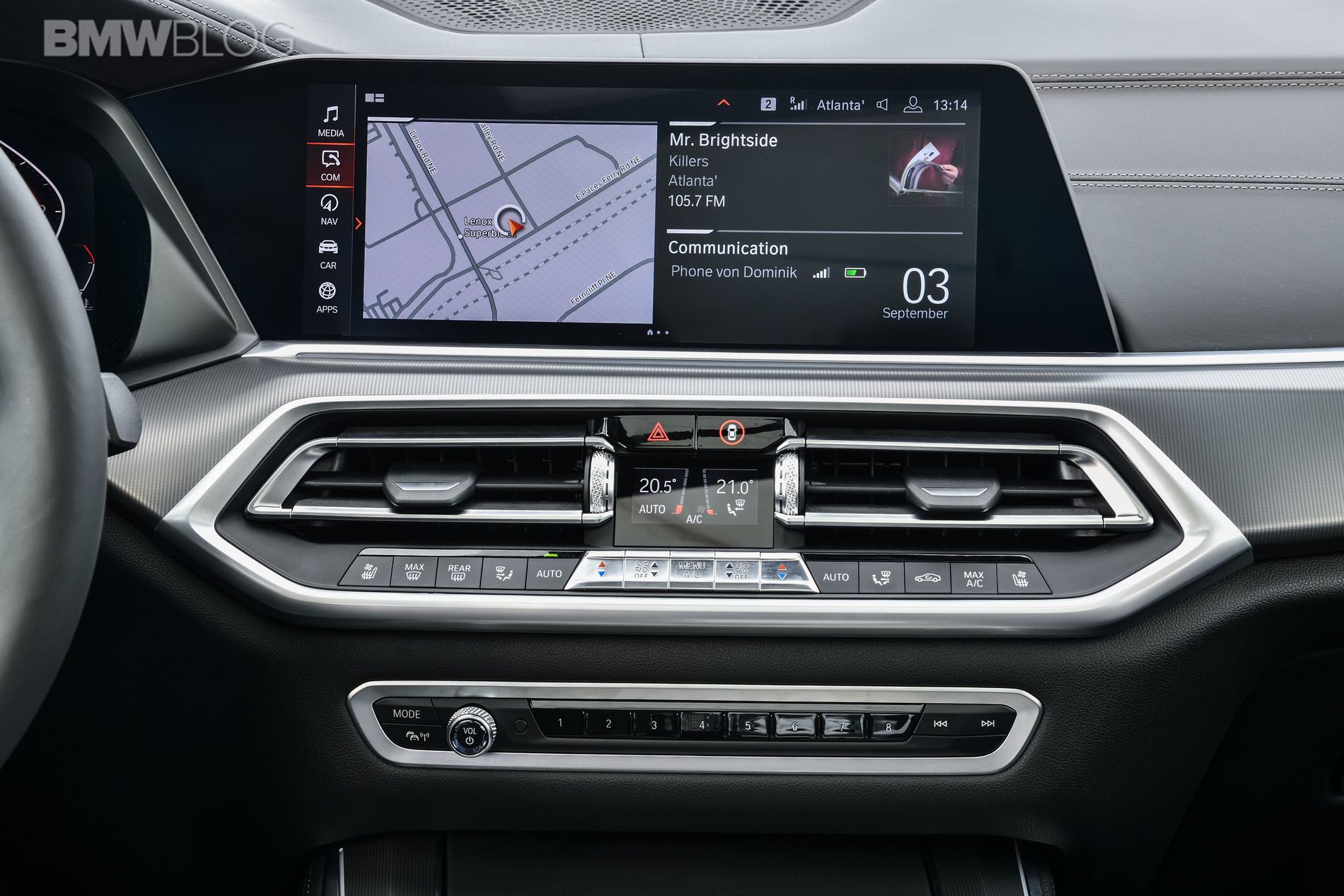
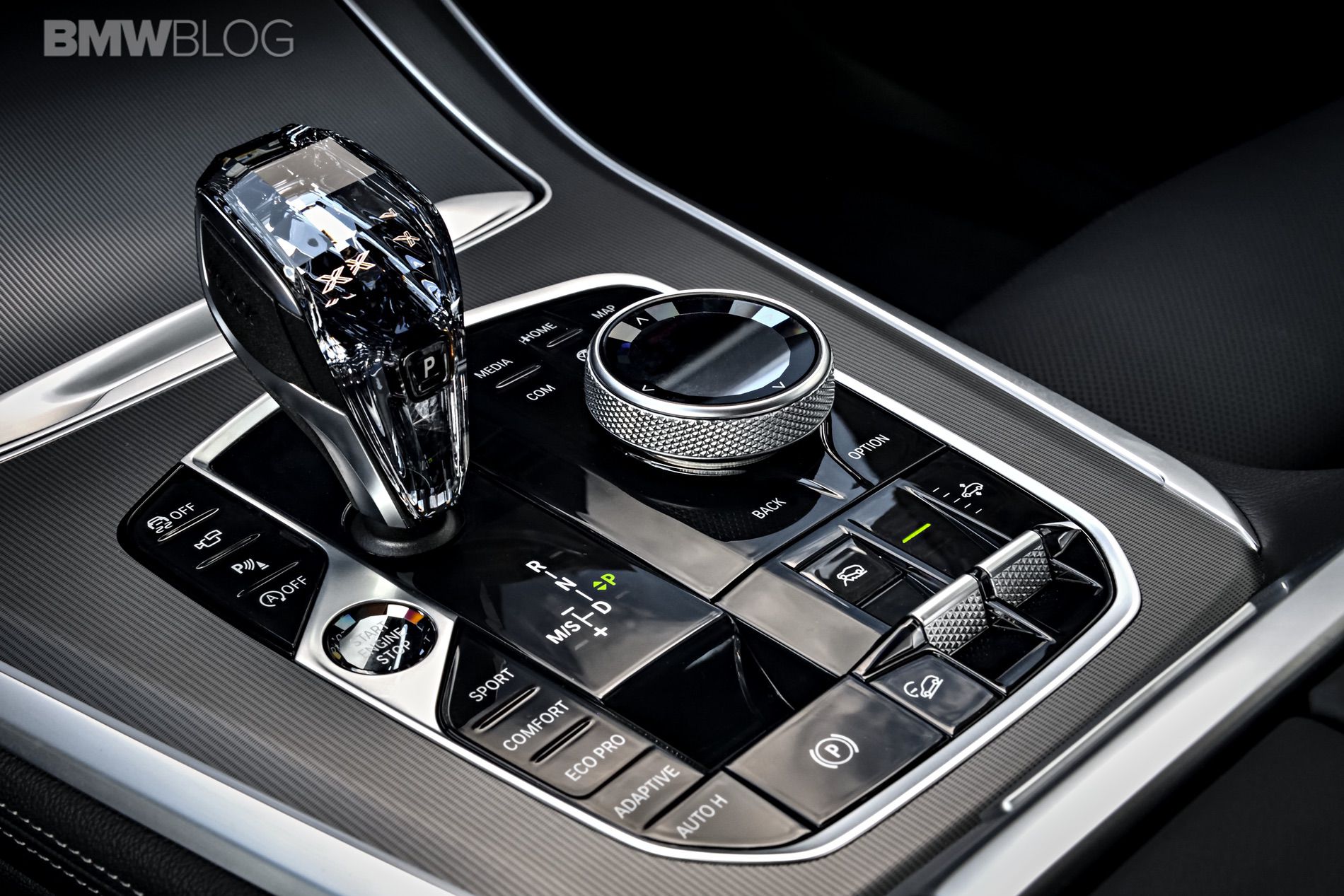

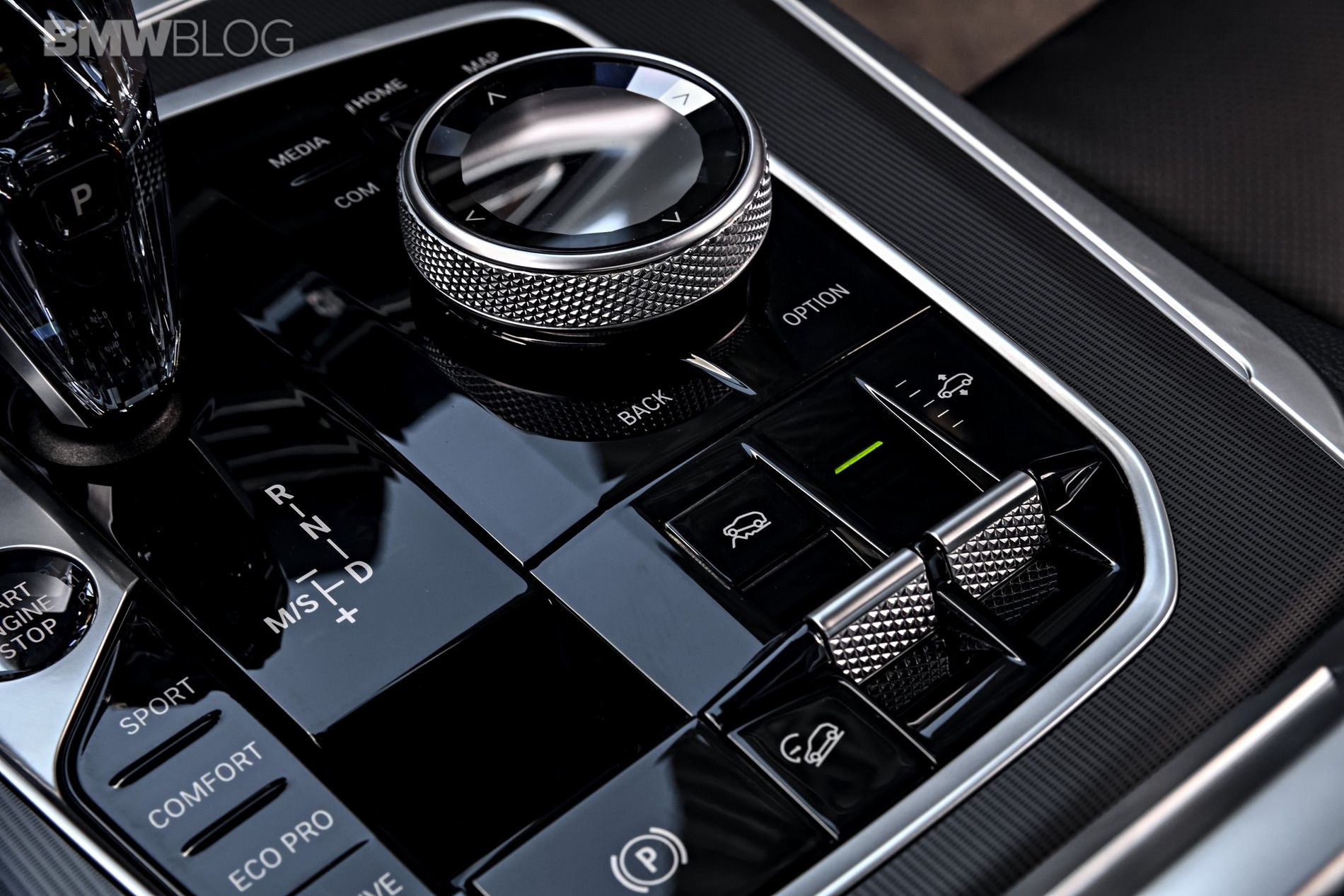
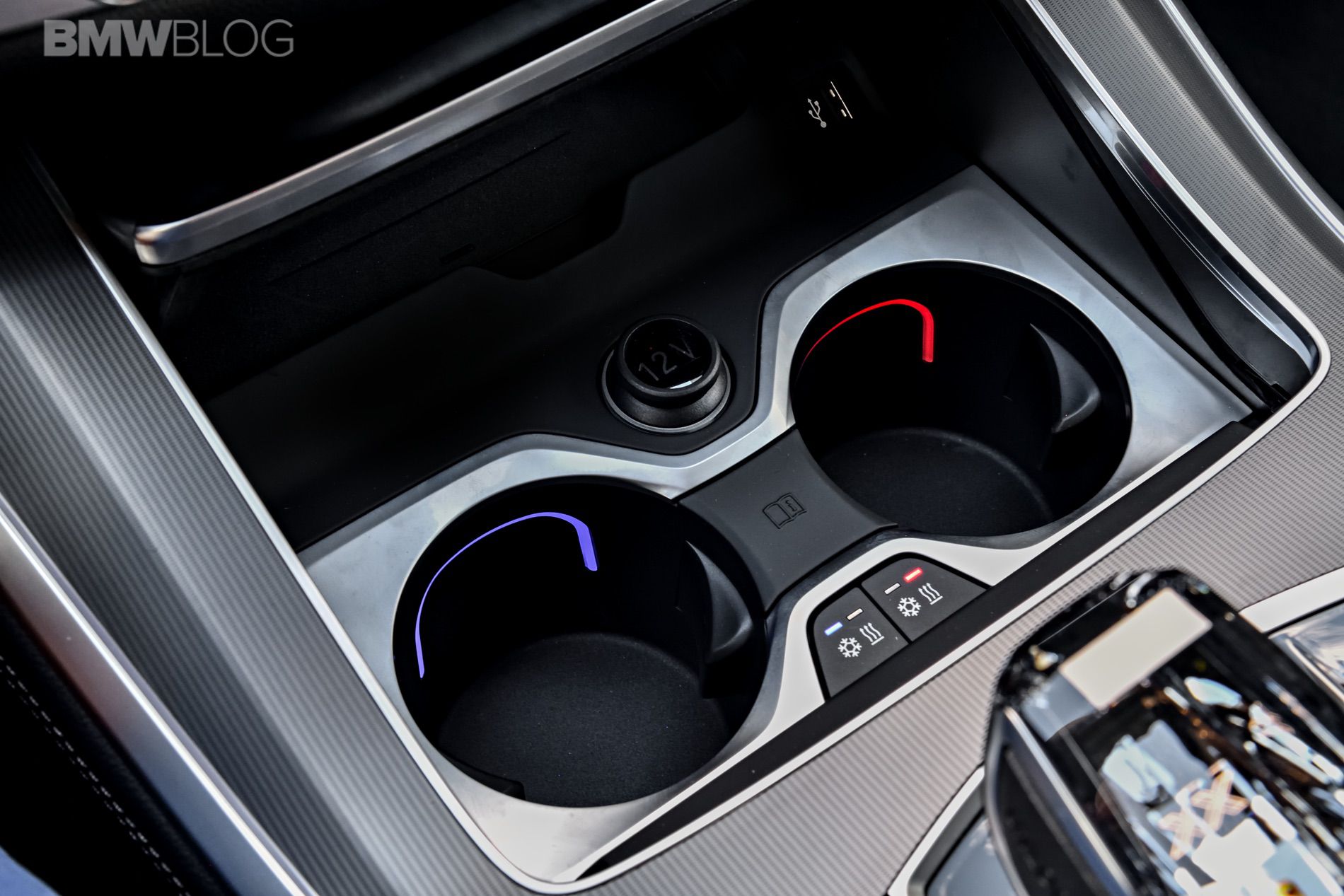


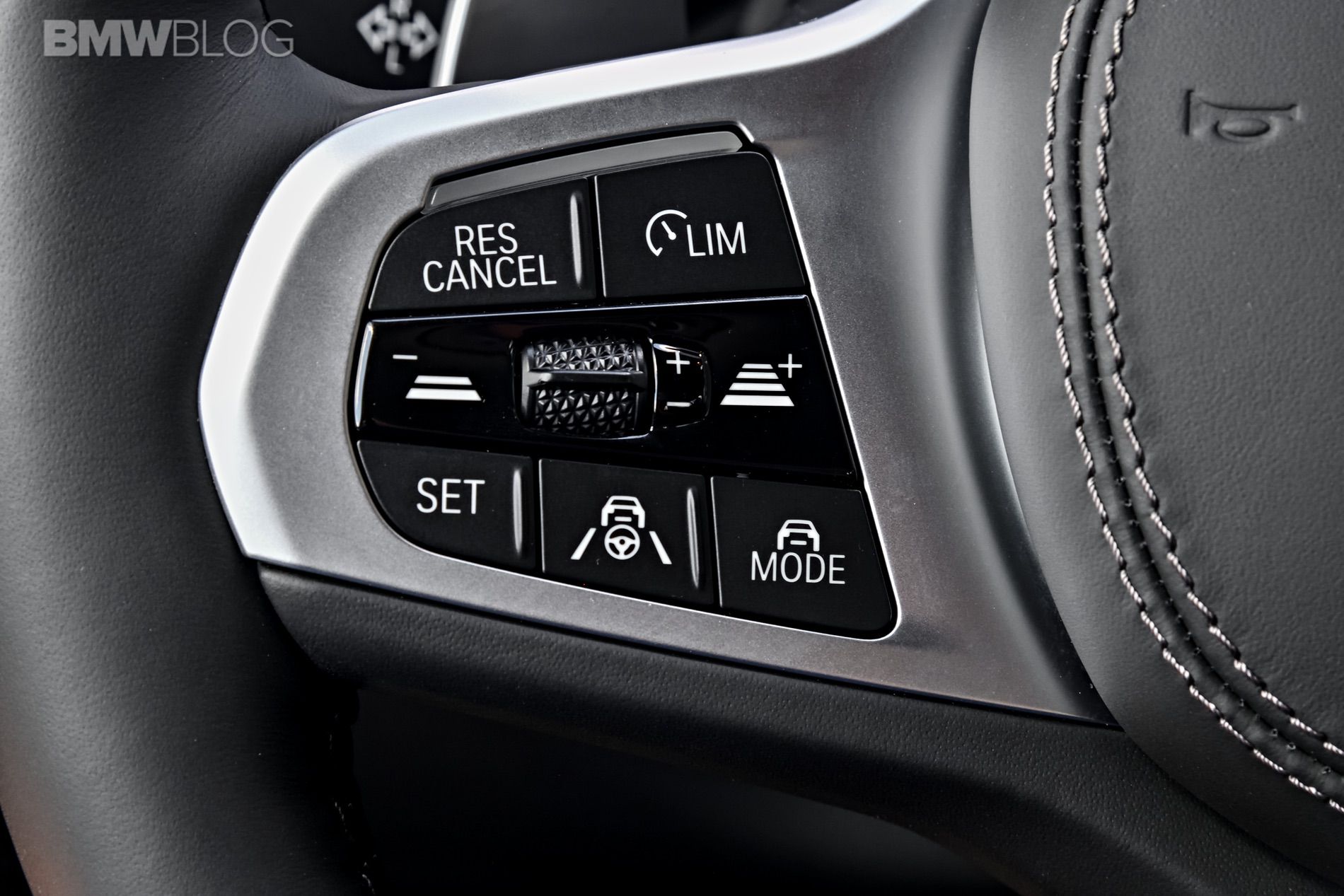
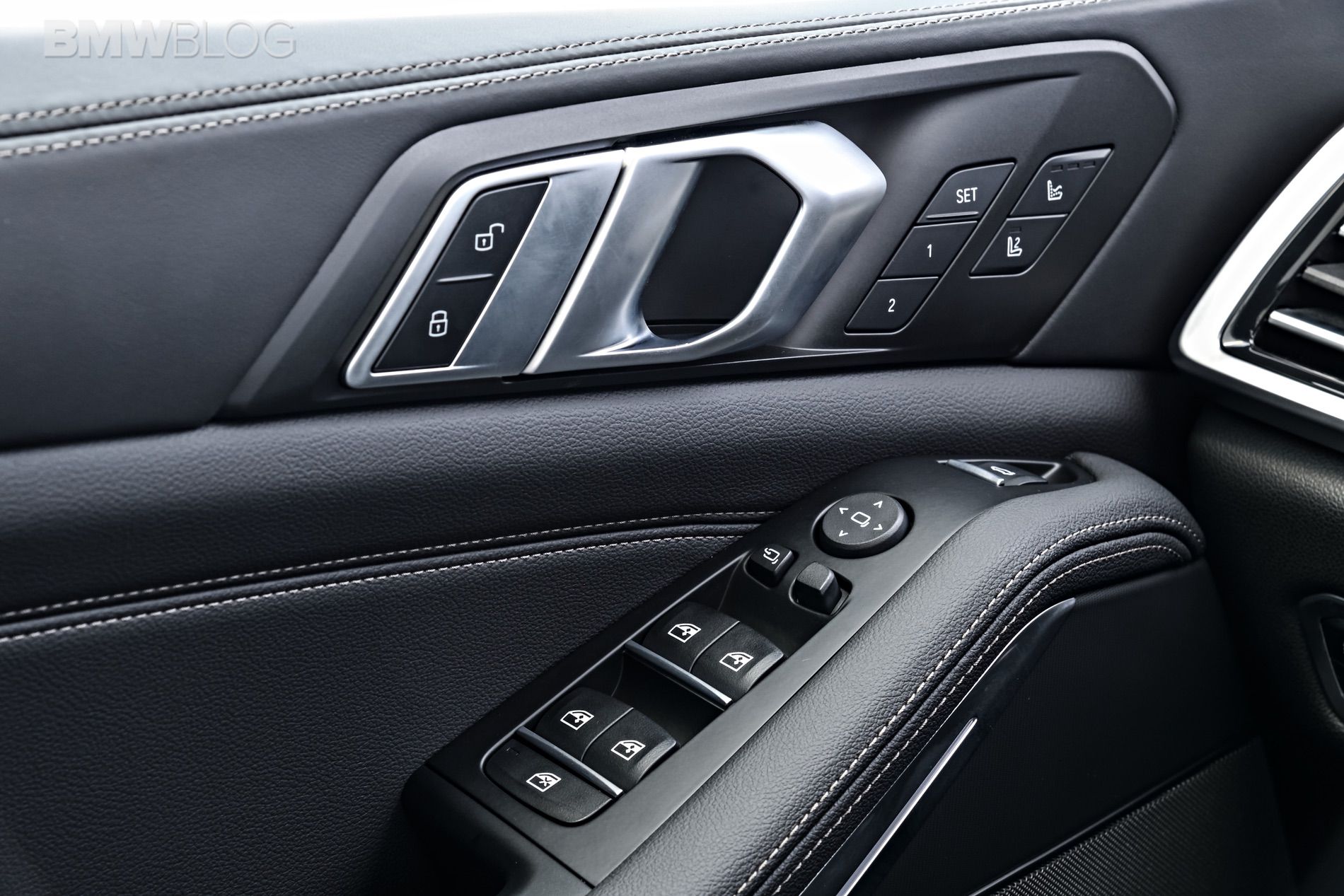

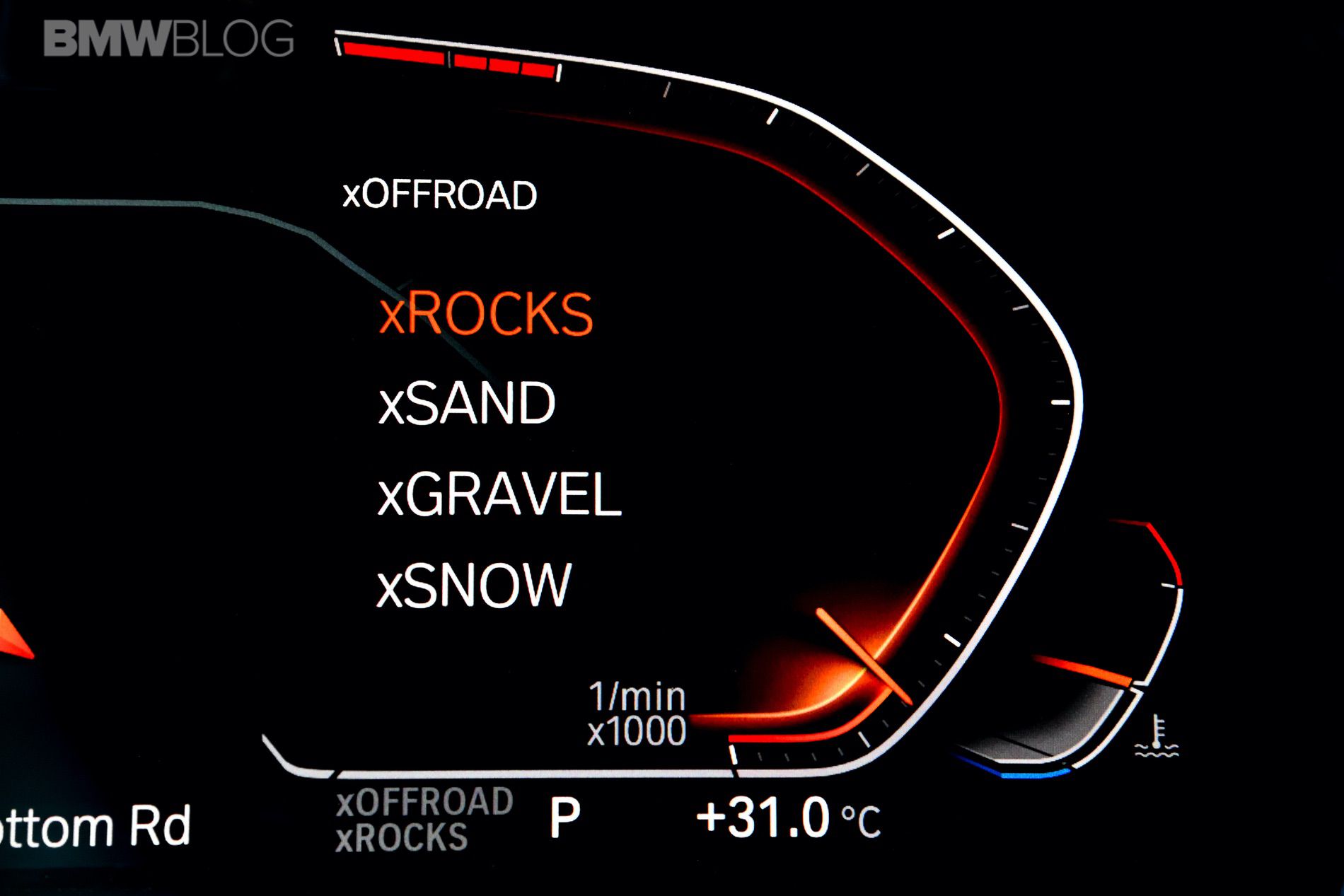

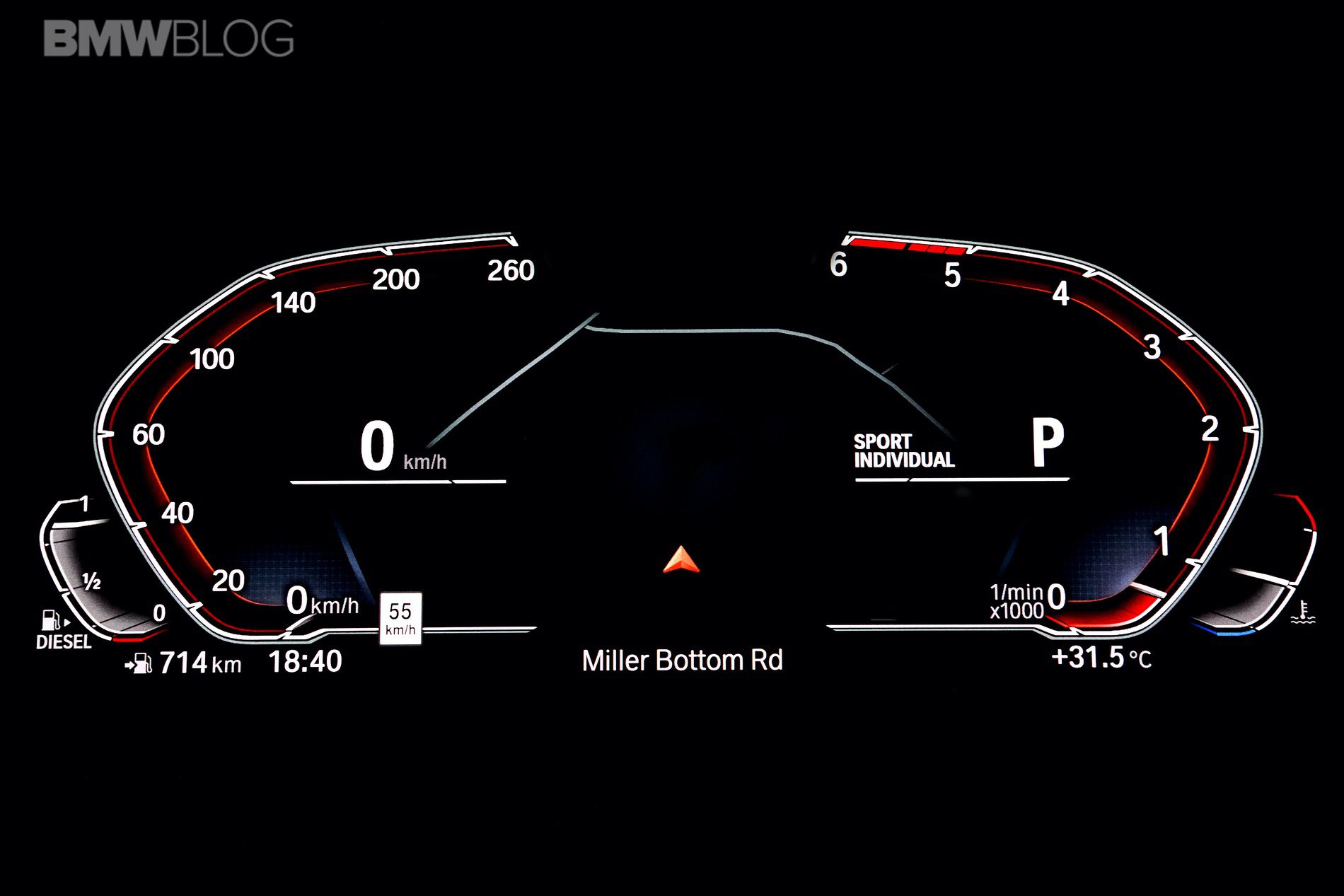
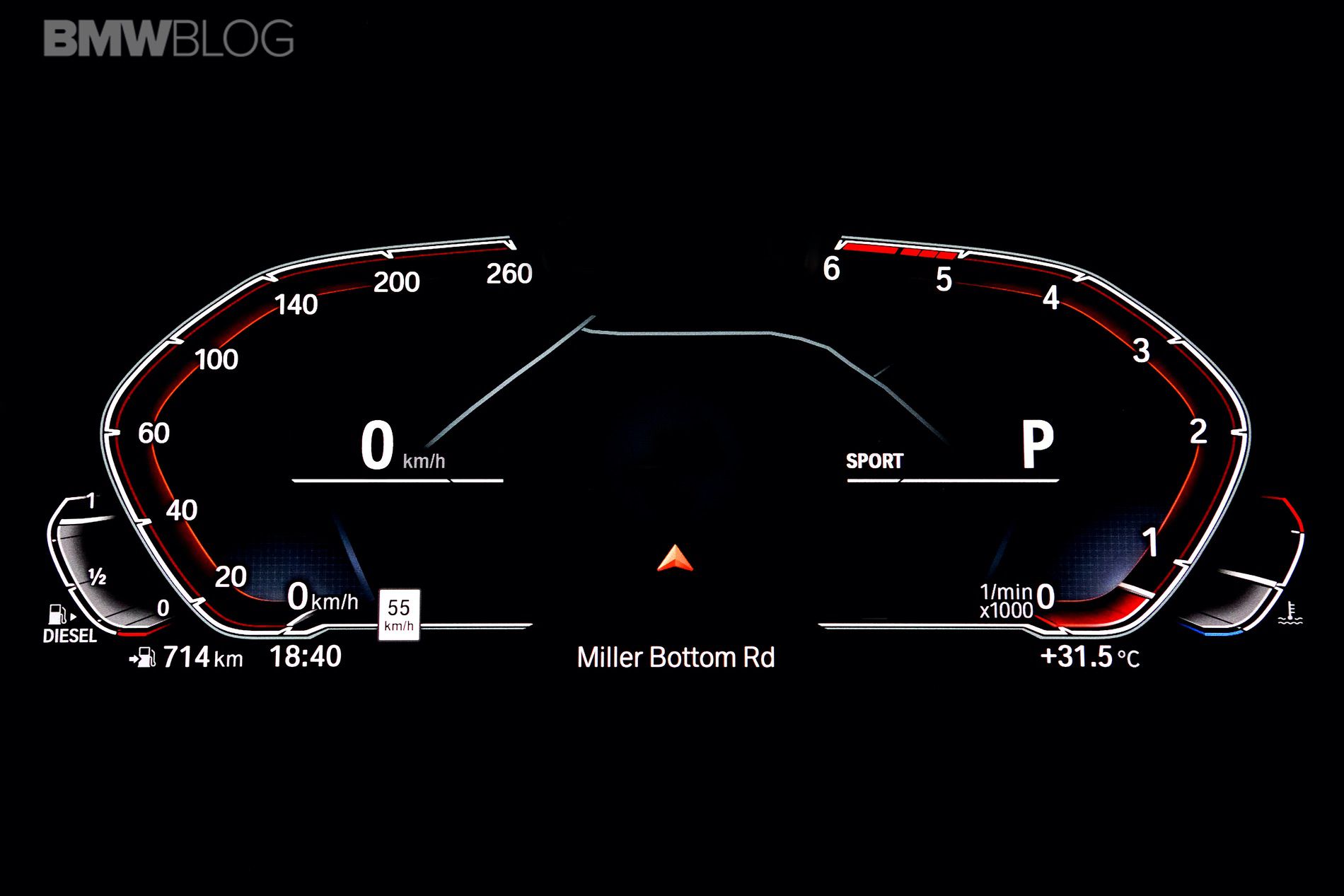

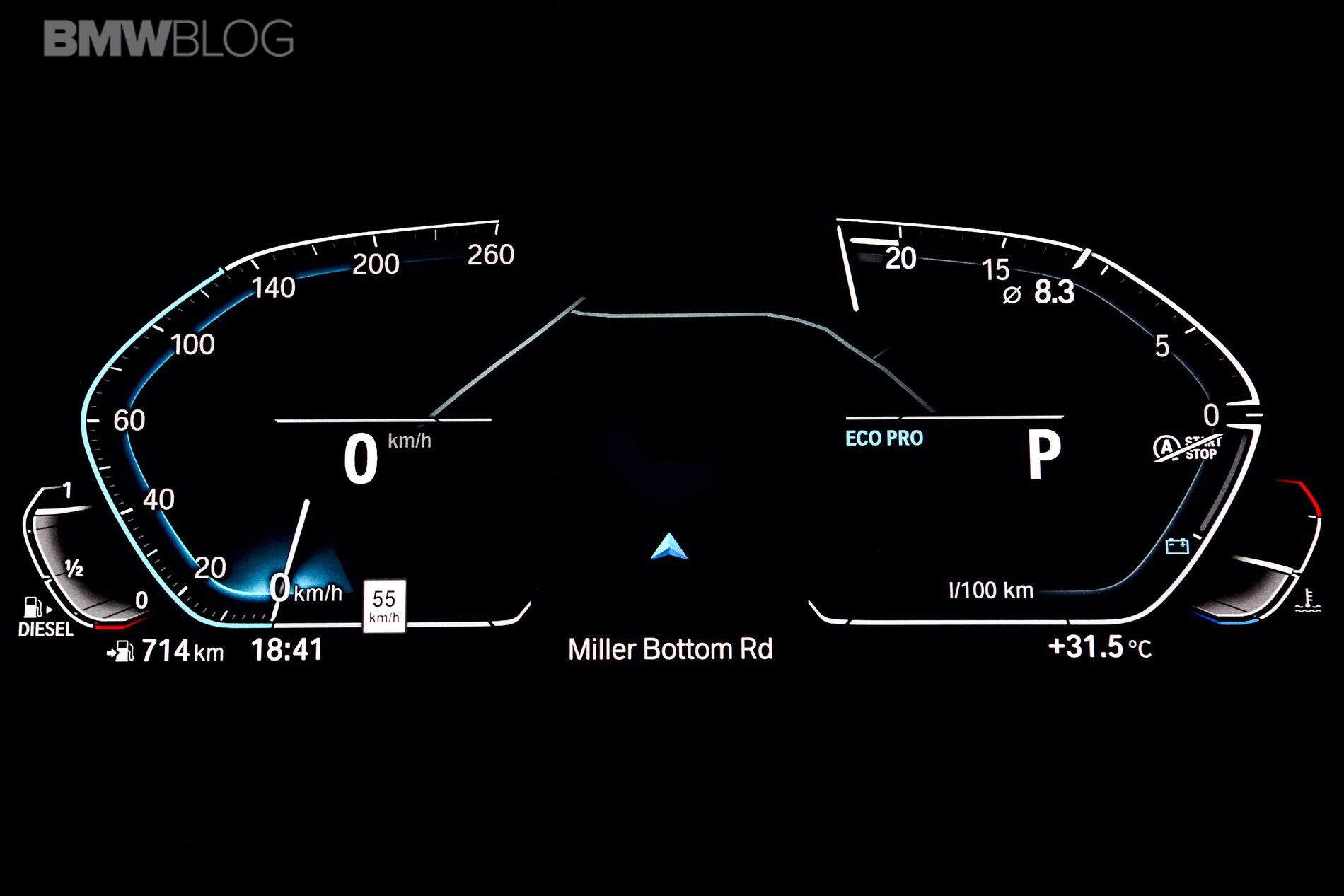

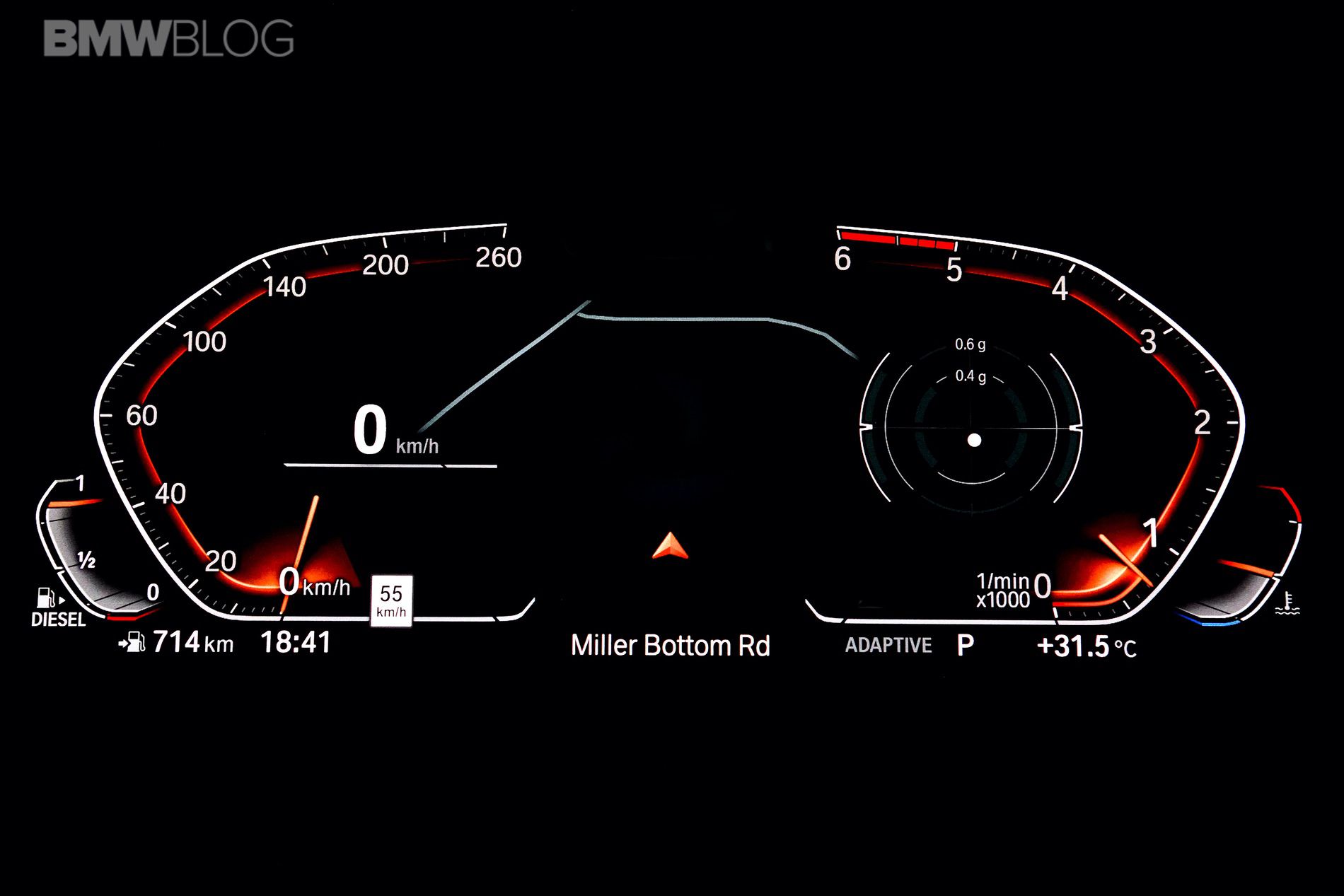

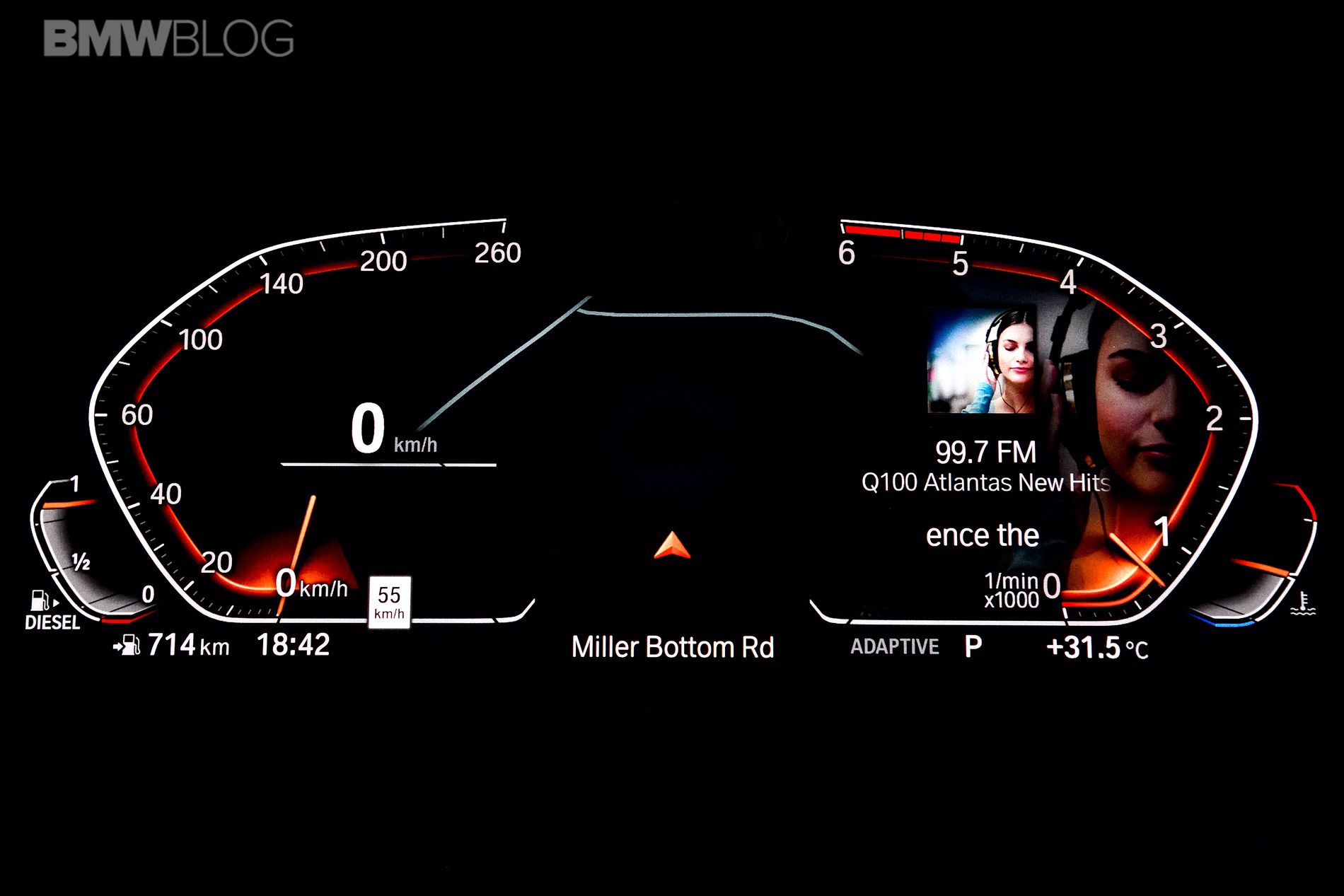
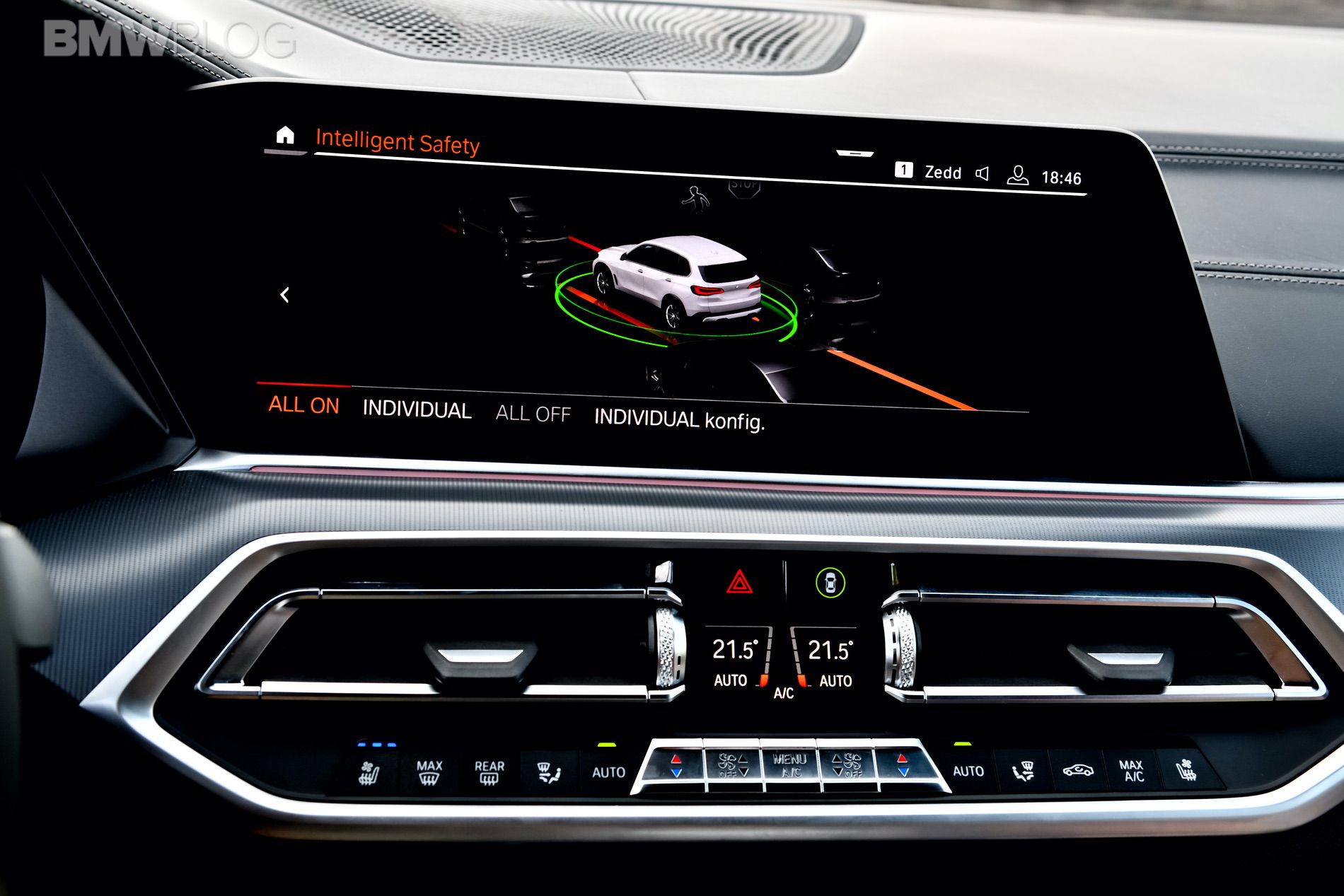
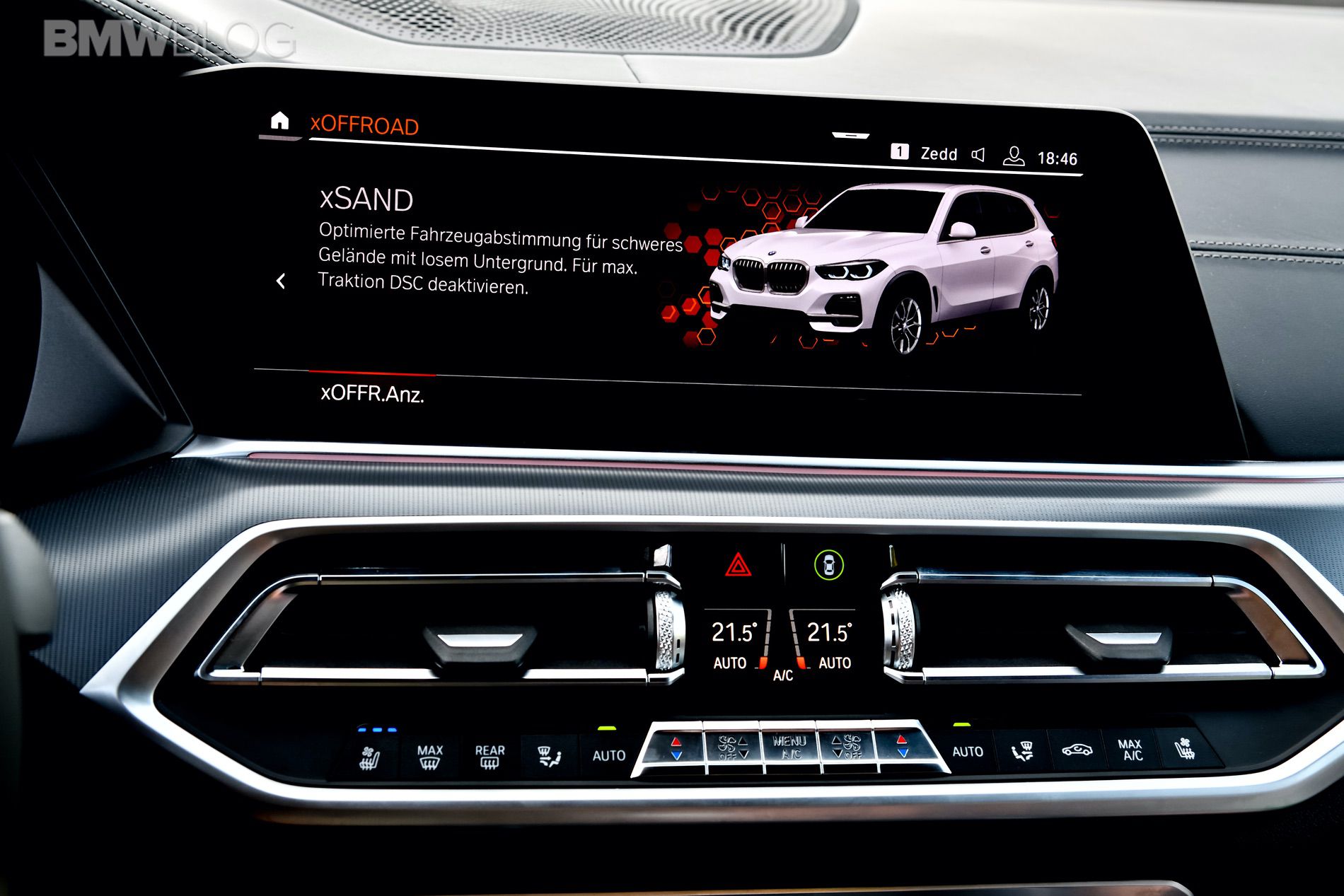
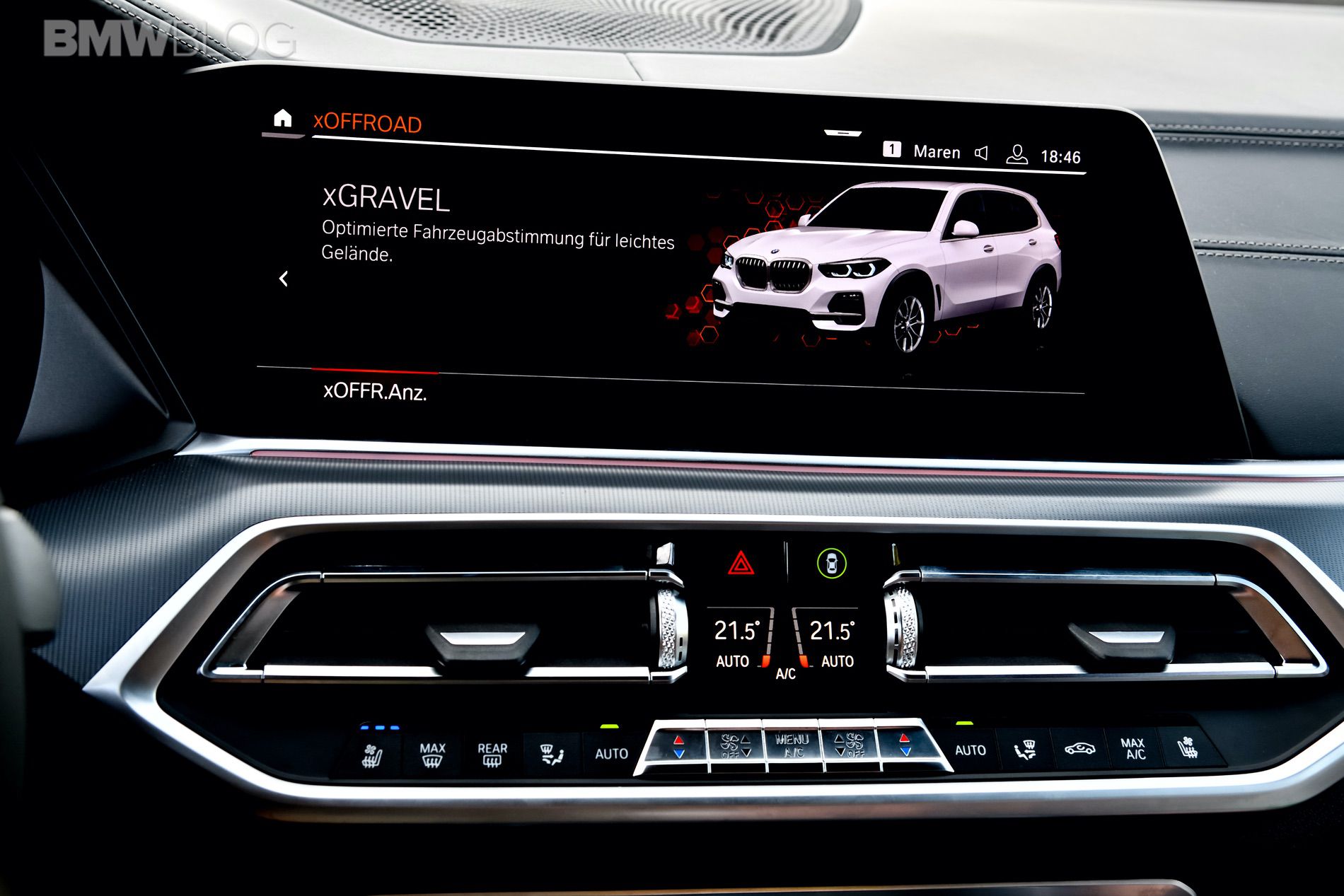
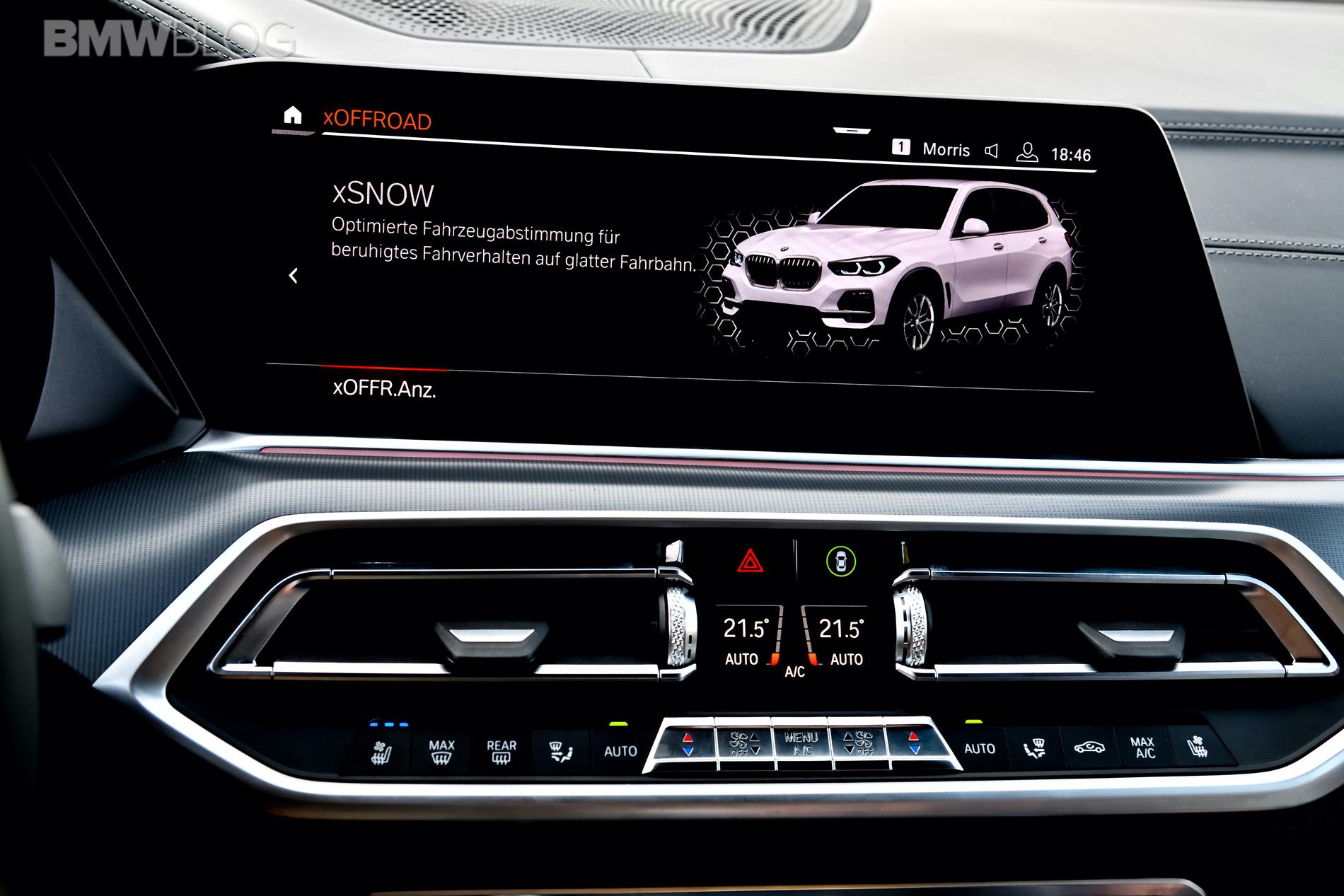


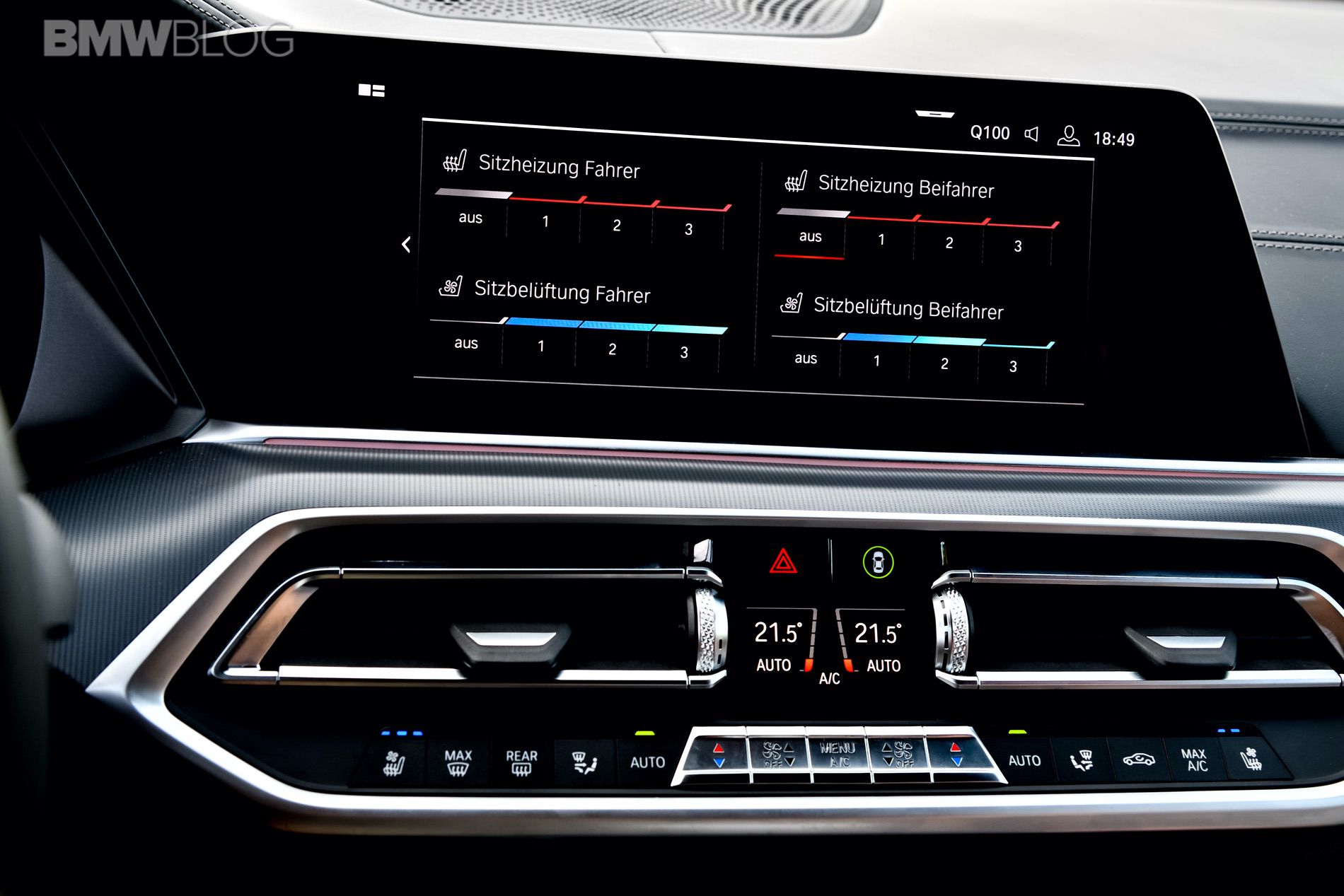
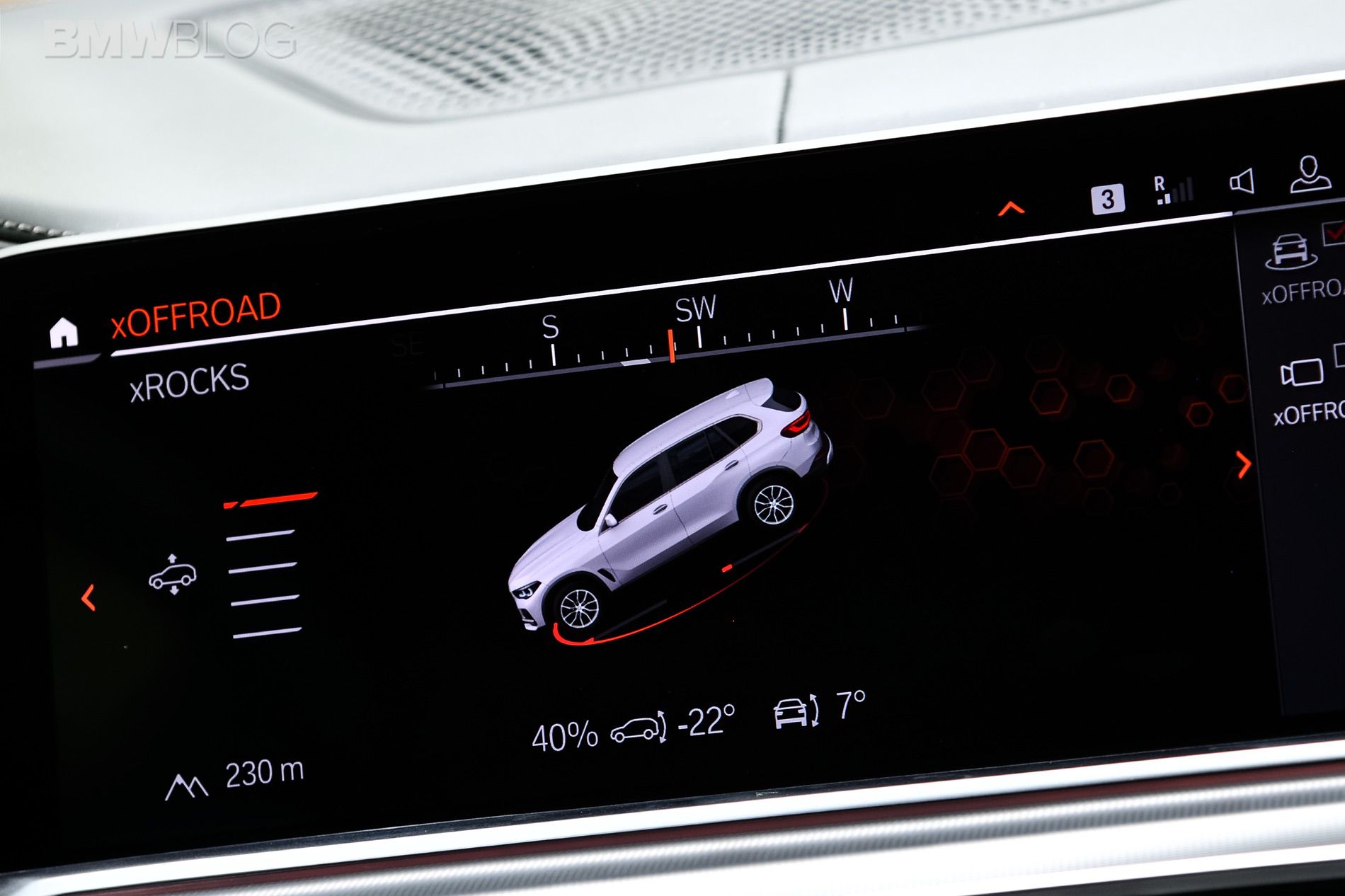

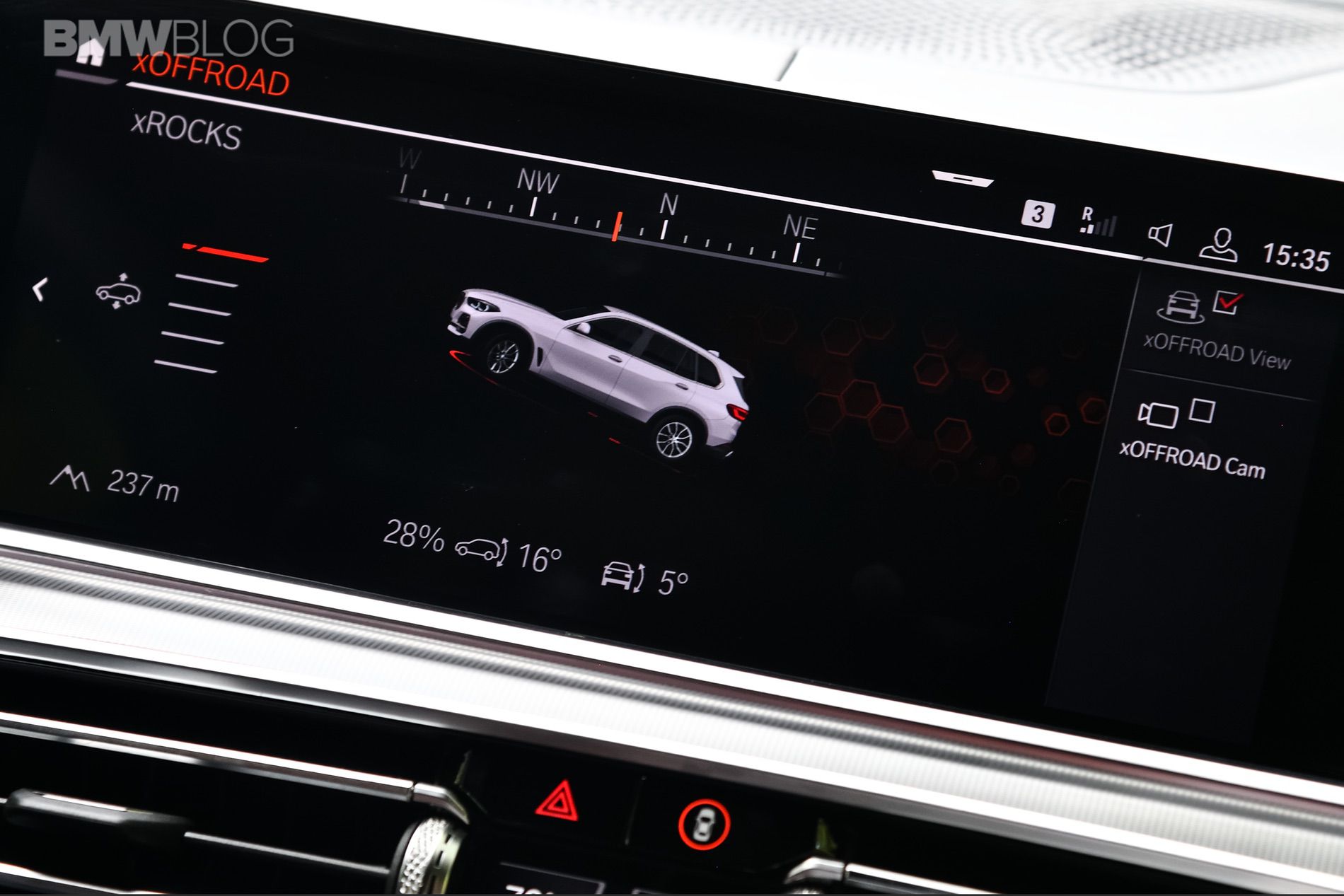
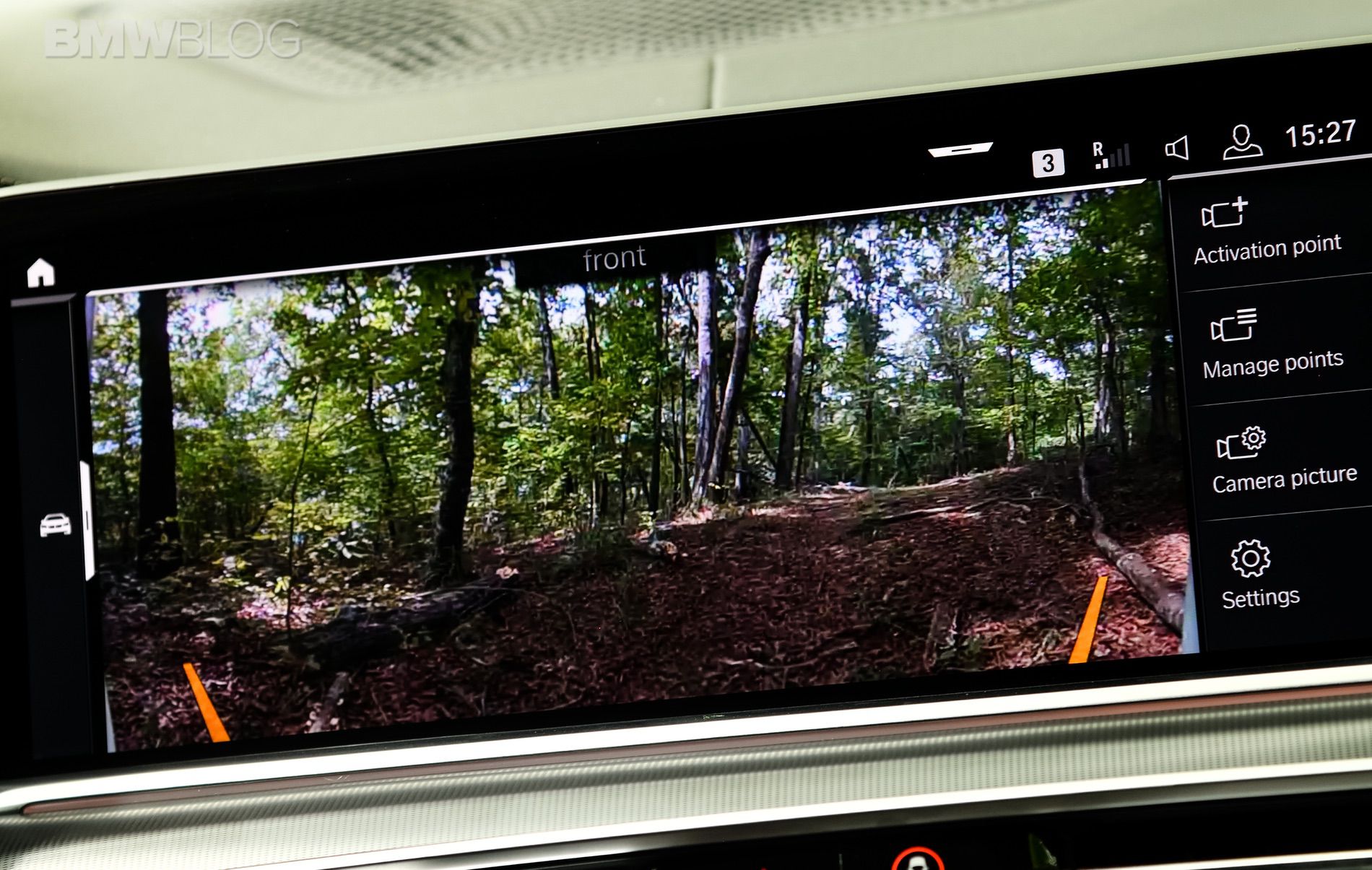

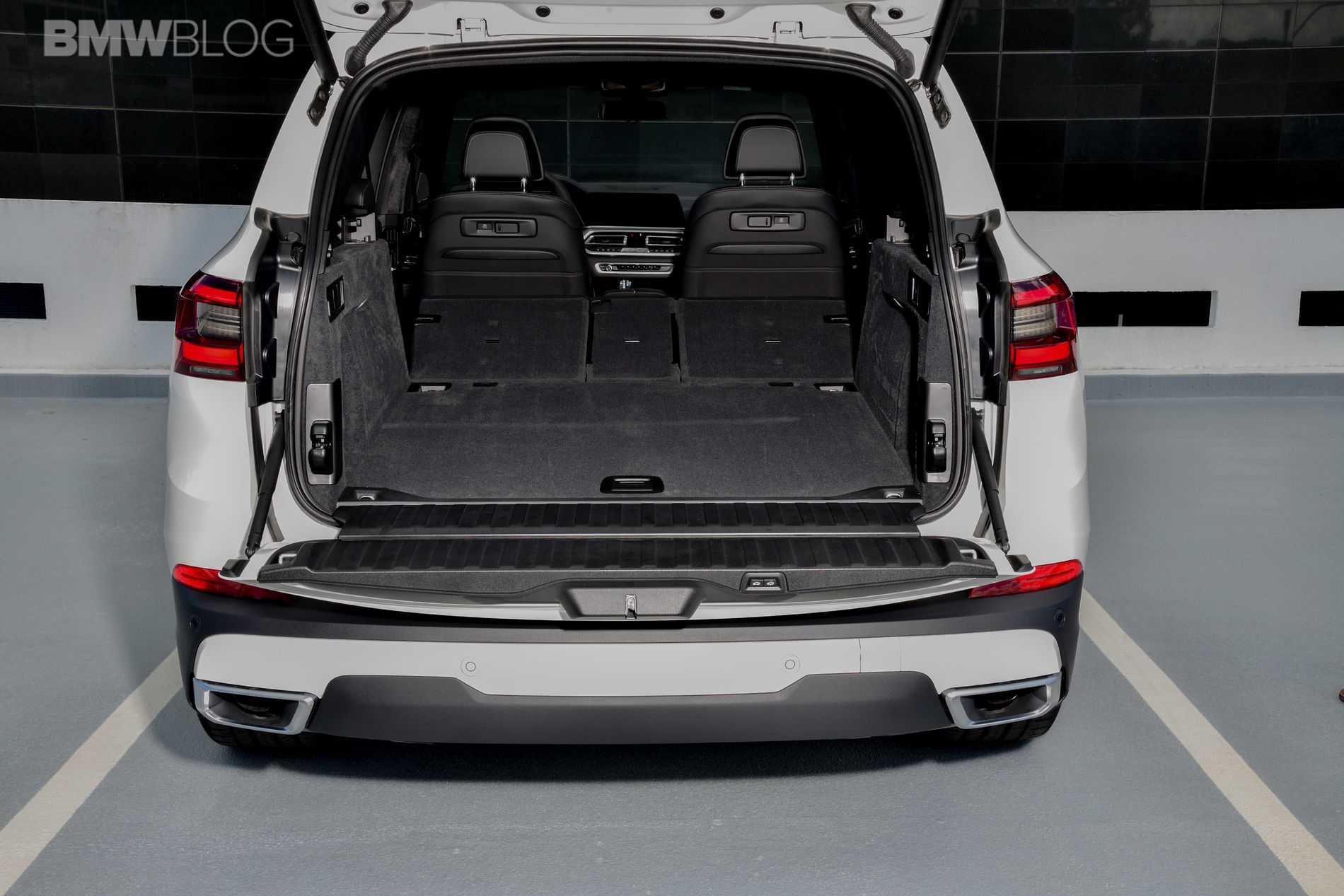
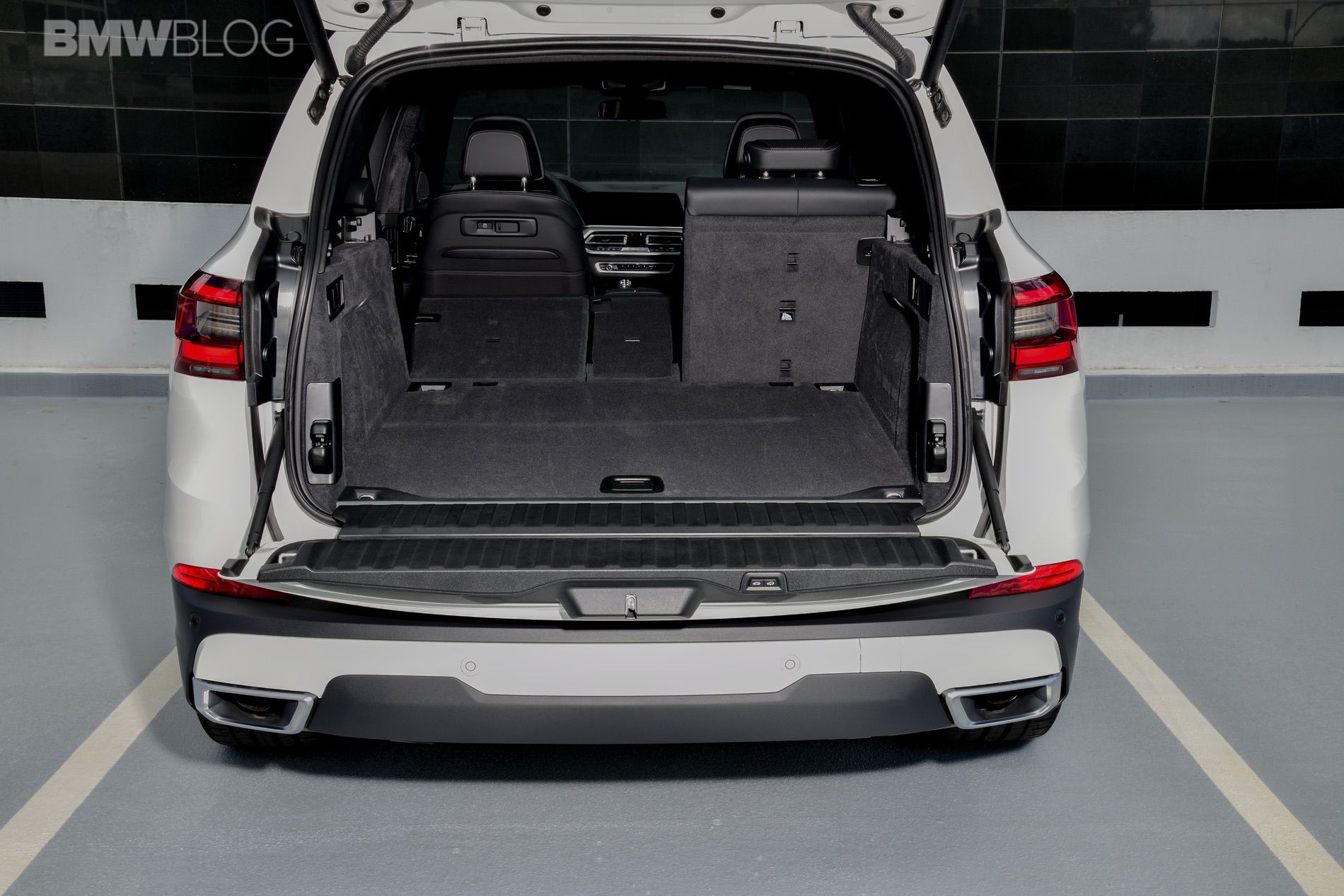
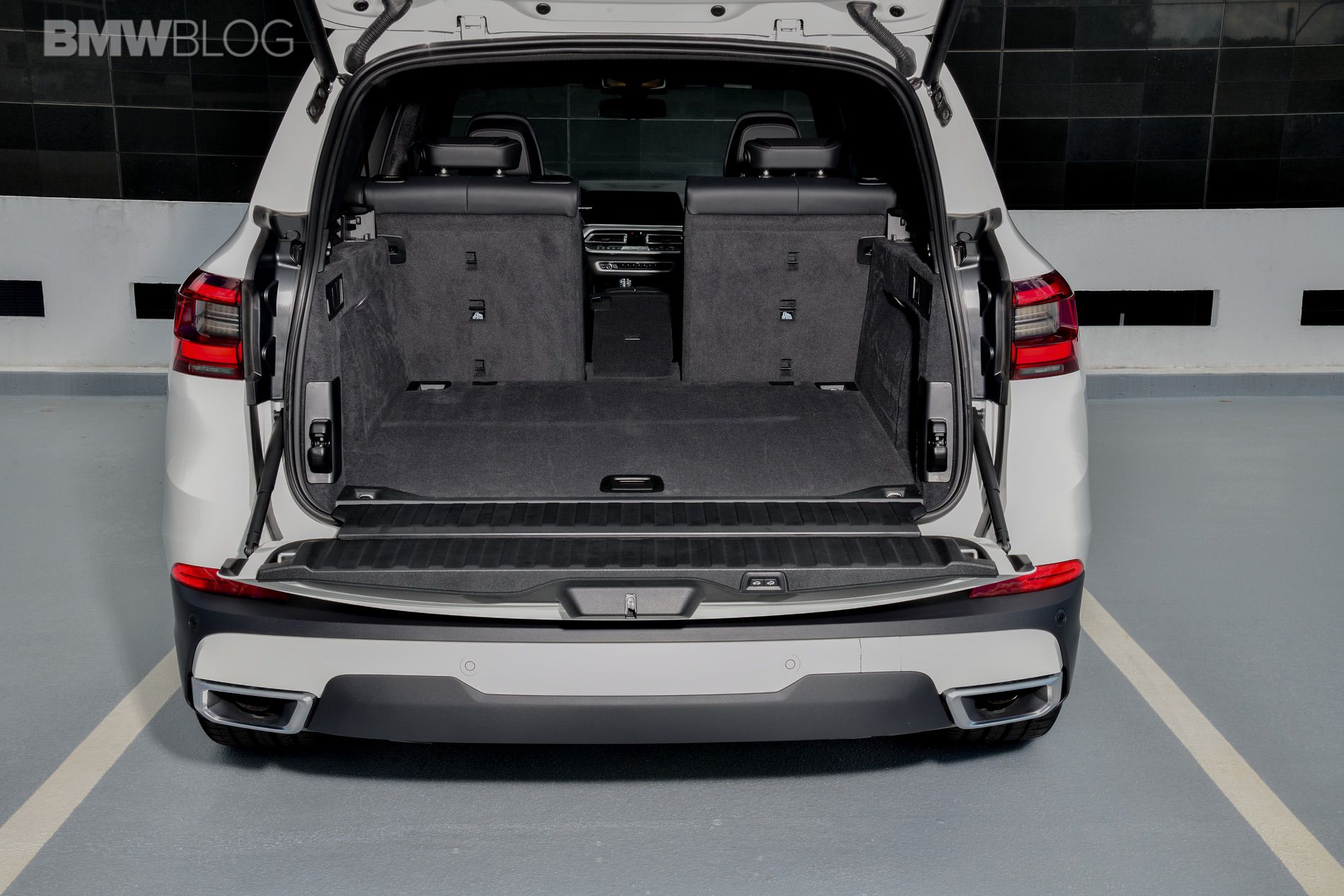
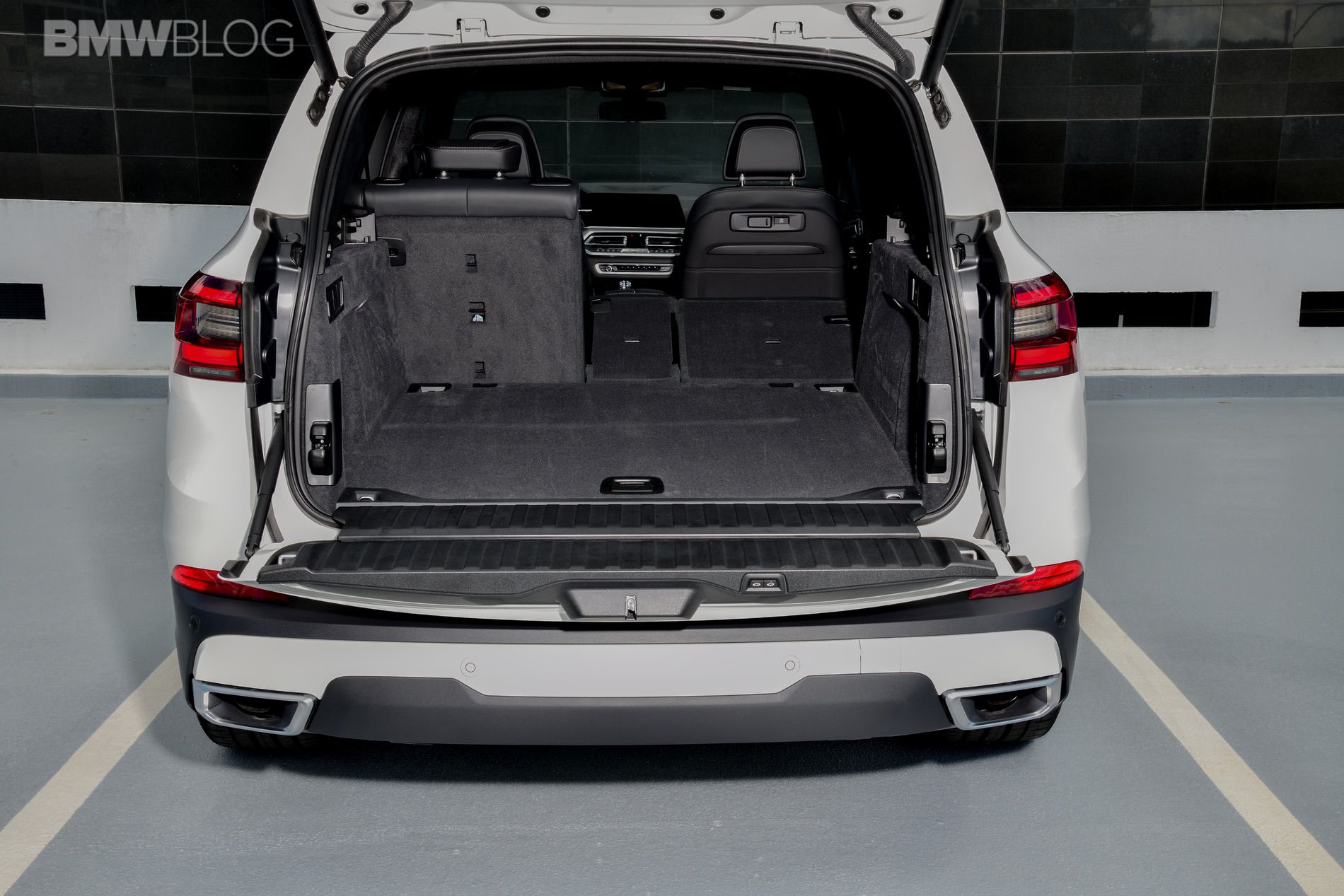
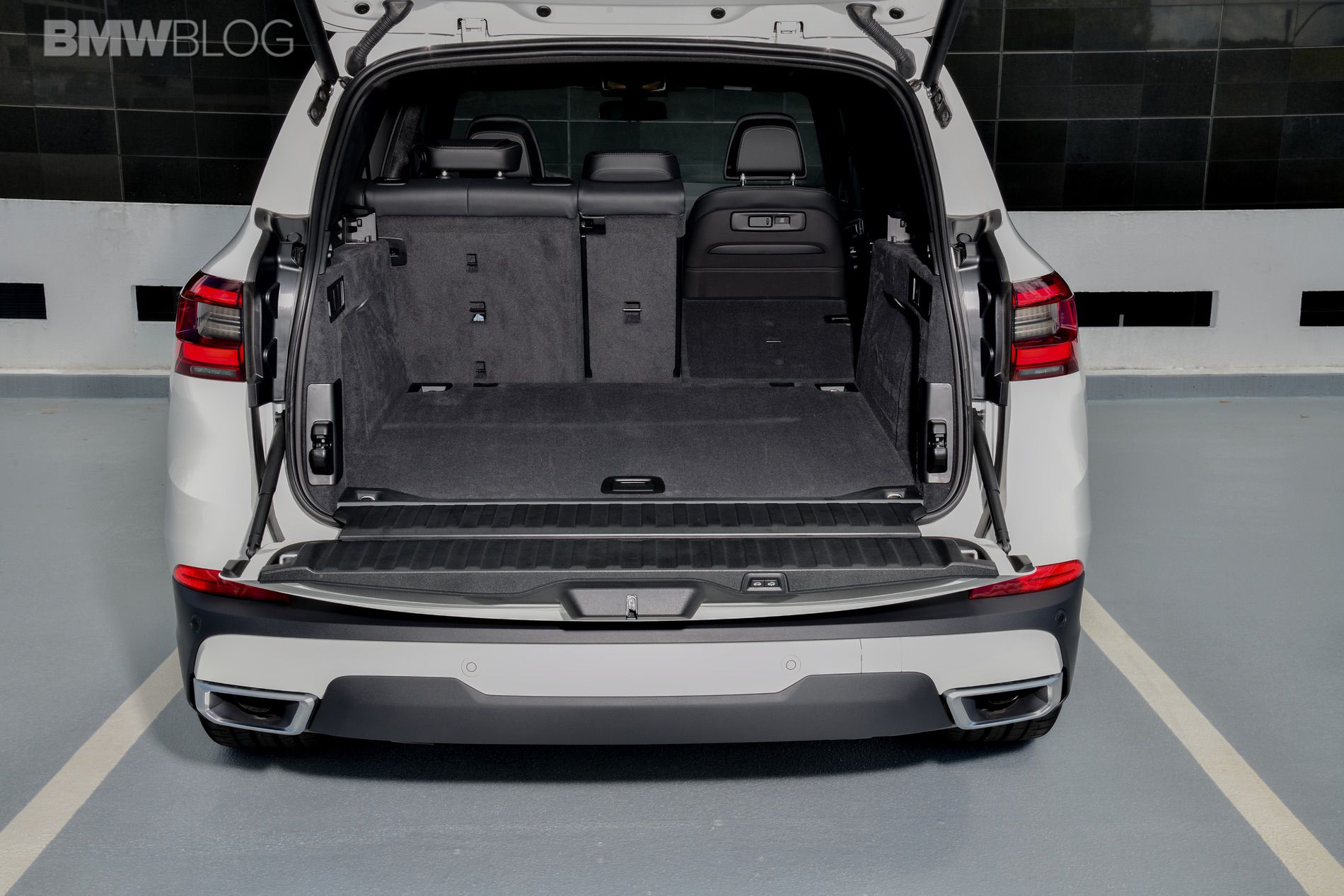
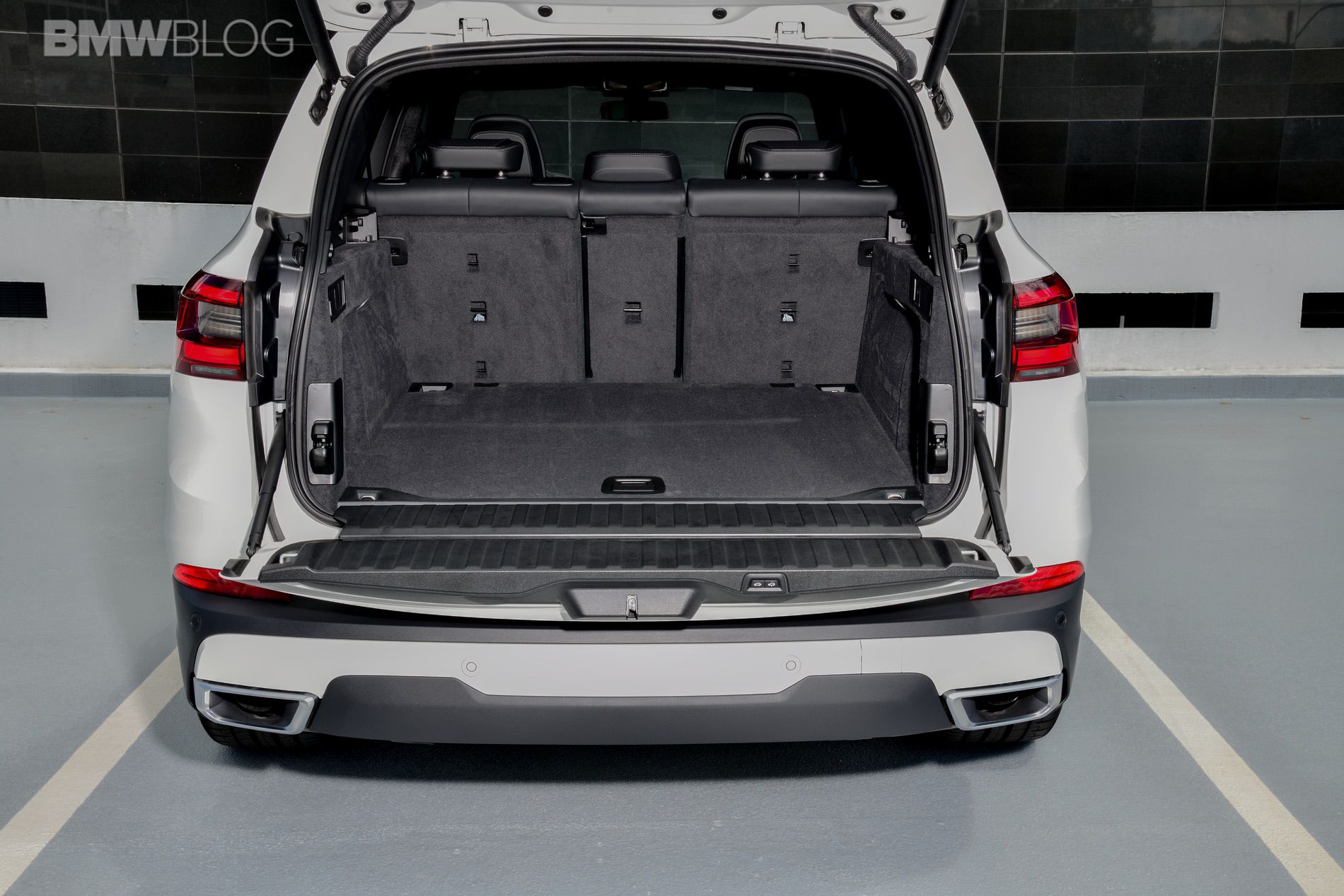
There’s also a ton of ambient LED lighting throughout the cabin, even lights in the doors thank blink red when the door is open (Dynamic Interior Light). For us, Americans, BMW has even given us some functional and cute cupholders, heated or cooled, of course, both features highlighted by either red or blue LED rings inside of the cupholders, respectively.
Behind the wheel, the X5 owners are now getting a fully-digital instrument cluster which features the same graphics as the main LCD screen. Most of the information displayed on the digital cluster can be customized, at a level never seen before in a BMW.
The trim and leather quality has also been upped a notch. There is a new Vernasca variant for the leather upholstery, as well as extended Merino leather trim part of the BMW Individual program.
A four-zone AC system and a panoramic glass roof with 30 percent large see through area than the previous X5 are just some of the other new things found in the G05 X5. The Europeans and other markets are also getting a Sky Lounge with LED lighting.
The latest iDrive 7.0 is part of the new X5, bringing a new level of personalization that could be stored in the BMW cloud and follow the customer to other BMW cars.
Various information from categories such as driving, entertainment, navigation, connectivity, and the vehicle info itself, can be selected in nearly any combination in any of four layouts on the Center Display. Multiple pages can be created and easily accessed with a simple swipe across the screen with your finger.
To save you a trip to the dealer, the G05 X5 comes with the Remote Software Upgrade capability, available at market launch in most markets, but the US, as the company is working to finalize the regulatory requirements. There is also a Display Key, but unfortunately is not available in the U.S. at this time.
Audiophiles have not been forgotten either, so aside from the standard Harman Kardon system, 2019 BMW X5 customers can choose the optional Bowers & Wilkins Diamond Surround Sound System with 20 speakers and 1,500-watt output. An optional Rear-seat entertainment Professional system comprises a pair of 10.2-inch full-HD touchscreen displays, a Blu-ray- compatible DVD player, two USB ports, an HDMI socket and two headphone jacks. So more connectivity than ever which makes this new X5 the perfect family hauler or a mobile office.
The list of tech upgrades is far more extensive than presented here, which is, of course, one of the main appeals of the new 2019 X5.
Driving Assistance Features
In 2018, a luxury SUV has to include some of the best driving assistance features available. And the new X5 makes no exception. The standard Active Driving Assistant on the new BMW X5 includes Blind Spot Detection, Lane Departure Warning, Rear Collision Warning, Frontal Collision Warning and Pedestrian Warning with City Collision Mitigation (which now also alerts the driver if cyclists are detected) Cross Traffic Alert Rear, and Speed Limit Information. A mouthfull of technical terms that I promise you that they will make your life easier.
Available as an option, the Driving Assistant Professional package is comprised of the Traffic Jam Assist with extended hands-off time, as well as the Lane Keeping Assistant with active side collision protection. The Automatic Lane Change feature makes highway driving even more comfortable, thanks to its ability to, as you might have guessed, change lanes automatically. Active Cruise Control (ACC) with Stop & Go and Cross Traffic Alert Front further reduces the risk of a collision.
Behind the wheel, there is a camera tucked inside a small hexagonal housing at the top of the gauge cluster which watches the driver. If the camera doesn’t detect the driver’s eyes looking at the road ahead for a certain amount of time, or detects the driver’s eyes are closed, the system will sound an audible alert. If there is no input from the driver, the Emergency Stop Assistant will kick in and bring the vehicle to a standstill either in the current lane, at the edge of the road or on the hard shoulder.
There is also a Reversing Assistant (Back-up Assistant in the U.S.) which takes over steering to maneuver the vehicle mirroring the path most recently used in the forward direction. Best part? It works up to 55 yards.
With all these new features onboard, it’s fair to say that the 2019 BMW X5 has taken driving safety to new levels, something that’s very important in this segment.
Other Cool Stuff
As I previewed in some of my X5 videos, the new X5 is equipped with an optional Luggage Compartment package which will lower the trunk cover into the load compartment floor with the push of a button. The same package also includes some rubber anti-slip rails on the cargo floor which inflate when the car is in motion to keep the luggage from sliding around.
Since some customers require a seven-seater hauler, the 2019 BMW X5 brings back the optional third row seat with fore-and-aft adjustment.
The two-piece tailgate remains, but top and bottom feature full electric closure.
Driving Experience
If you’ve made it this far, congratulations. Now it’s time to take a look at the driving experience behind the wheel of this, so far flawless, X5. The G05 X5 wouldn’t be a real BMW without some proper chassis and suspension work. In the end, the “Ultimate Driving Machine” is still in their DNA, so the driving experience is equally important.
The current F15 X5 has been sometimes criticized for its muted and imprecise steering, so now, the 2019 X5 comes standard with the Dynamic Damper Control System which sharpens the handling while still delivering a comfortable ride. Those looking for even more sportiness in their family hauler, the optional M Sport suspension comes to the rescue. The steel springs are retuned, while the ride height is lowered, and of course, a set of performance tires are fitted to the car.
Next on the list is an optional active air suspension with air springs on both axles, which is a first on a BMW X car. The ultimate in flexibility goes to the Off-Road Package which allows the new X5 to increase its ride height by up to 1.6 inches, in two stages, and includes an electronically variable M Sport limited slip differential. When the SPORT driving mode is engaged or the vehicle’s speed exceeds 86 mph, its ride height is automatically lowered by 0.8 inches. The driver can also adjust the body’s ground clearance – for off-road driving, for example – by pushing a button in the cockpit. There are four modes: Snow, Gravel, Sand and Rocks.
Another button in the luggage compartment activates a loading mode that lowers the vehicle by 1.6 inches.
Since the X5 spends a lot of time inside city centers, BMW has decided to include the Integral Active Steering which helps maneuvering into and out of tight parking spots, while also increasing stability when overtaking at highway speeds.
An active anti-roll bar and Integral Rear Steer join the options list, as well as 22-inch wheels and a factory-installed two-inch trailer hitch.
The entry-level engine for the US market is the X5 xDrive40i powered by the B58 3.0-liter straight-six which generates its maximum output of 335 hp between 5,500 and 6,500 rpm, while the peak torque 330 lb-ft is waiting to be unleashed from 1,500 – 5,200 rpm. It’s the very same engine from the other recent BMW 40i models, so its characteristics were well known to me. There will also be an xDrive50i with 456 horsepower and 479 lb-ft of torque, but unfortunately that was not part of this test drive.
The engine is matted to the also well-known 8-speed ZF transmission which BMW says is in its latest iteration with a wider ratio spread and new control electronics.
So now it’s time for the actual test drive. As I leave Downtown Atlanta, I embark on a trip through the busy and congested highways then onto some curvy backroads before I arrive at our off-road park. On the highway, the new 2019 BMW X5 managed to perfectly hide its curb weight of 4,813 lbs behind the powerful and torquey engine. I anticipate that most of the X5s sold in the US will be making use of the 3.0 liter engine which is more than enough for most customers. The power delivery is extremely smooth in this iteration of the ECU, same goes for the shifting process. If you floor the gas pedal, the B58 delivers plenty of growl to make you feel that this is still some sort of a sporty SUV.
In the standard driving mode, the new X5 drops the heavy steering in favor of a lighter, easier to maneuver steering wheel, which will certainly be popular with some customers. It’s probably also the first thing journalists will pick on, but in many cases, that input could be corrected with a few adjustments in the suspension setting – if you get the M Sport with M adaptive suspension. The air suspension isolates potholes with ease while the body roll is kept tight and tidy by the active antiroll bars with not much weight transfer even in those tight corners. The ride was even more impressive considering my tester had the Pirelli P Zero run-flats, sized 315/35/21 in the back and 275/40/21 in the front. The X5 I was in also had the Integral Active Steering, which felt a bit different from what I experienced in the 5 or 7 Series. It was slightly difficult to predict, especially in some corners where I entered with a fairly high speed, but in all fairness, I would need more seat time before a final conclusion can be drawn. But overall, it certainly helped with resistance to understeer and additional grip.
Since the driving assistance features are just as important as the handling, I decided to spend some time testing them. The Adaptive Cruise Control worked perfectly, as expected and experienced in other BMWs, but the Lane Keeping Assistant was overly aggressive trying to keep the car between the lanes. I’ve tried the system a few times, on a different stretches of the road, with clear markings, and the experience was the same. Apparently there is a setting in the iDrive system that can be adjusted, yet, when asked, BMW representatives said that some adjustments would be made to the system before the cars go on sale. Eventually, I turned the system off so I can enjoy some spirited driving, but nonetheless, I do see myself using the Lane Keeping Assistant on long and boring highway runs.
Off-Road Driving
The last segment of the day included an optional, but highly encouraged off-road track. In all fairness, there aren’t many BMW customers that think off-road when they look at their cars, but just because you won’t do it, doesn’t mean the car can’t handle it. That was kinda the idea behind this hour long exercise where the new X5 managed to showcase its capabilities on rough terrain. The off-road track was by no means a “play in the dirt” type of deal, but rather a quite challenging track with hills descends measured at 45 degrees. As I mentioned earlier, the Off-Road Package adds automatic locking-rear differential, an adjustable two-axle air suspension, and underbody protection, and four driving modes tailored to the terrain you’re on – sand, snow, gravel and rocks. The package is tightly integrated with the hill descent control system and the exterior cameras, which can be extremely useful in those situations when the nose is pointing upwards or downwards and your eyes can’t see the road ahead.
To showcase the its off-road prowess, the 2019 BMW X5 managed to easily tackle vertical declines, rocky or muddy hills, and streams. The off-road process starts with activating the proper driving mode which immediately gives the car more ground clearance. Next, the infotainment display switches automatically to show information relevant to the off-road drive, such as incline, steering position and camera footage. The sheer vertical declines were tackled with the hill descent control system, set between 2 and 4 mph, while it modulates the brake system based on the angle and speed of the car. While ascending some steep hills, the instructor ahead of me advised all of us on the track to simply give the car more gas, in order to engage that torque and allowing the rear differential to do its job. The Active Steering was also useful tightening the turning radius while trying to squeeze between some trees.
If you’re worried about water in your engine bay, fear no more. BMW says that when the engine control unit detects water, the active kidney grille closes and the ride height is maintained.
One thing worth mentioning is the braking system of the new X5. It’s a brake-by-wire system with no mechanical connection between the pedal and the master cylinder. It takes a bit of time to learn its characteristics and you won’t feel any brake chatter when the ABS is locked.
Conclusion
Some minor shortcomings aside, I’m still standing behind my initial statement – the new X5 is truly a flawless, premium SUV. Four generations later and I believe BMW has perfected this formula of a large, sporty, premium and high-tech family hauler. It has been refined more than any other BMW I’ve tested recently and the list of features and options is longer than ever. There are plenty of those options that you might not think you need, until you actually try them.
As with all the previous X5s, customers will rate the new SUV mostly based on its space and safety, but performance, driving dynamics and driving assistance features should become equally important to them. Cue in the high-quality interior and infotainment system, and the new 2019 BMW X5 will be a hot contender in a competitive segment, with the likes of Mercedes GLE, Audi A7, Volvo XC90, Porsche Cayenne, and many others.
Oh, and it can take you off-road also, in case you missed that part.
The 2019 BMW X5 xDrive40i starts at $60,055, and the off-road package adds $3,950. The X5 xDrive50i starts at $76,745. My test vehicle was priced at $81,230.

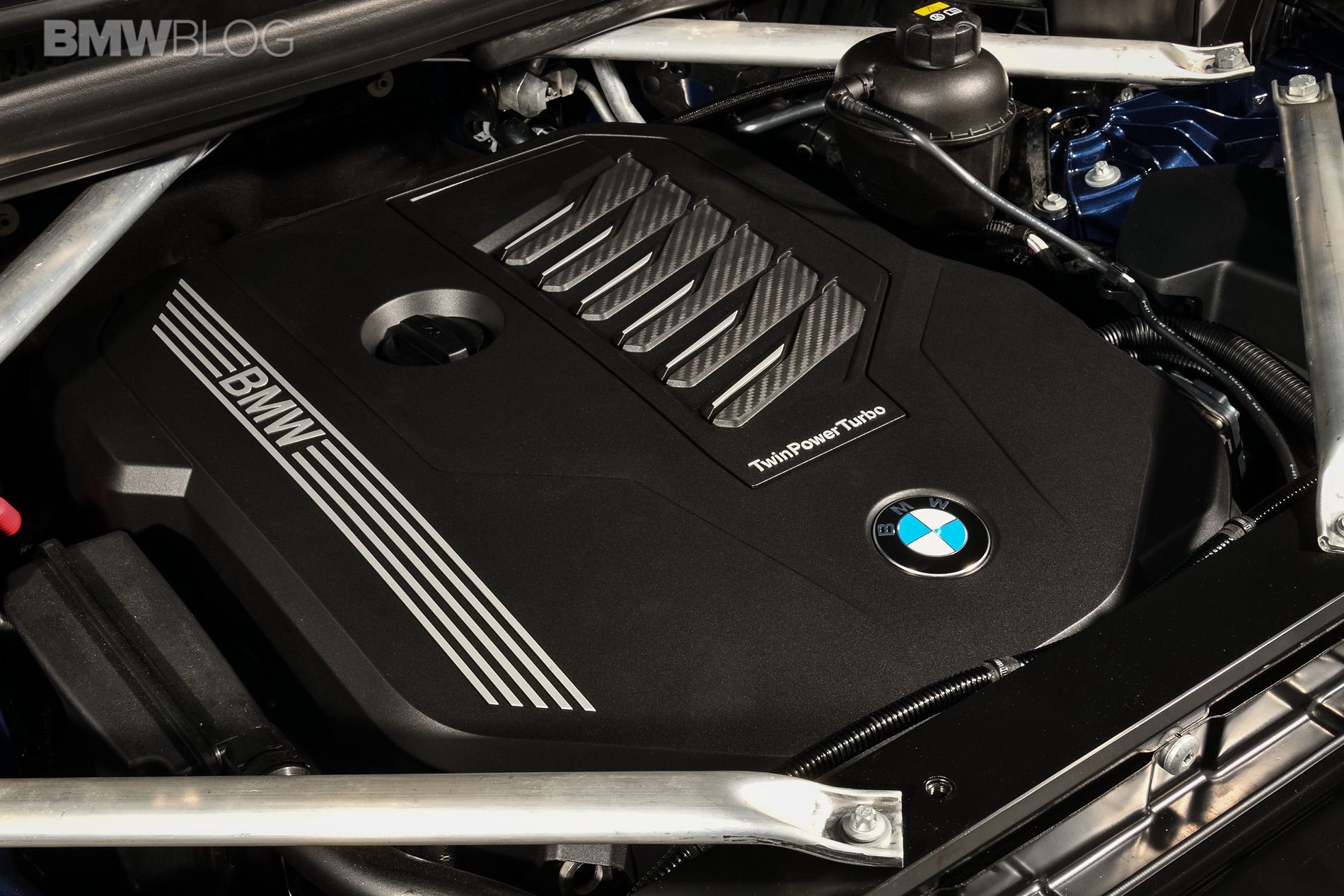
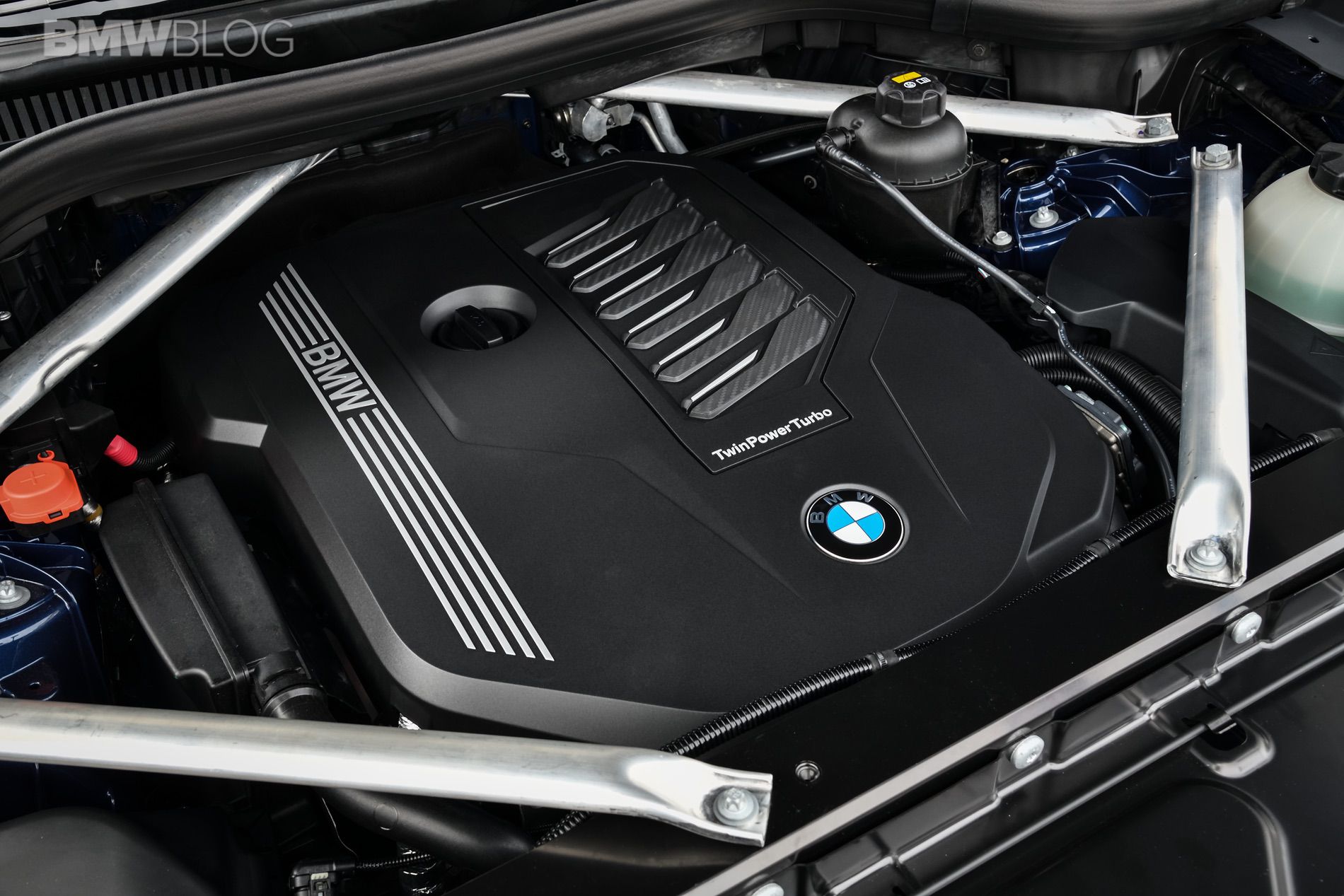

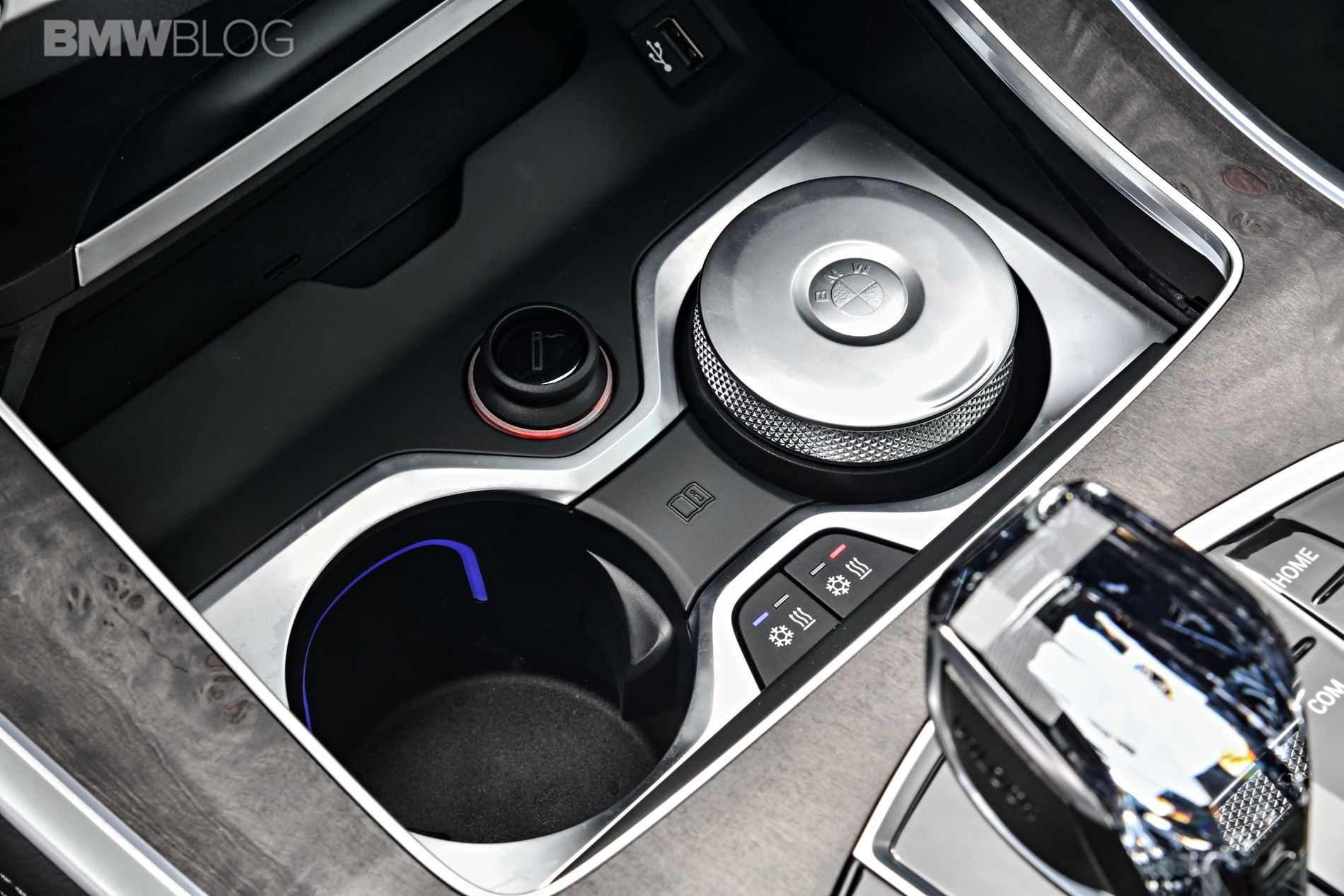
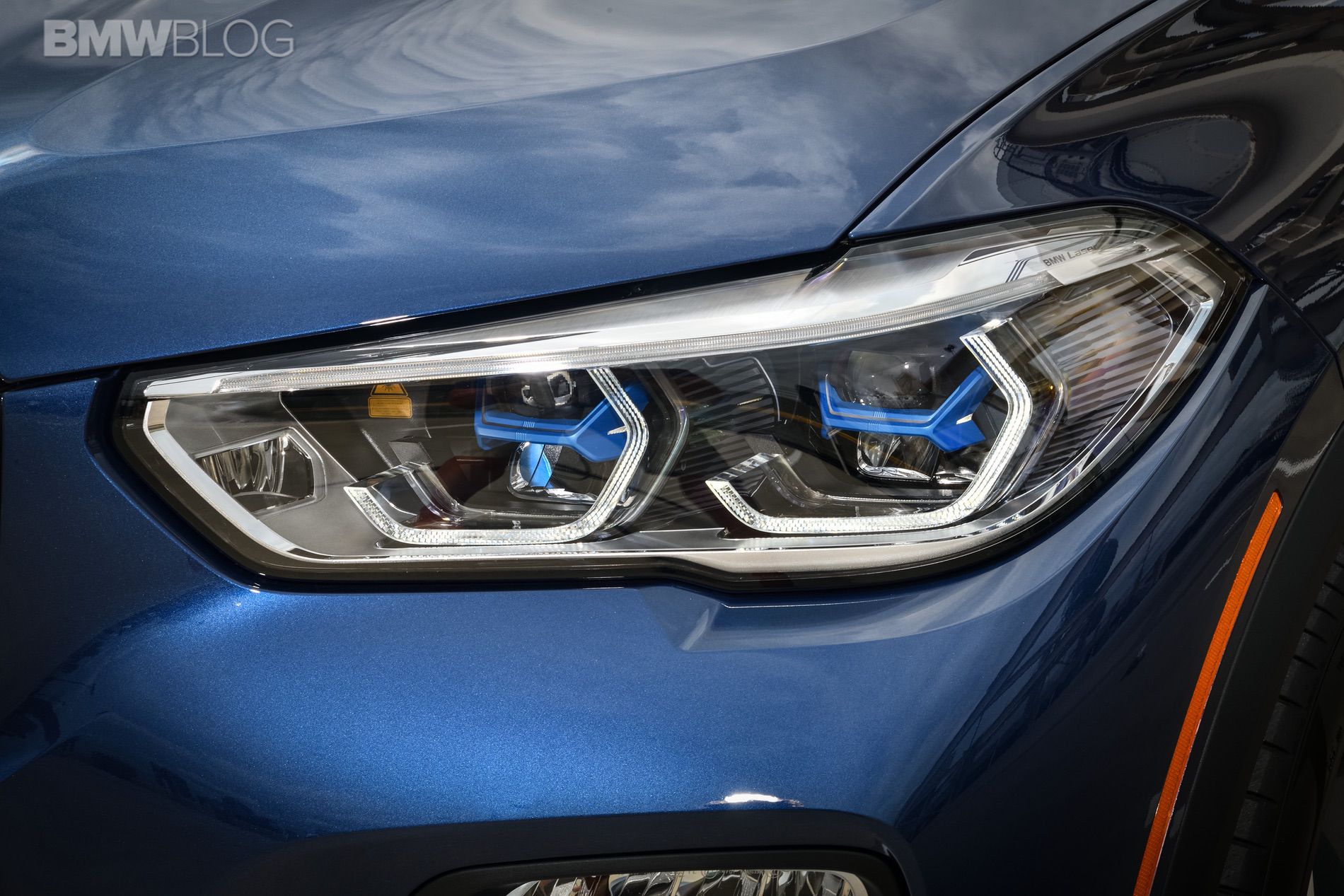
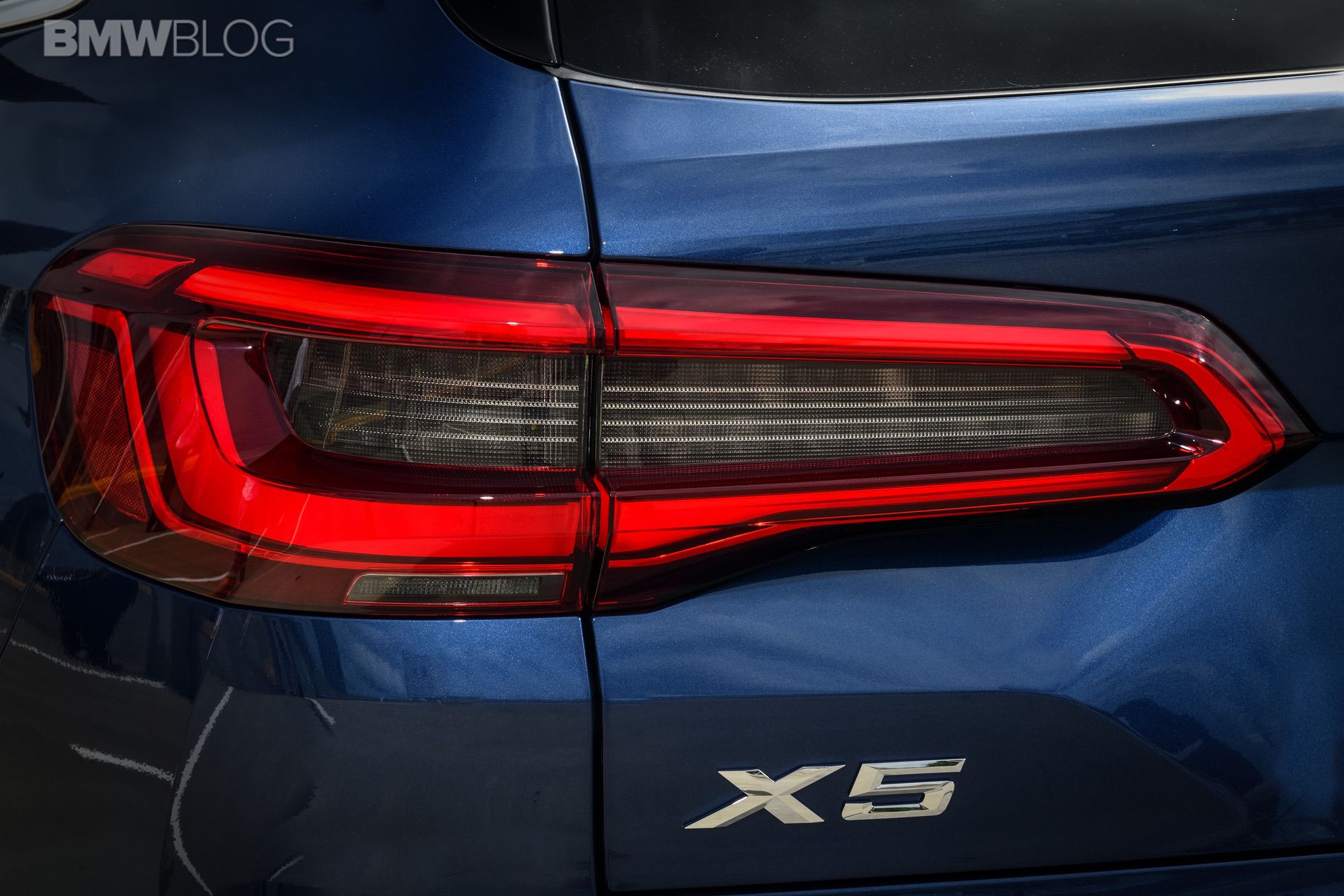
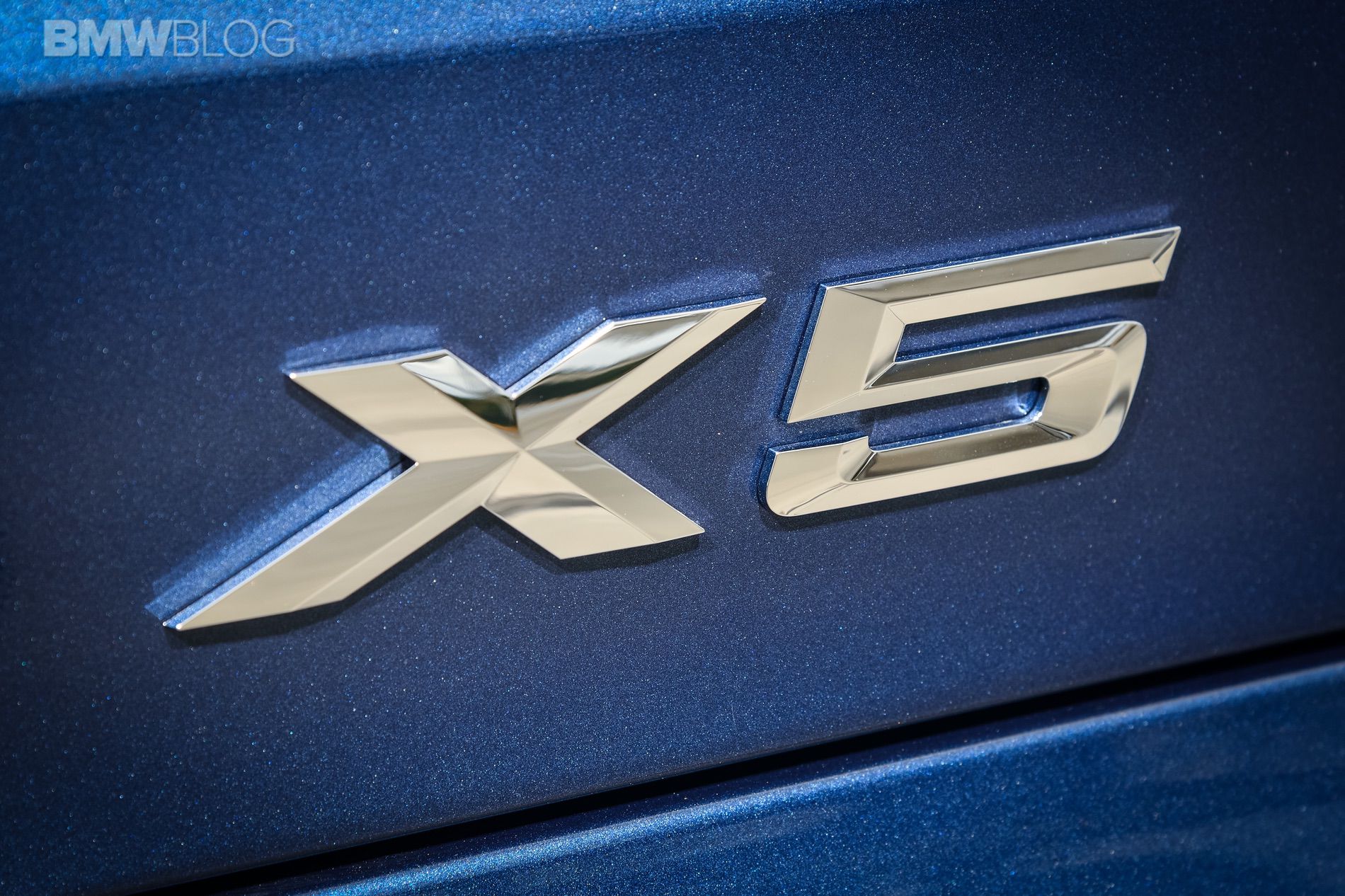
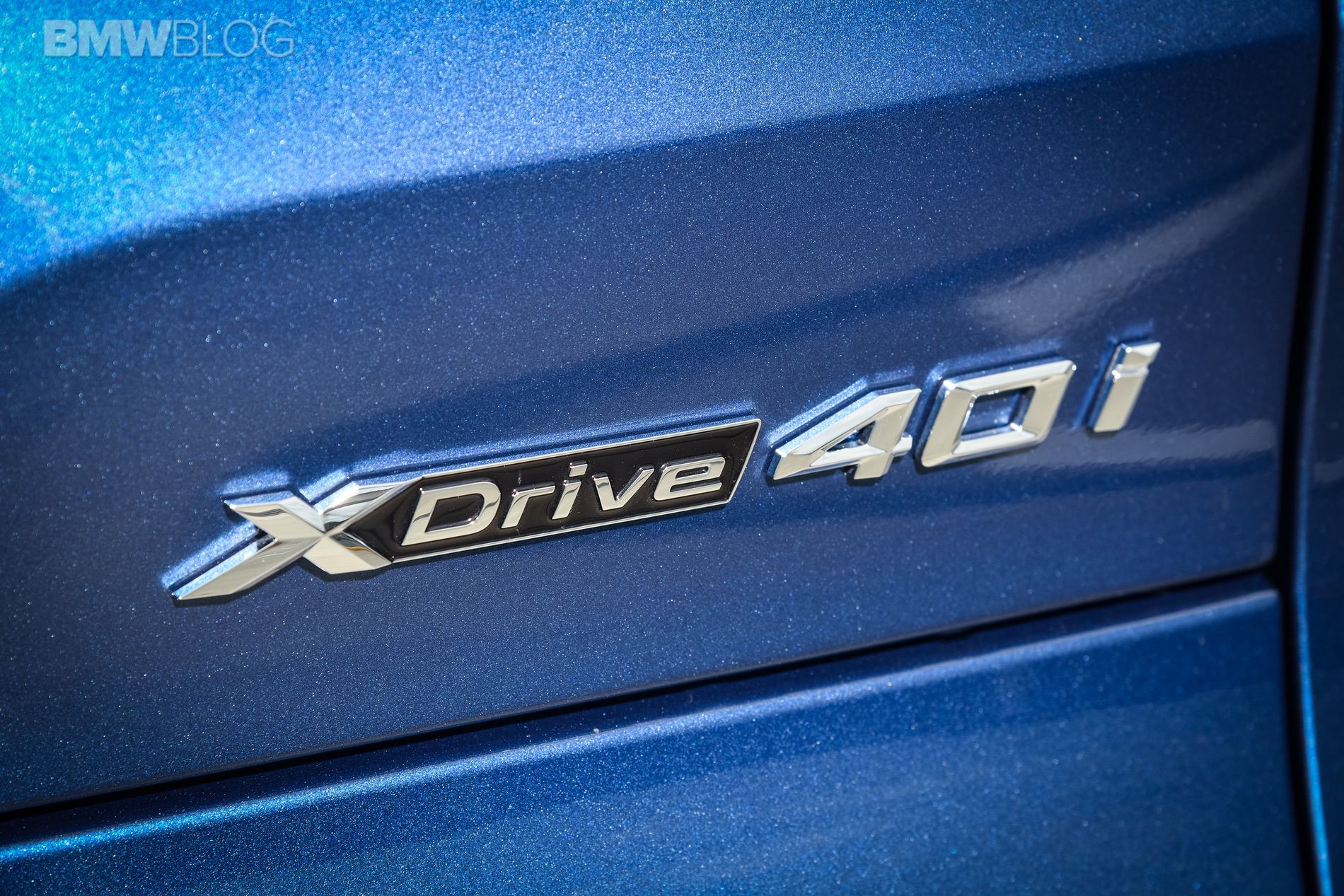

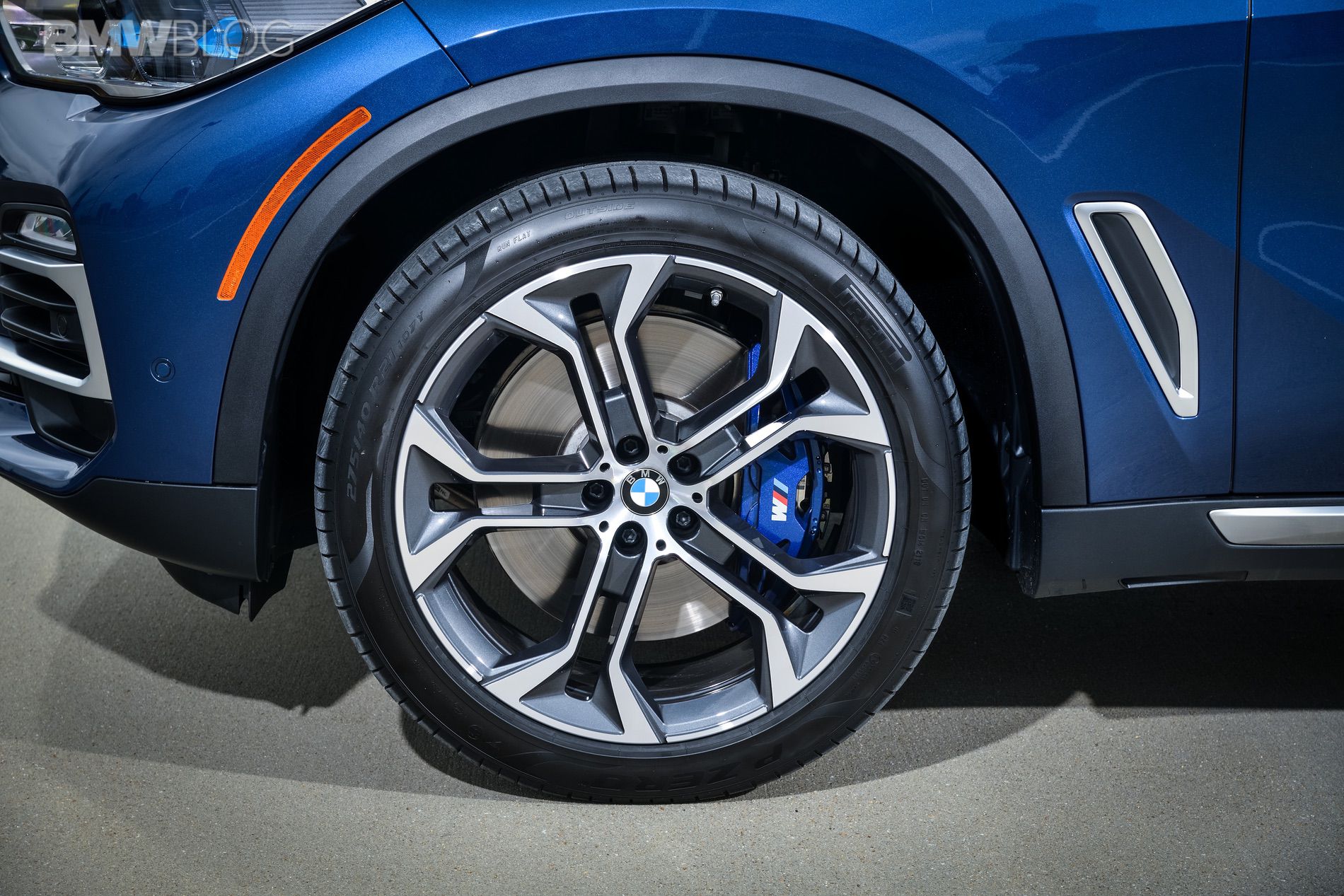
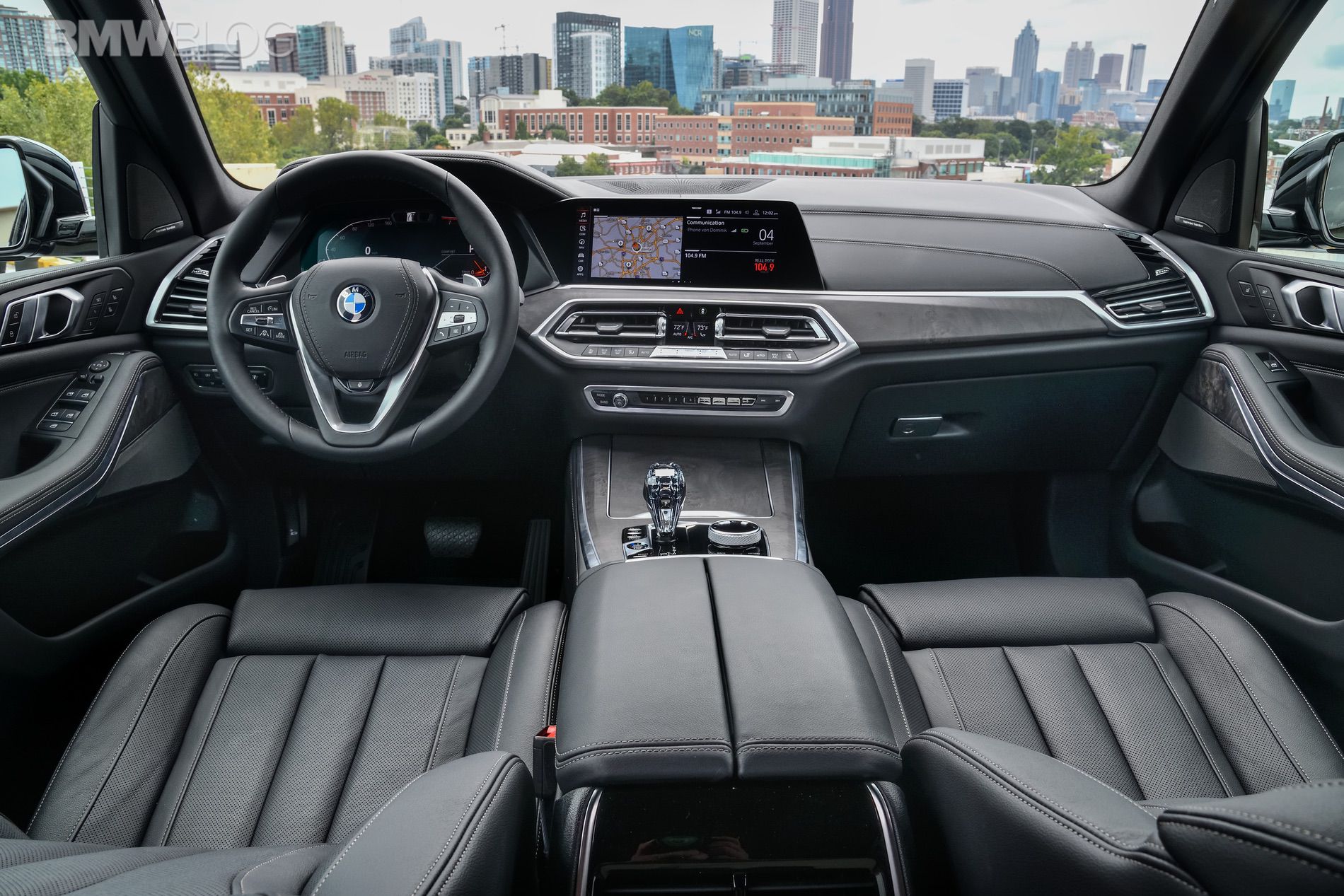

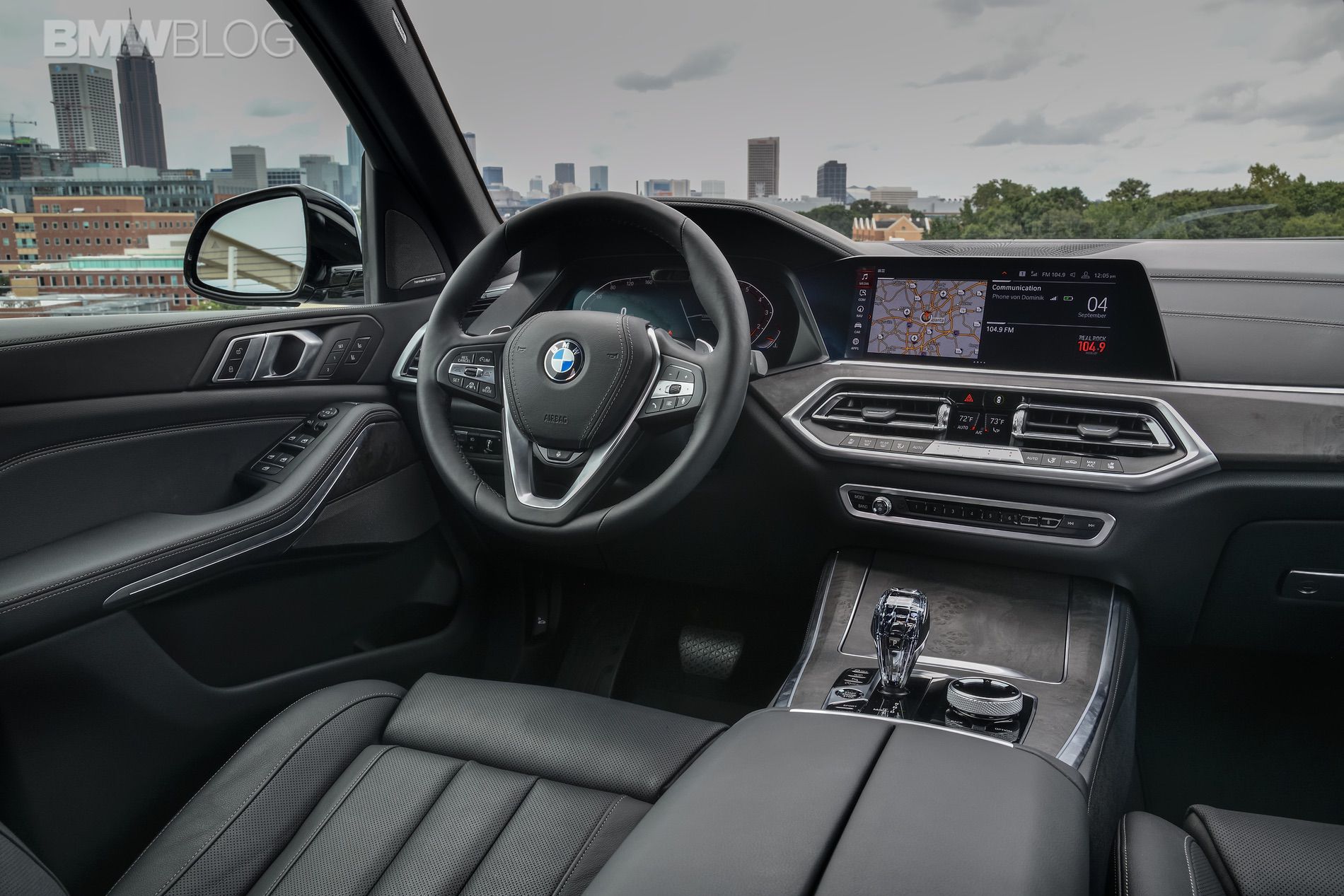
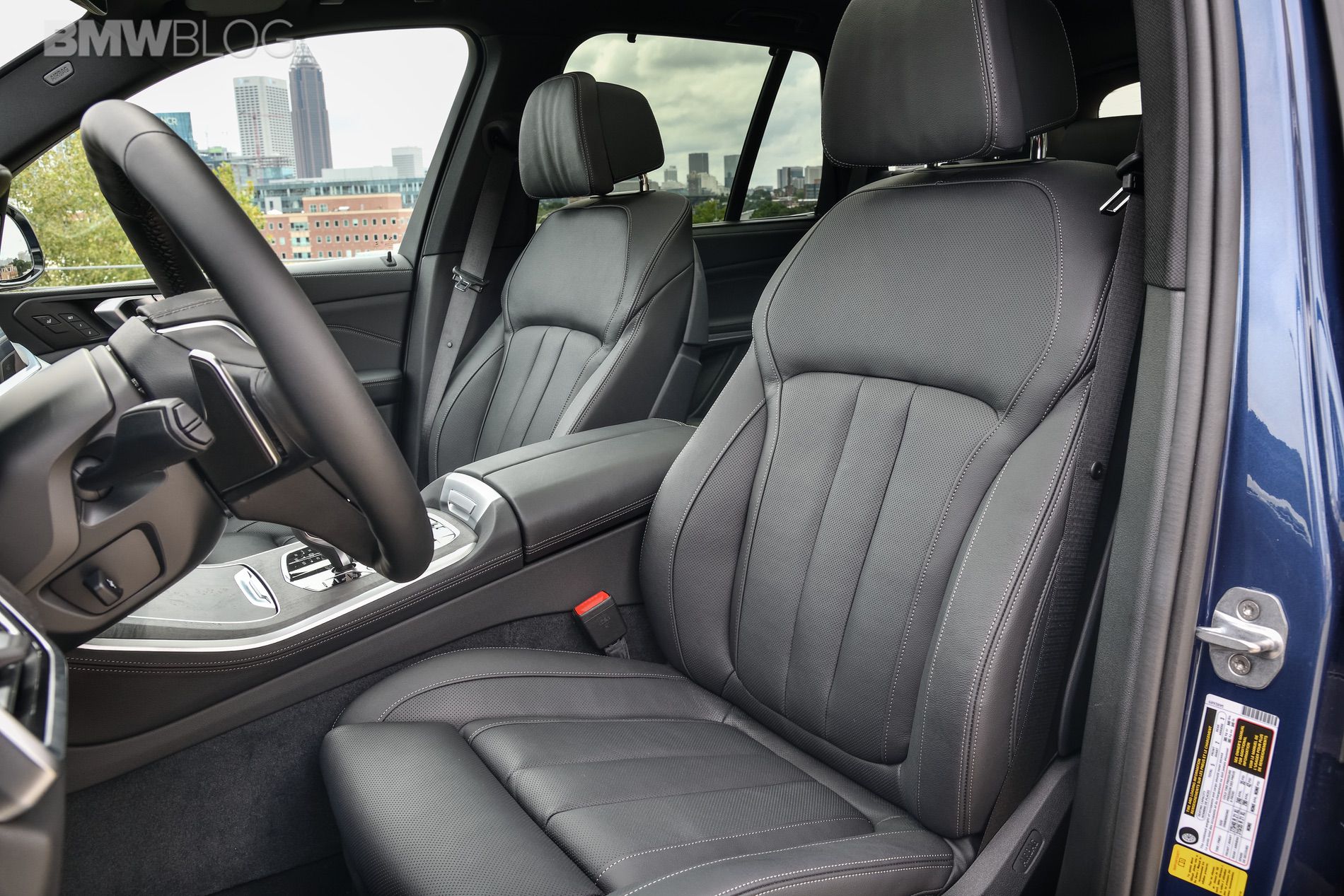
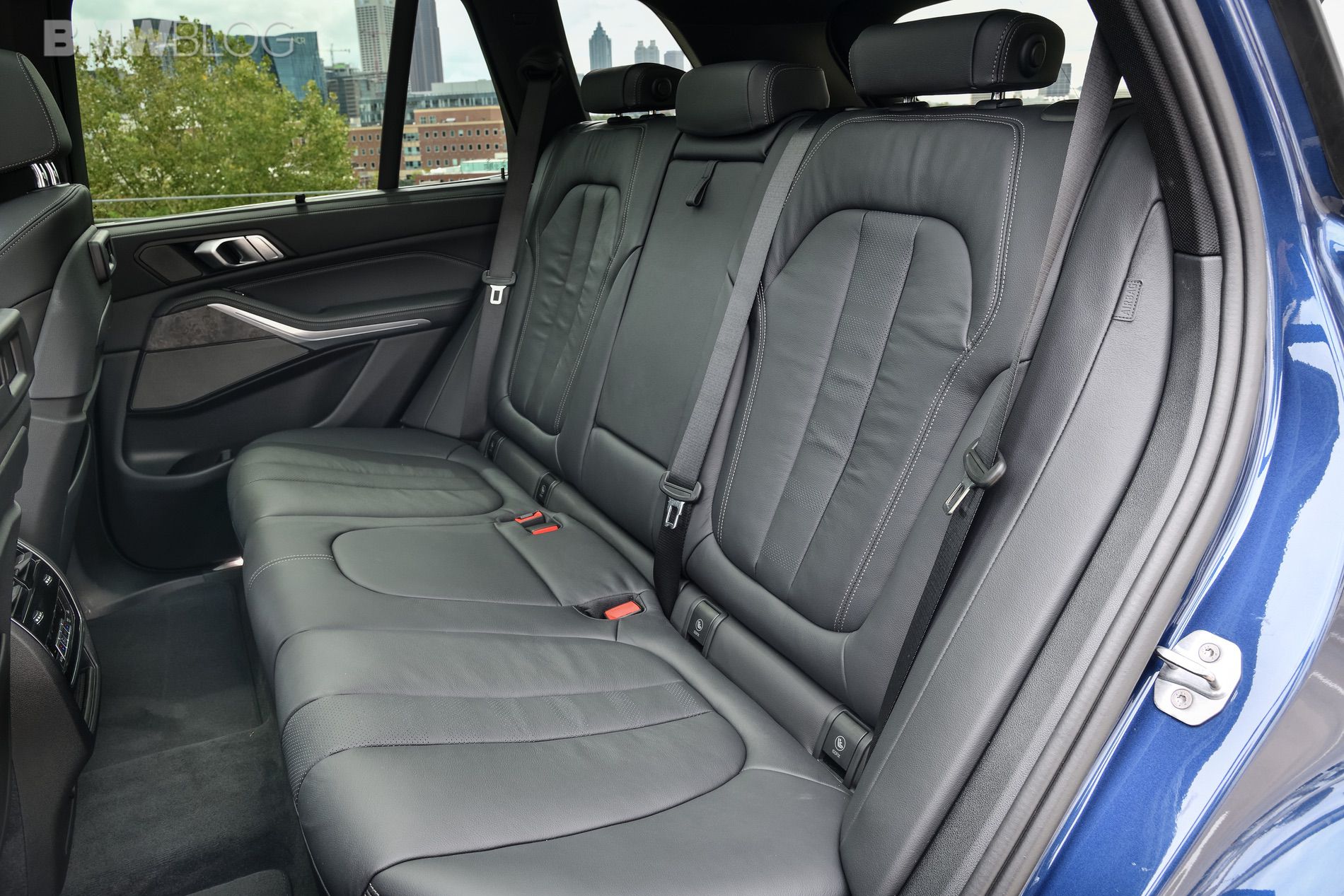
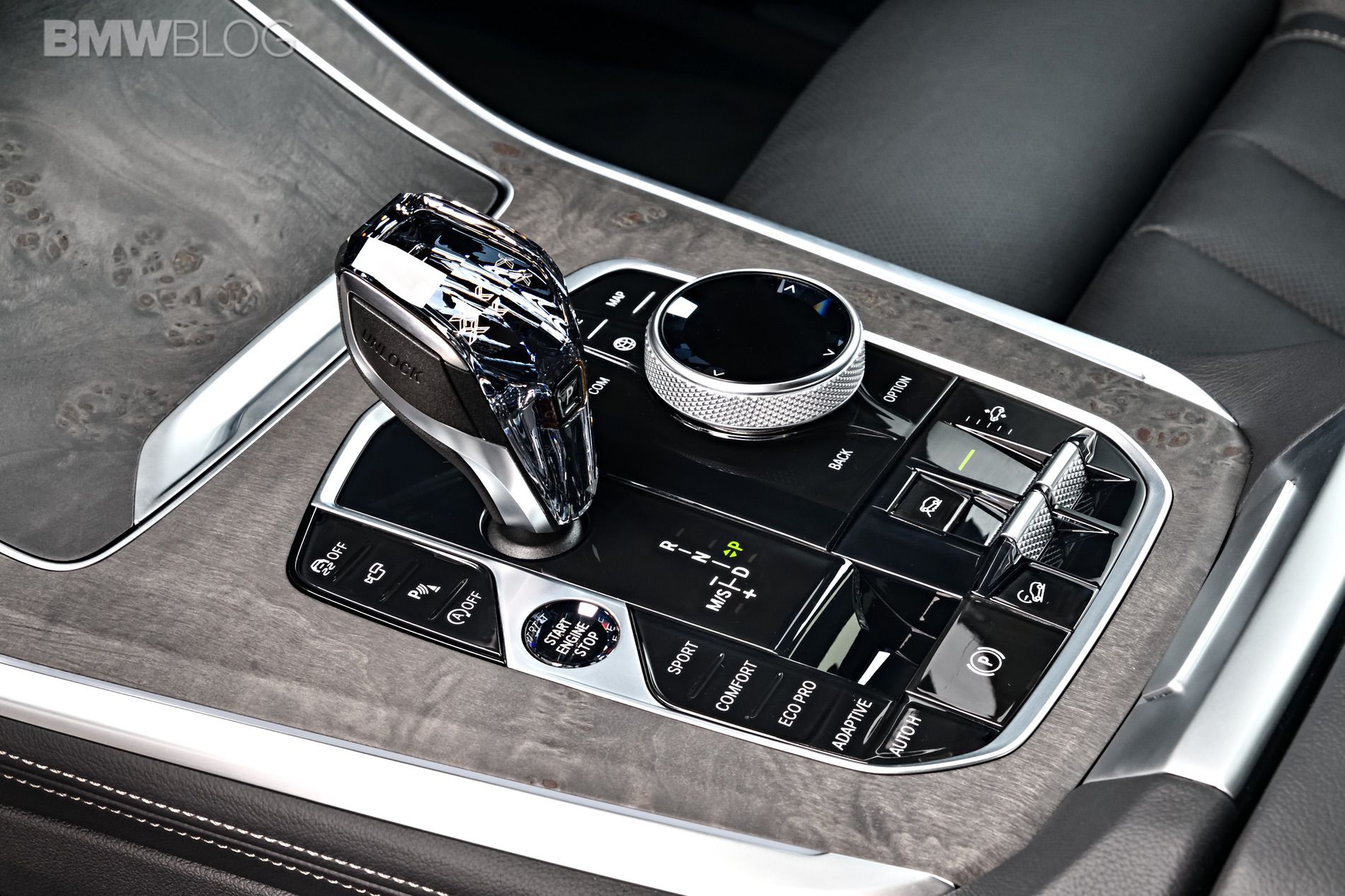
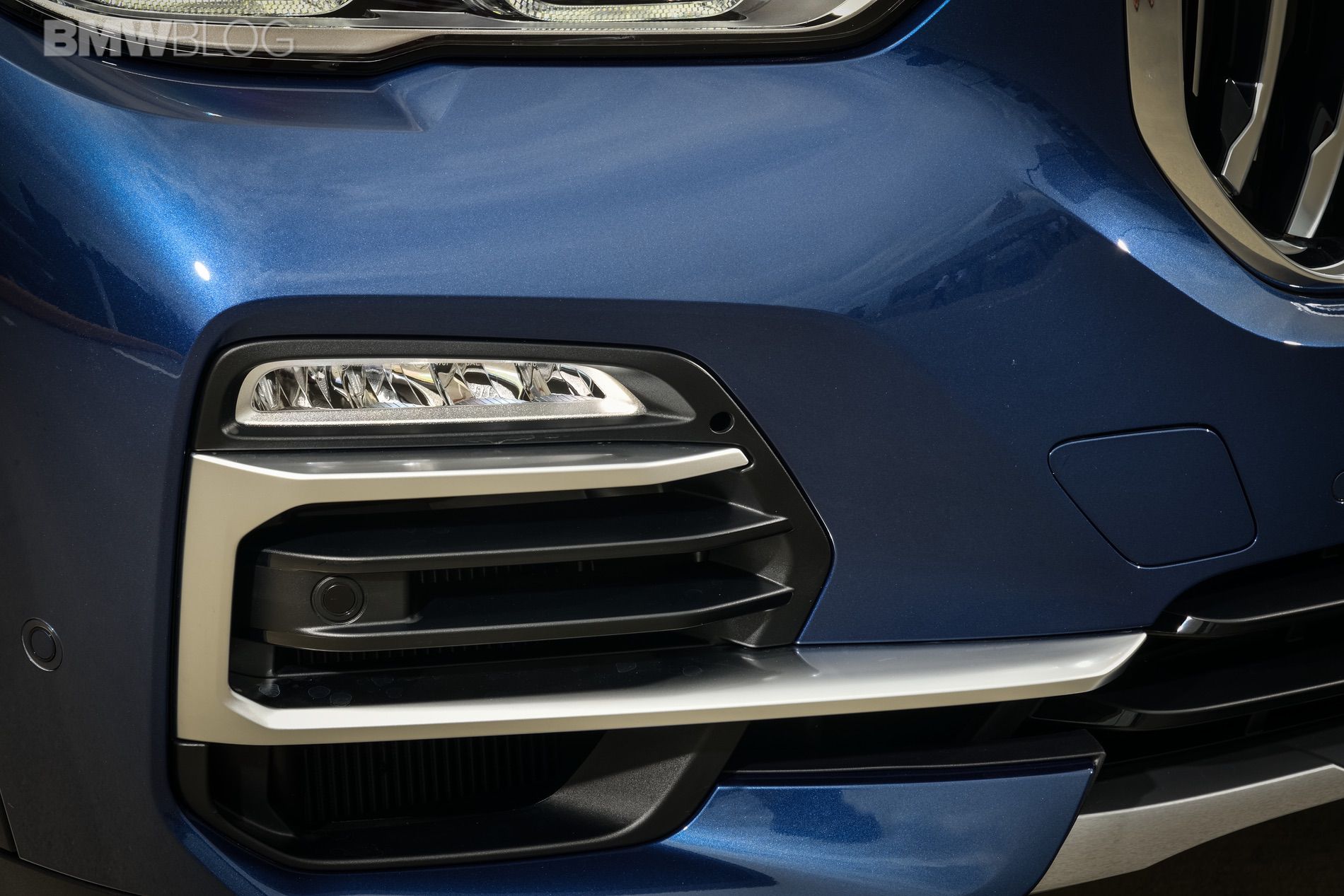

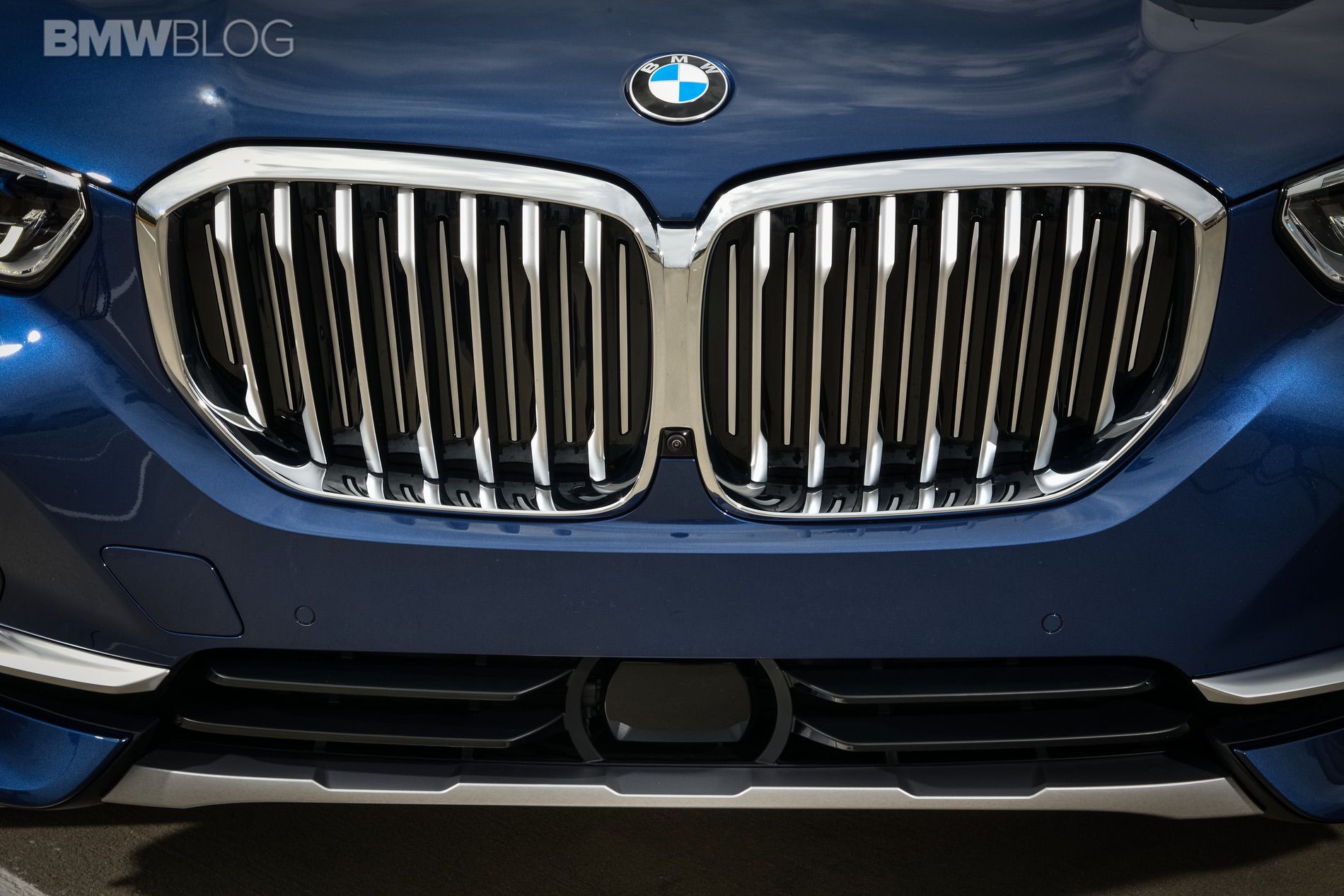
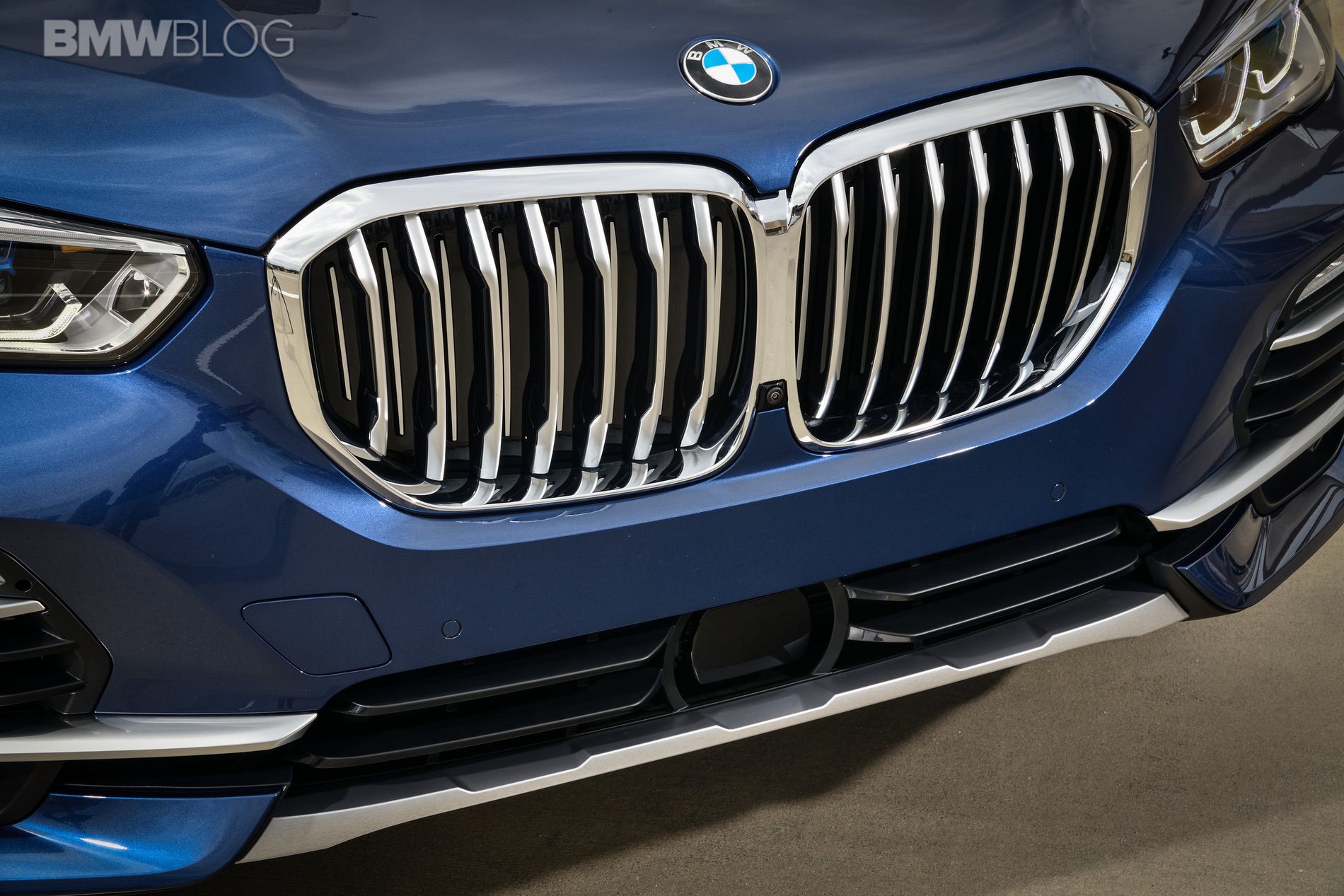
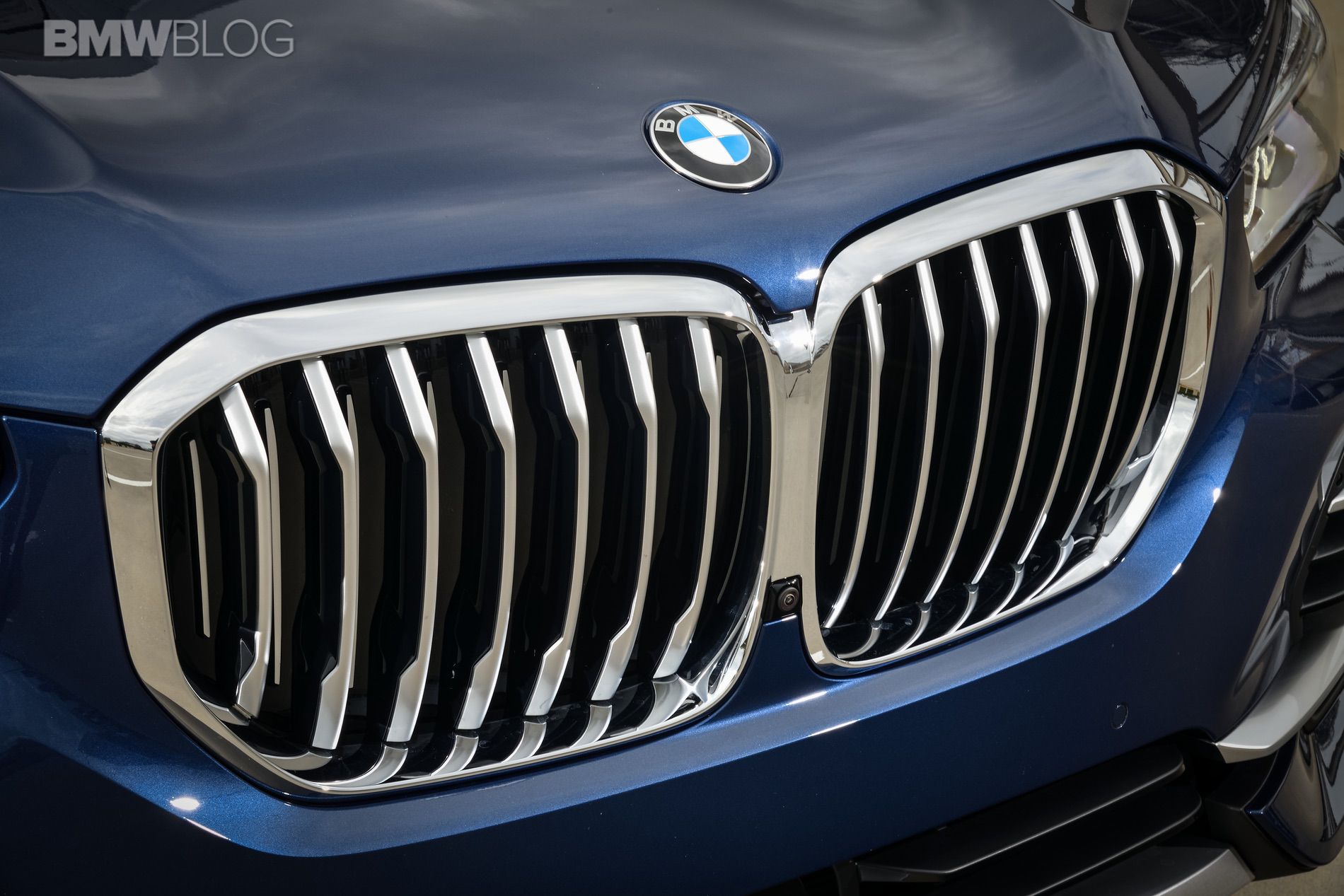
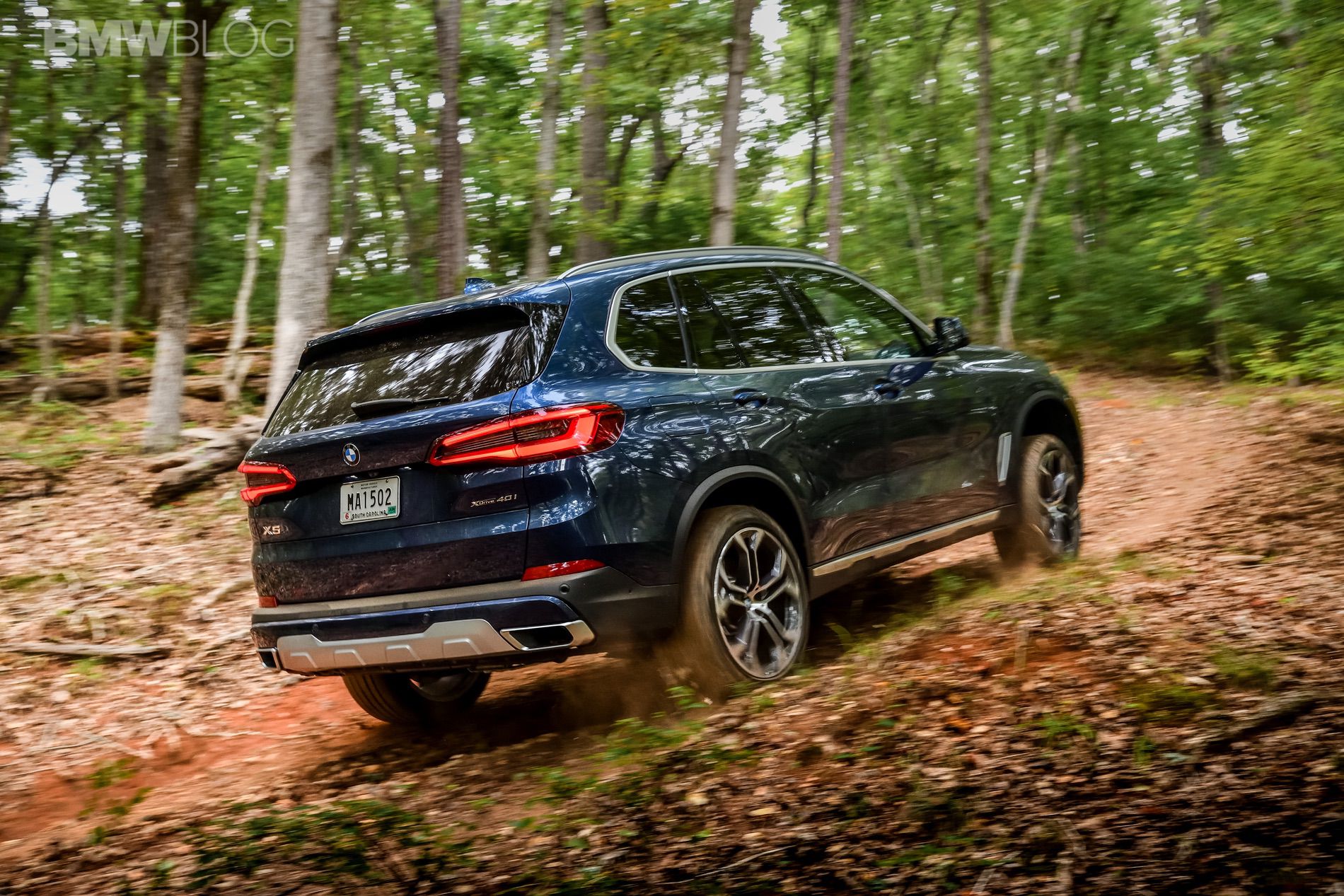
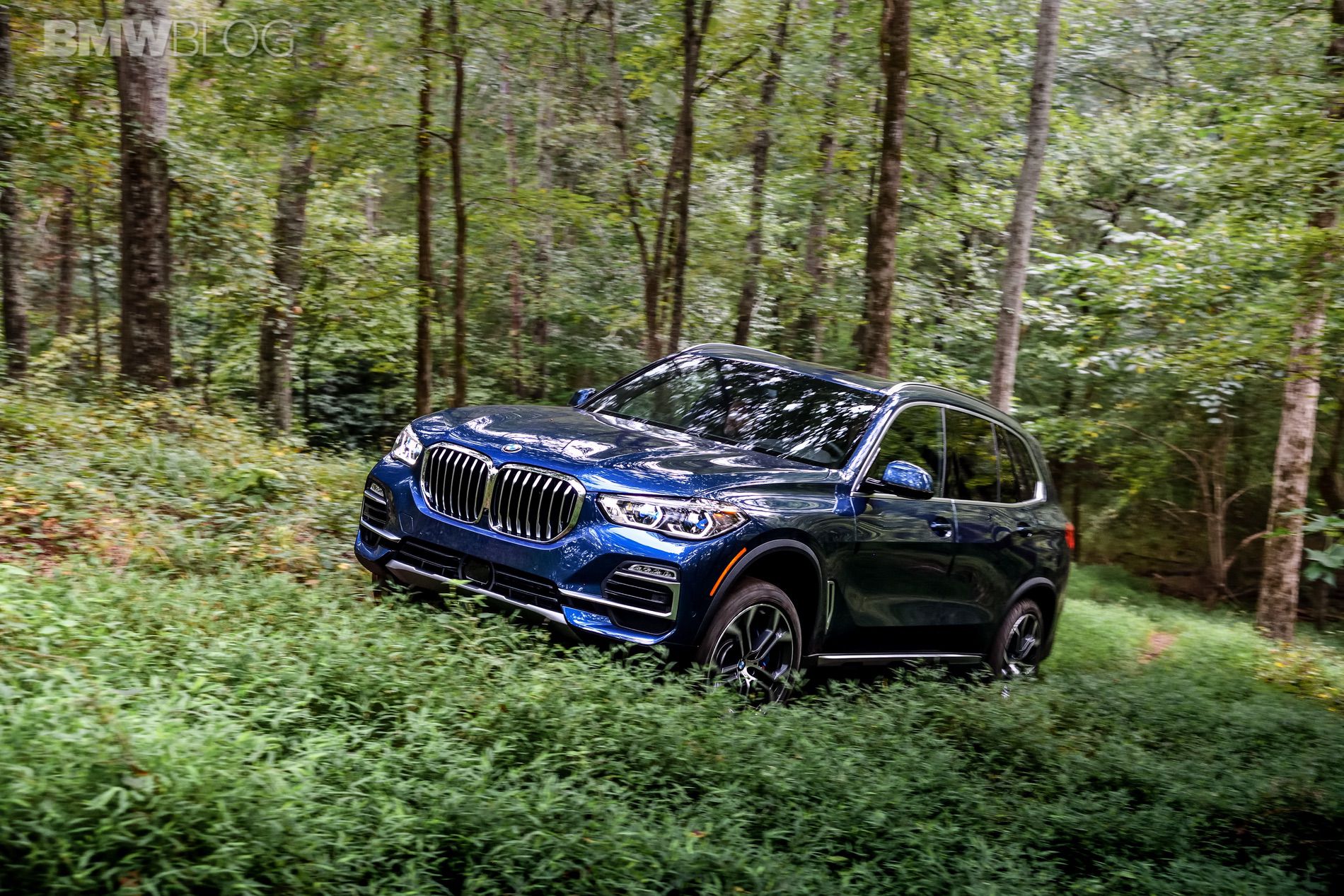
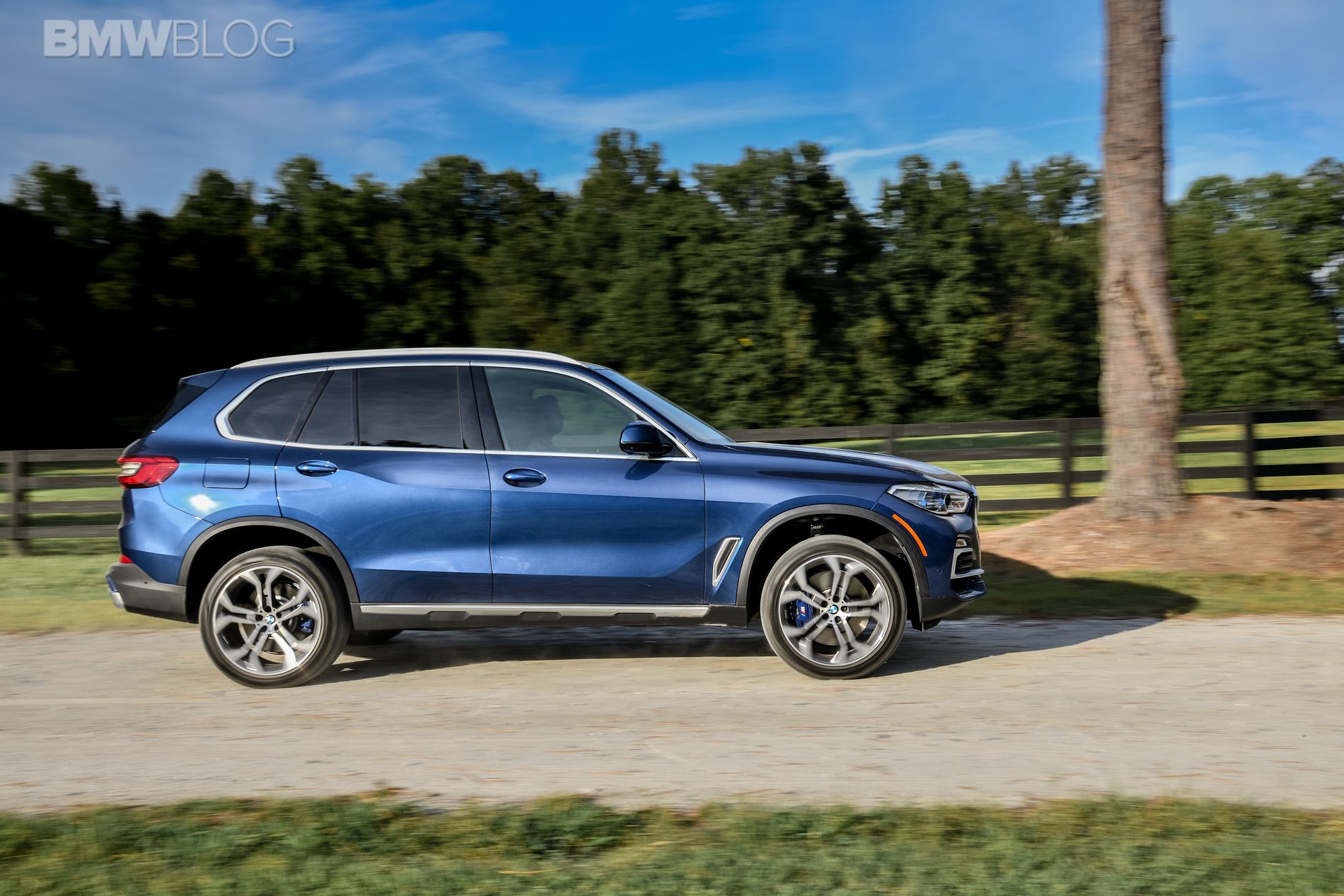

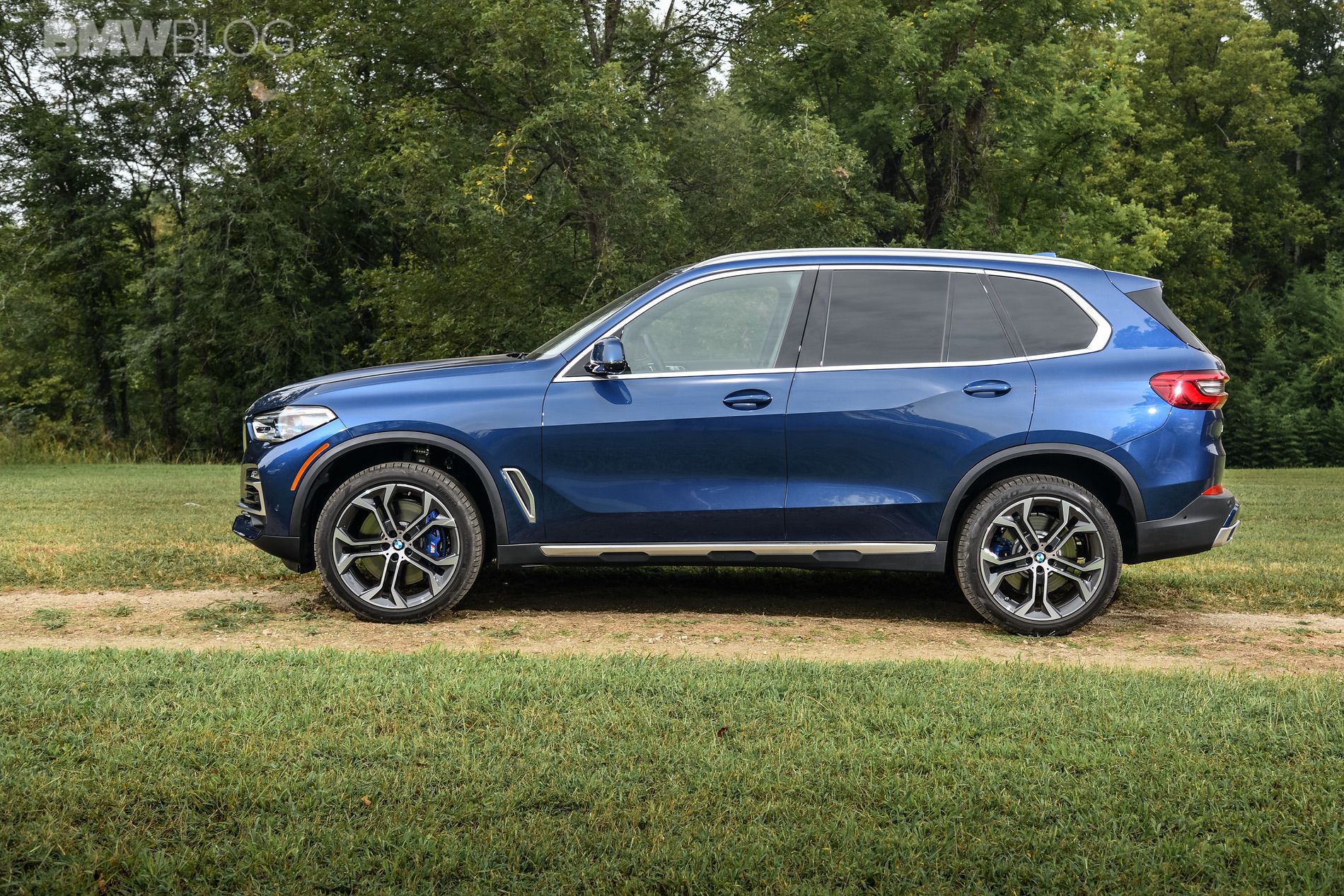

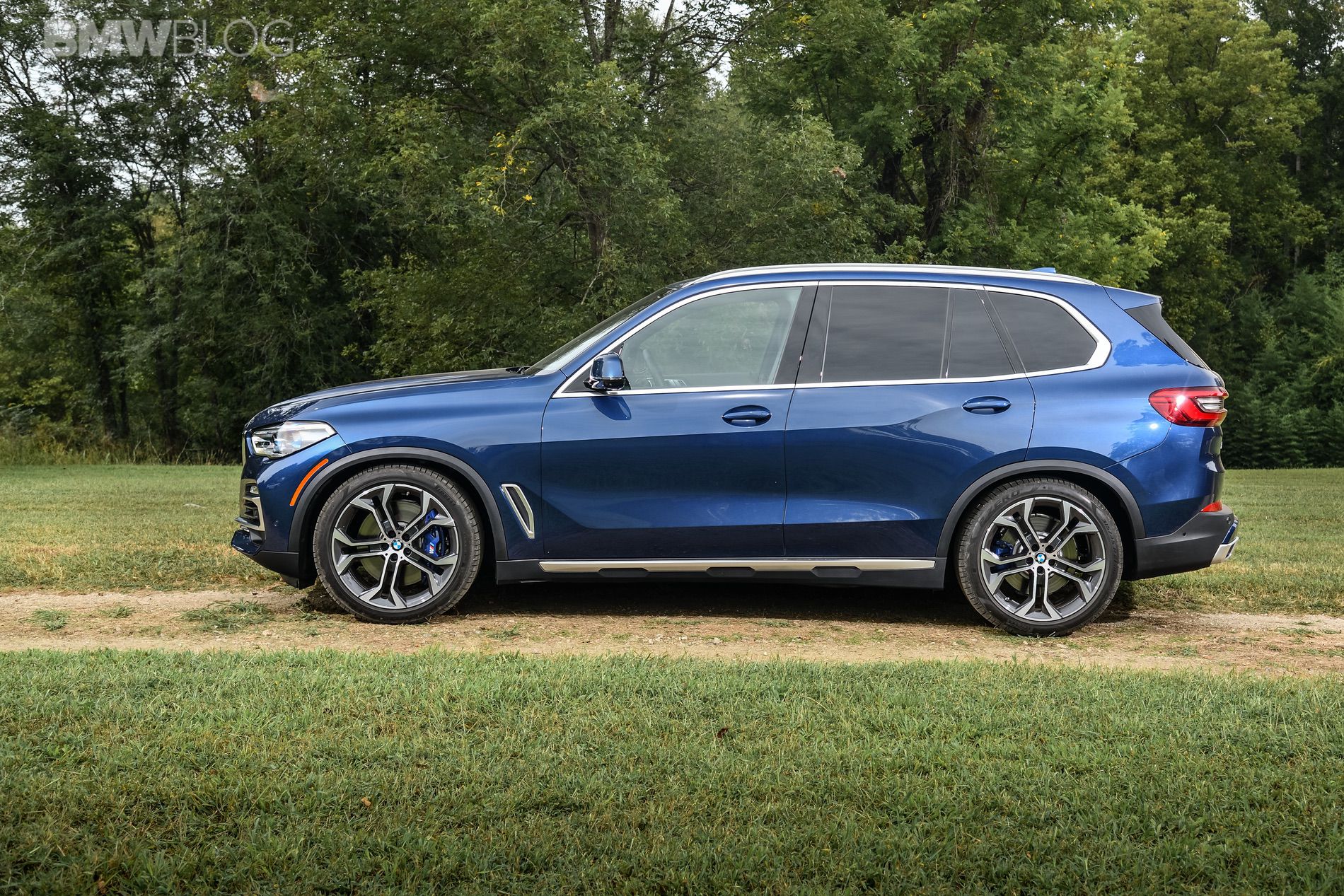
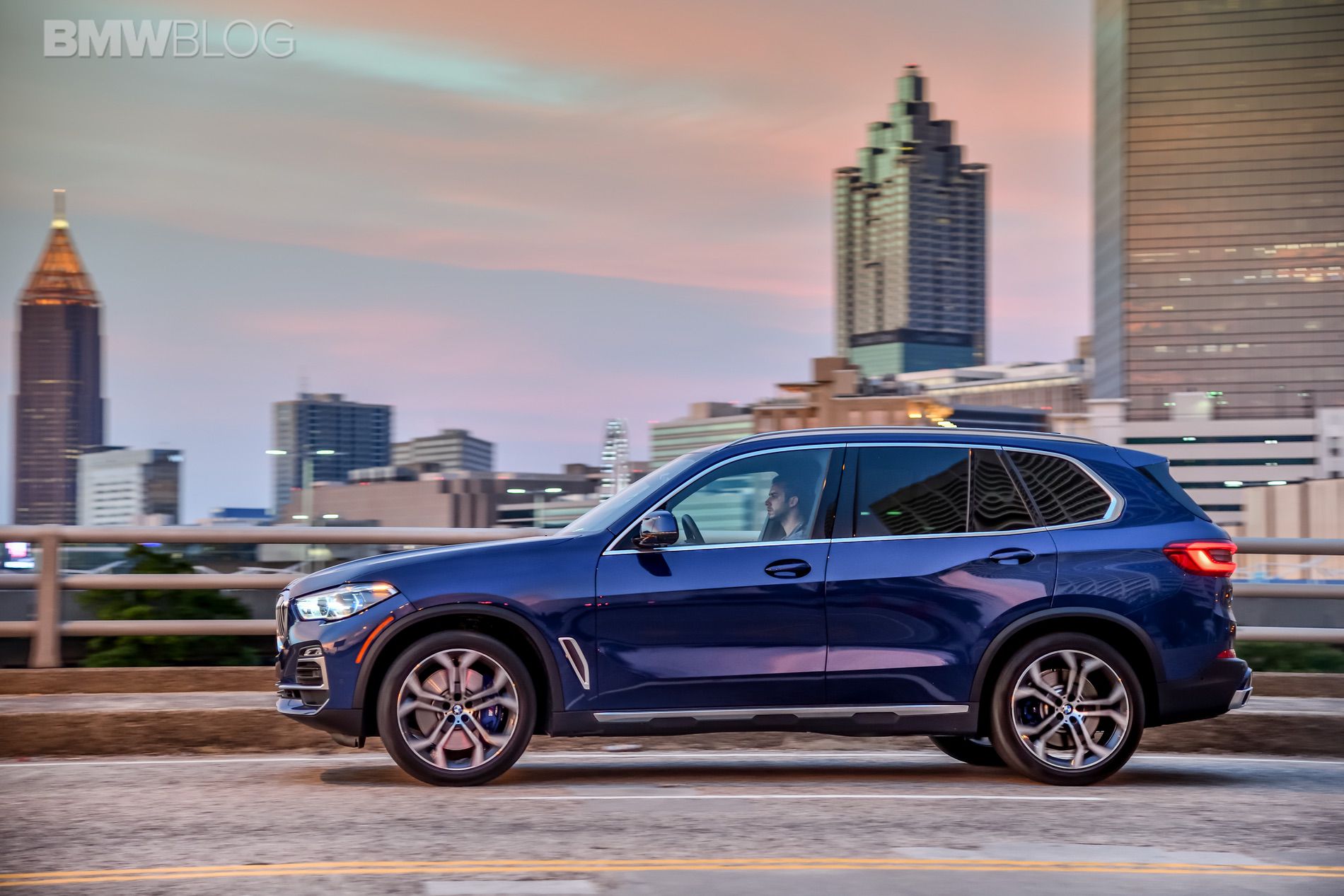
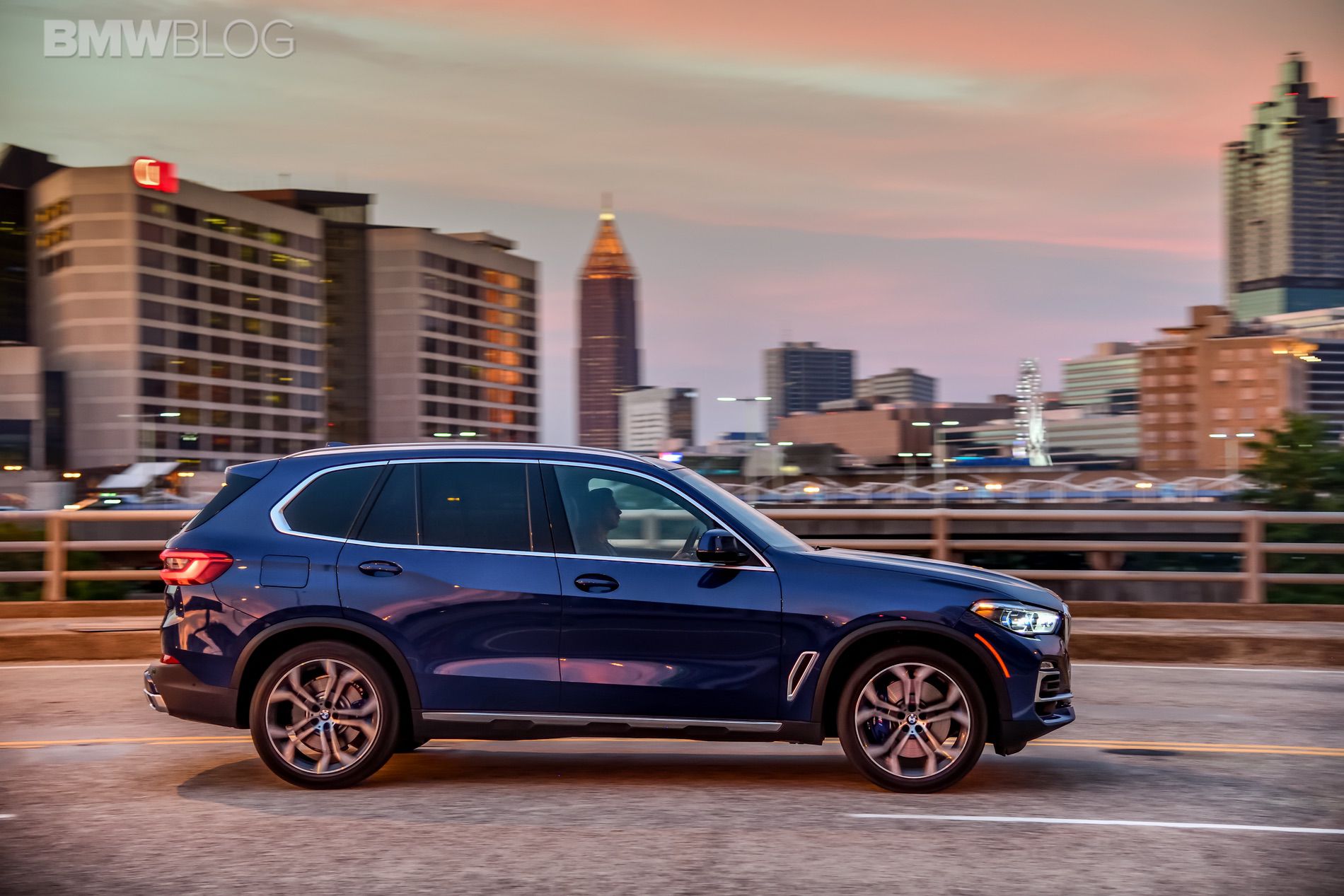
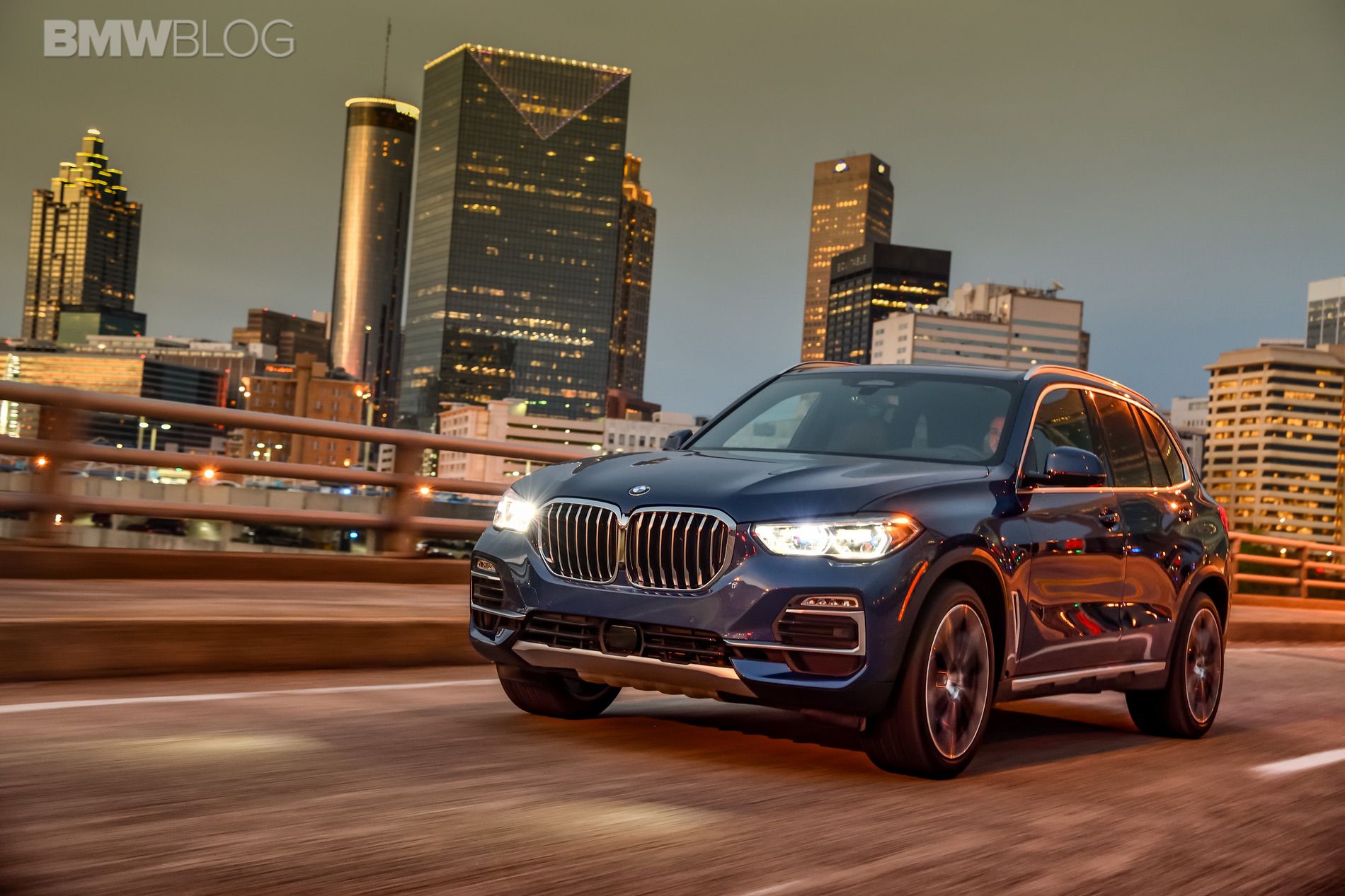
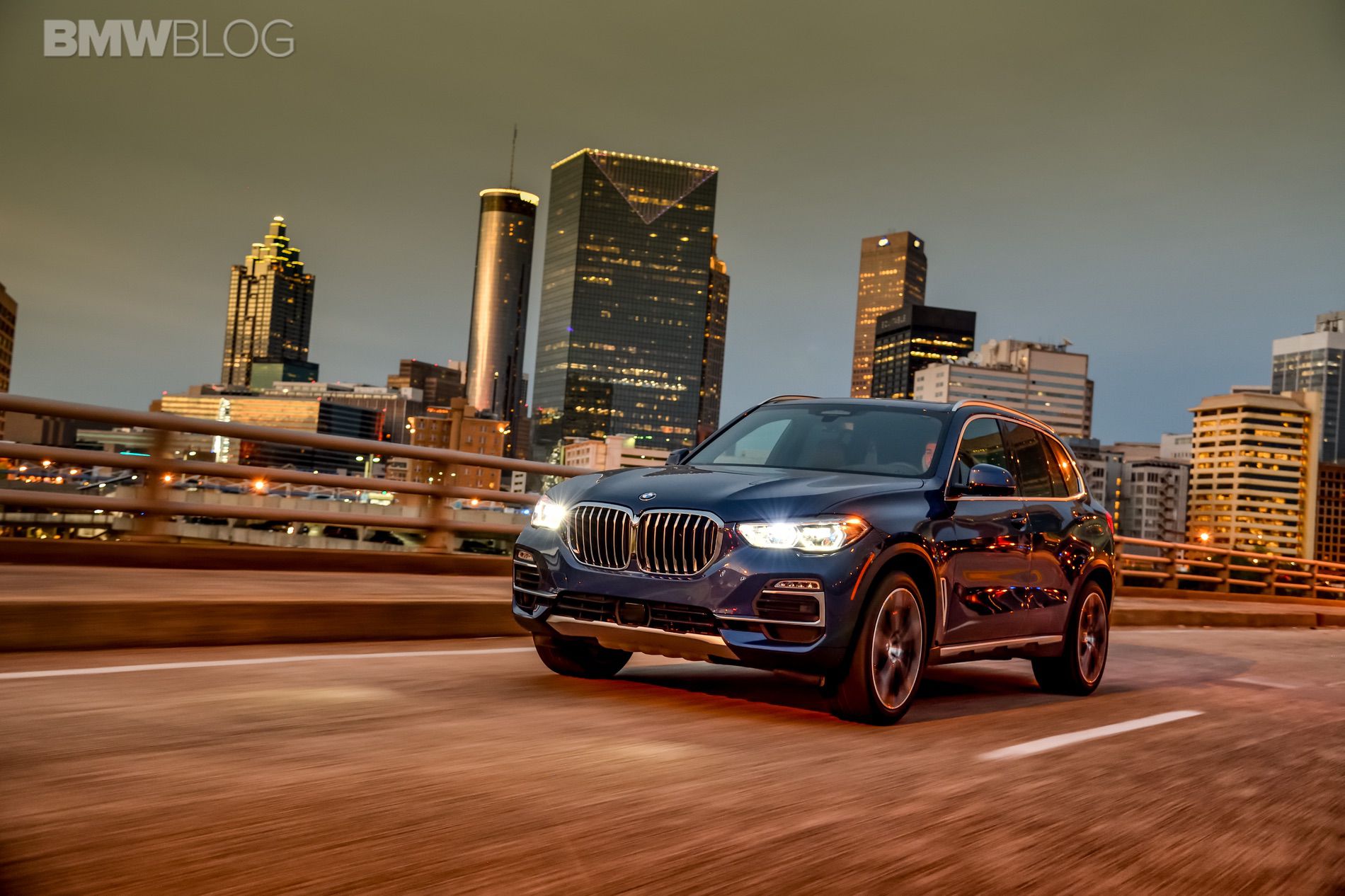
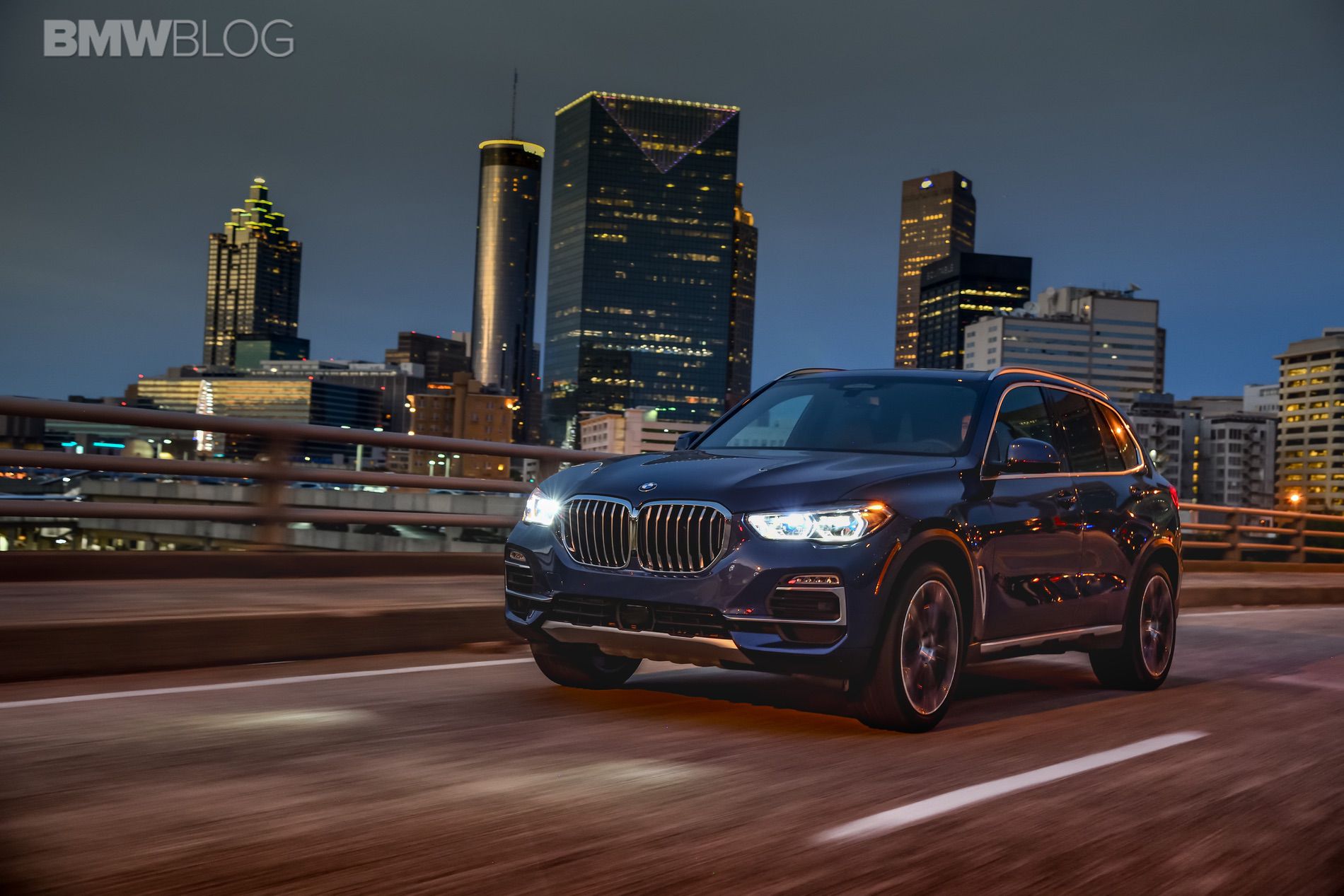
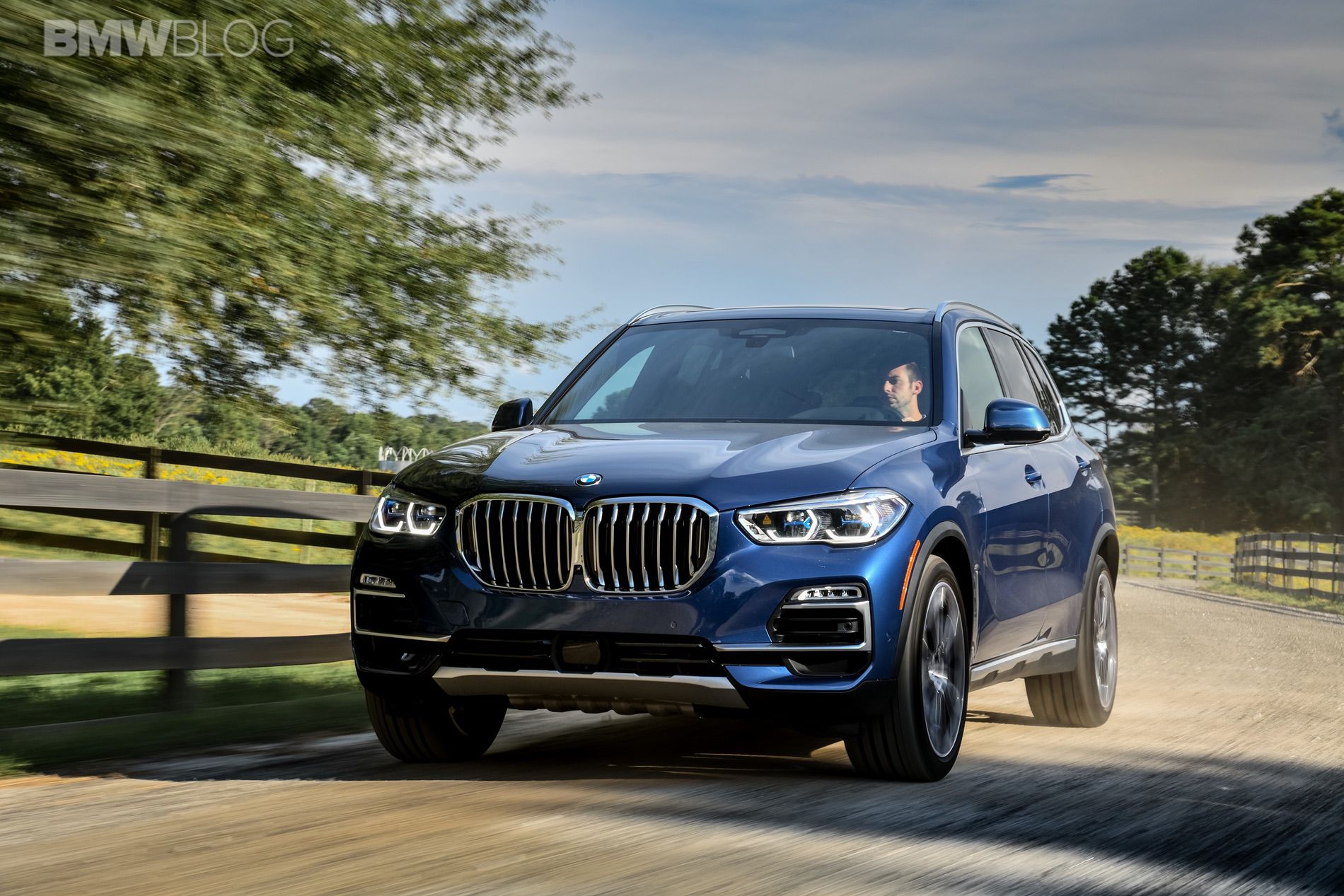
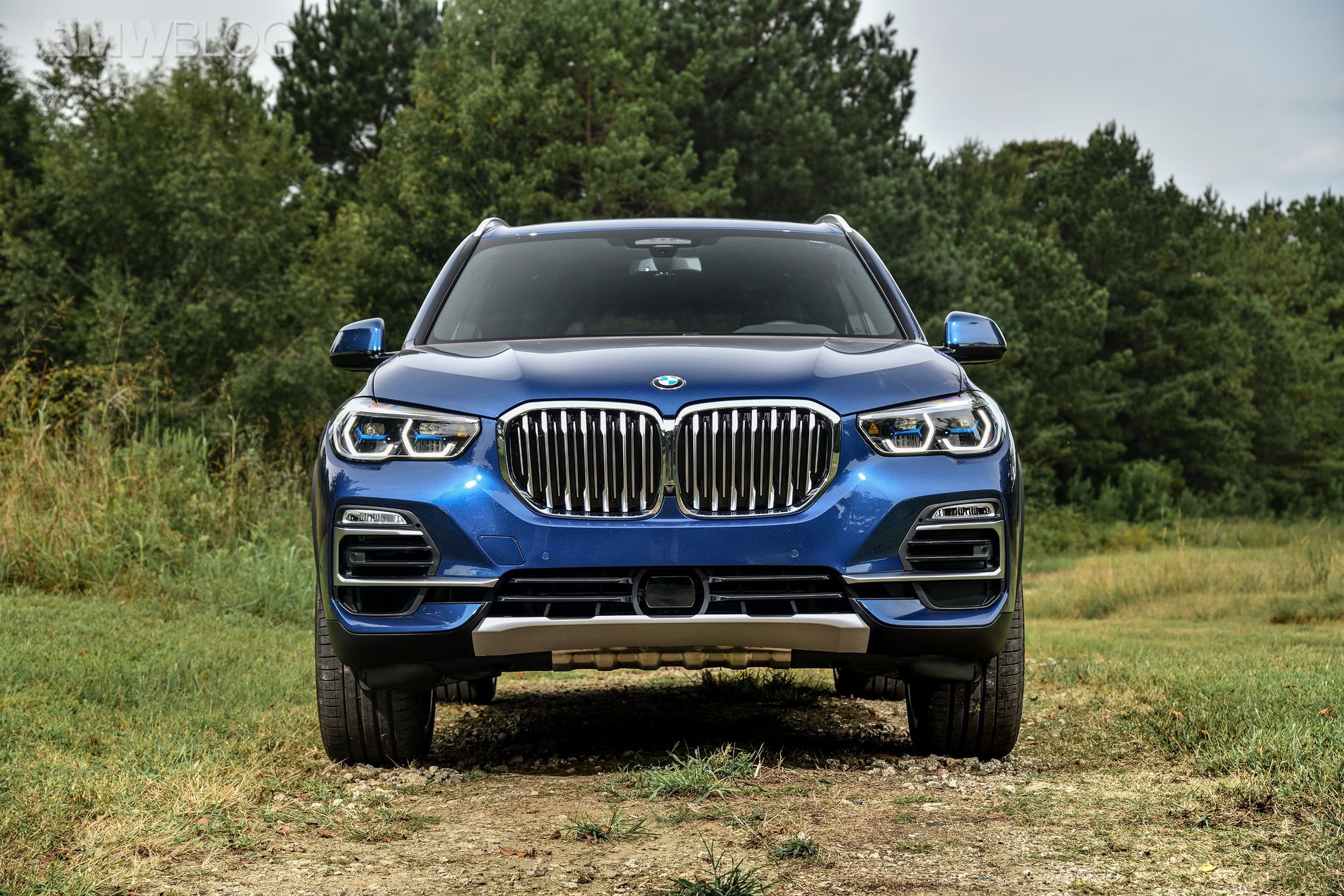
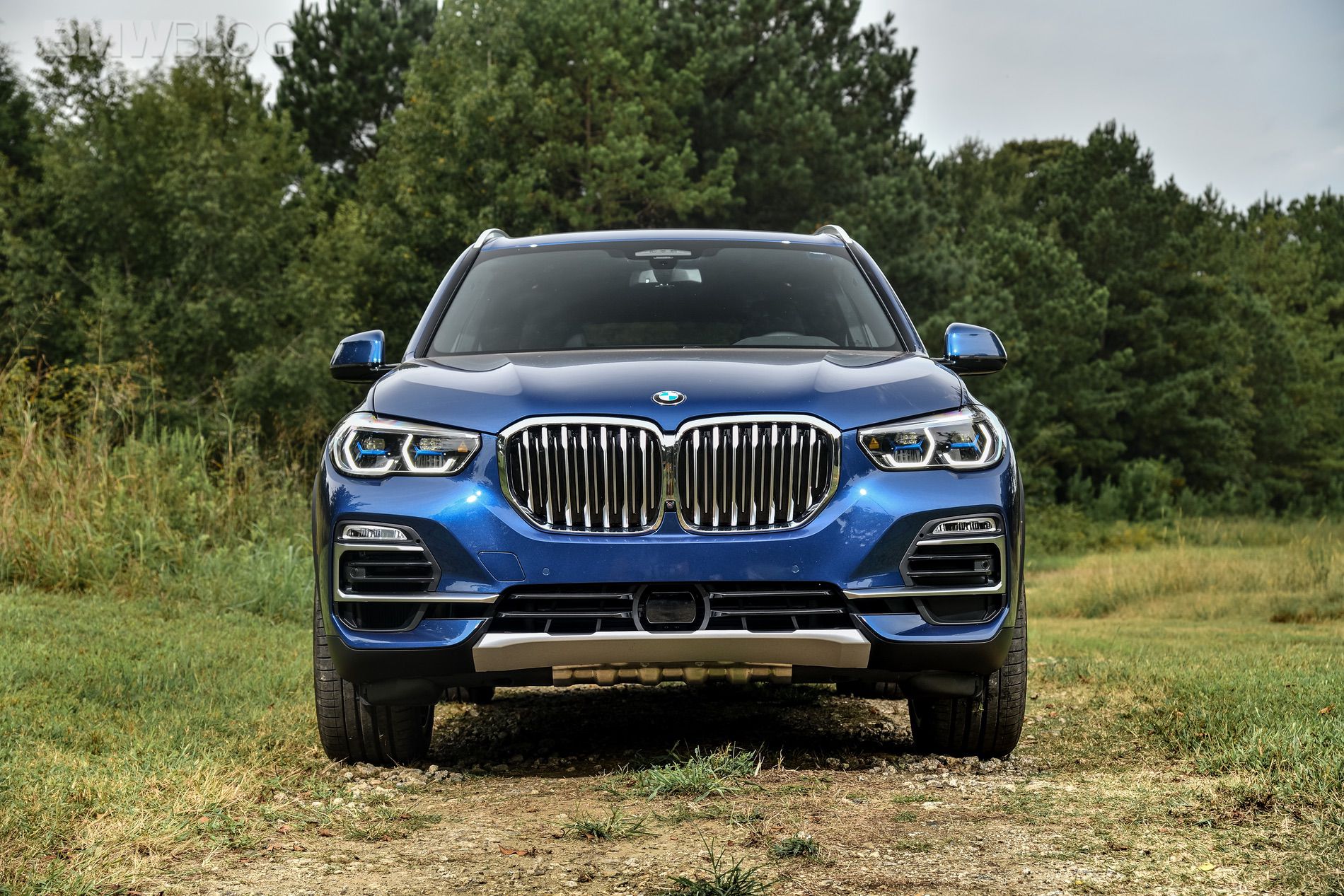
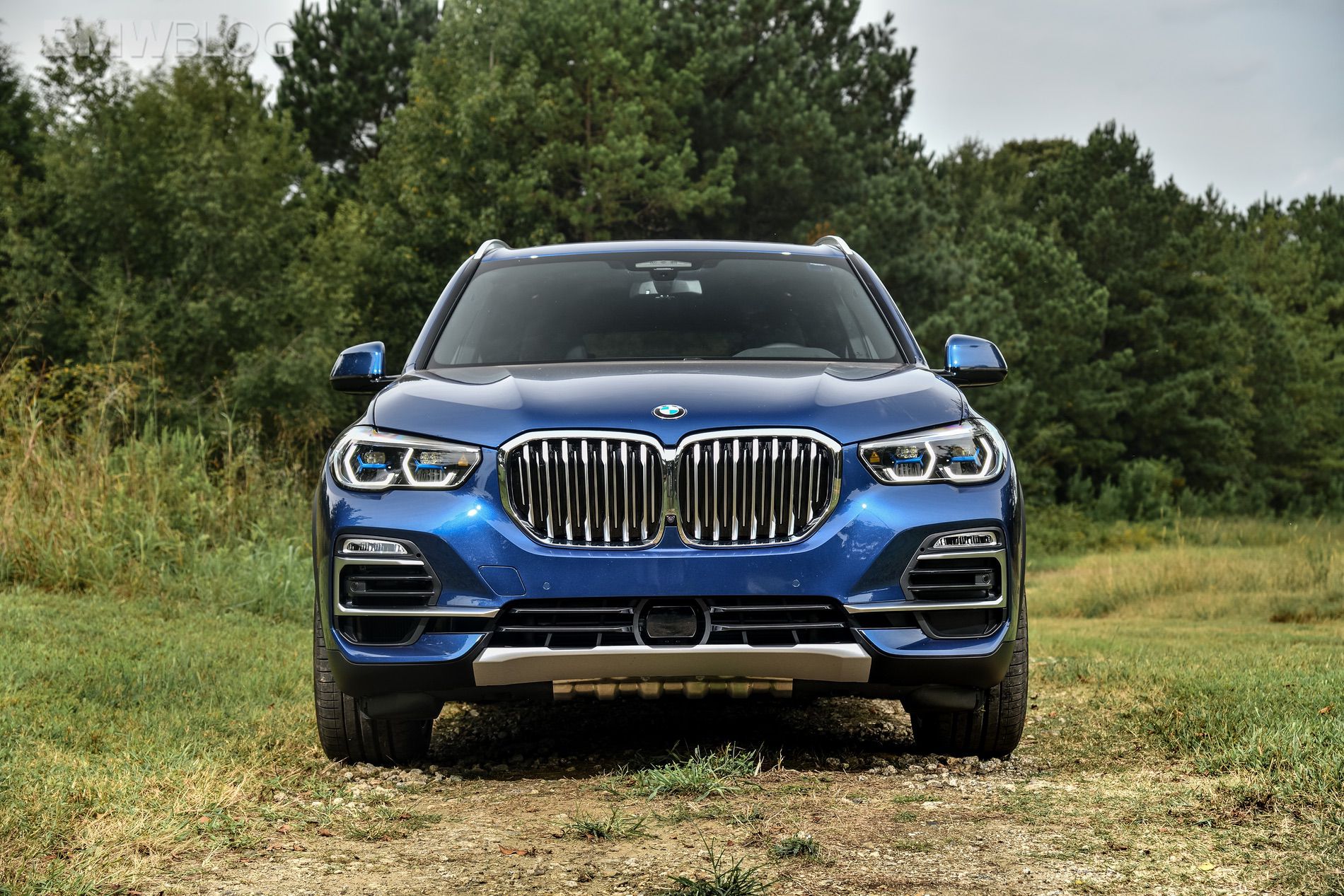
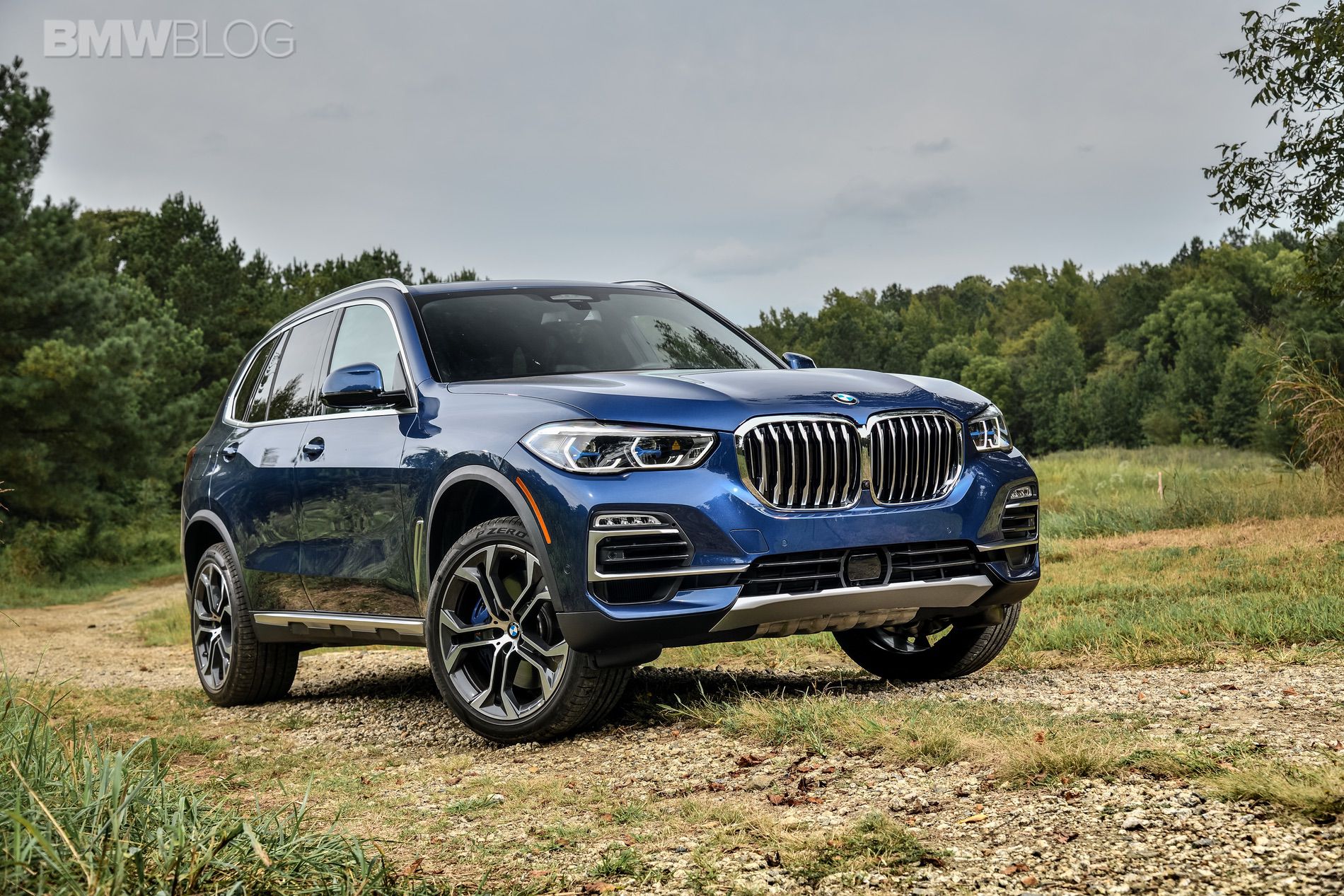
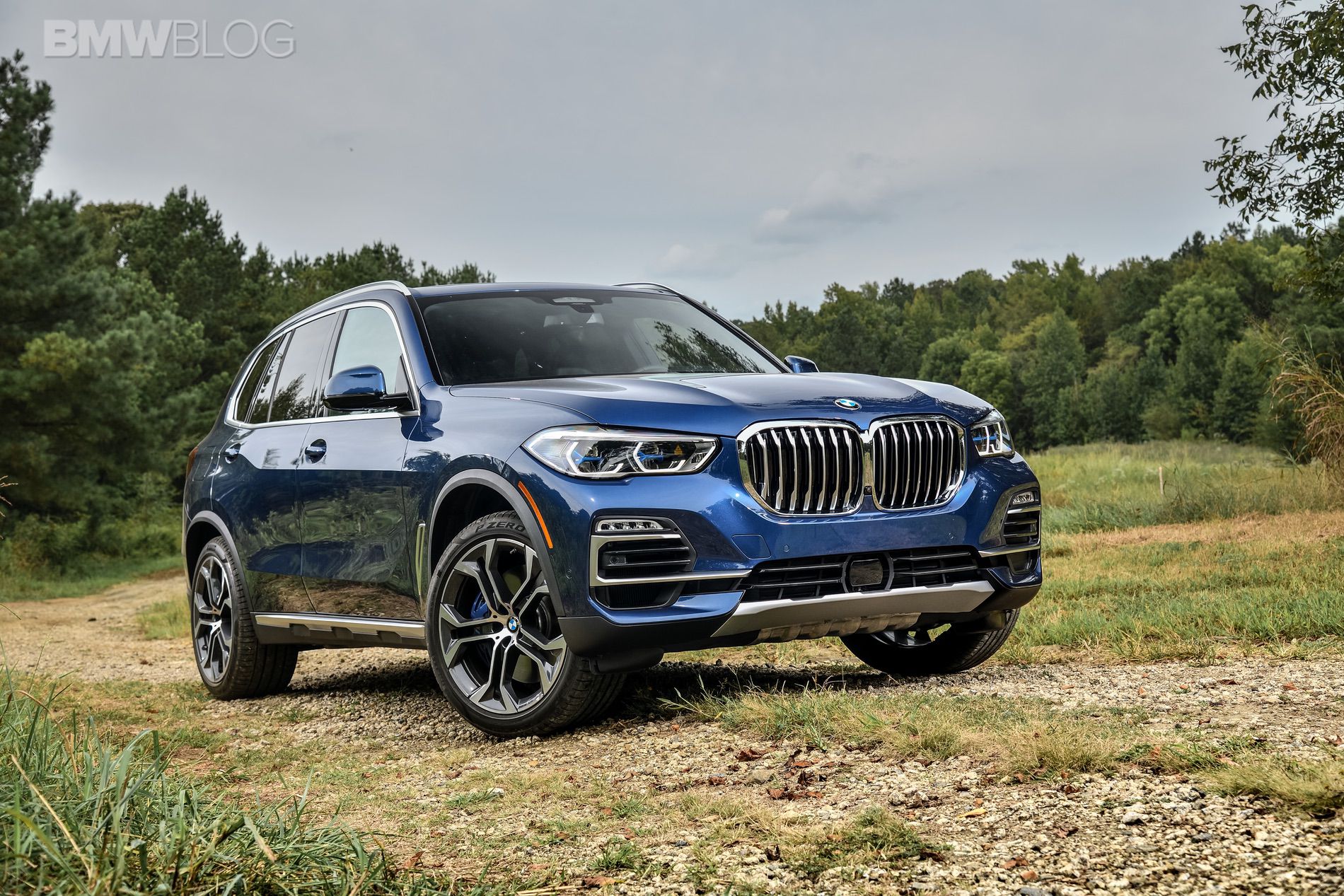


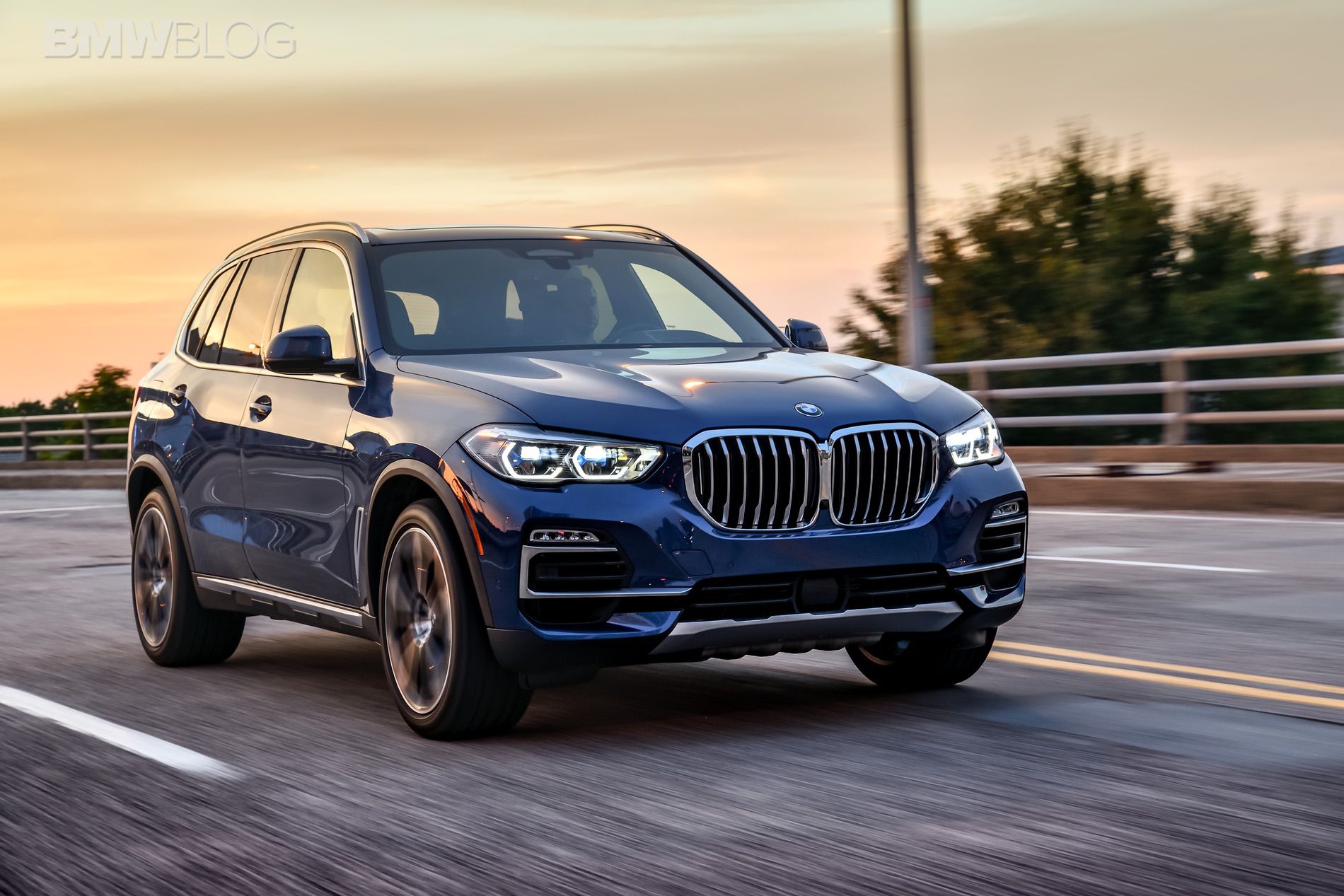
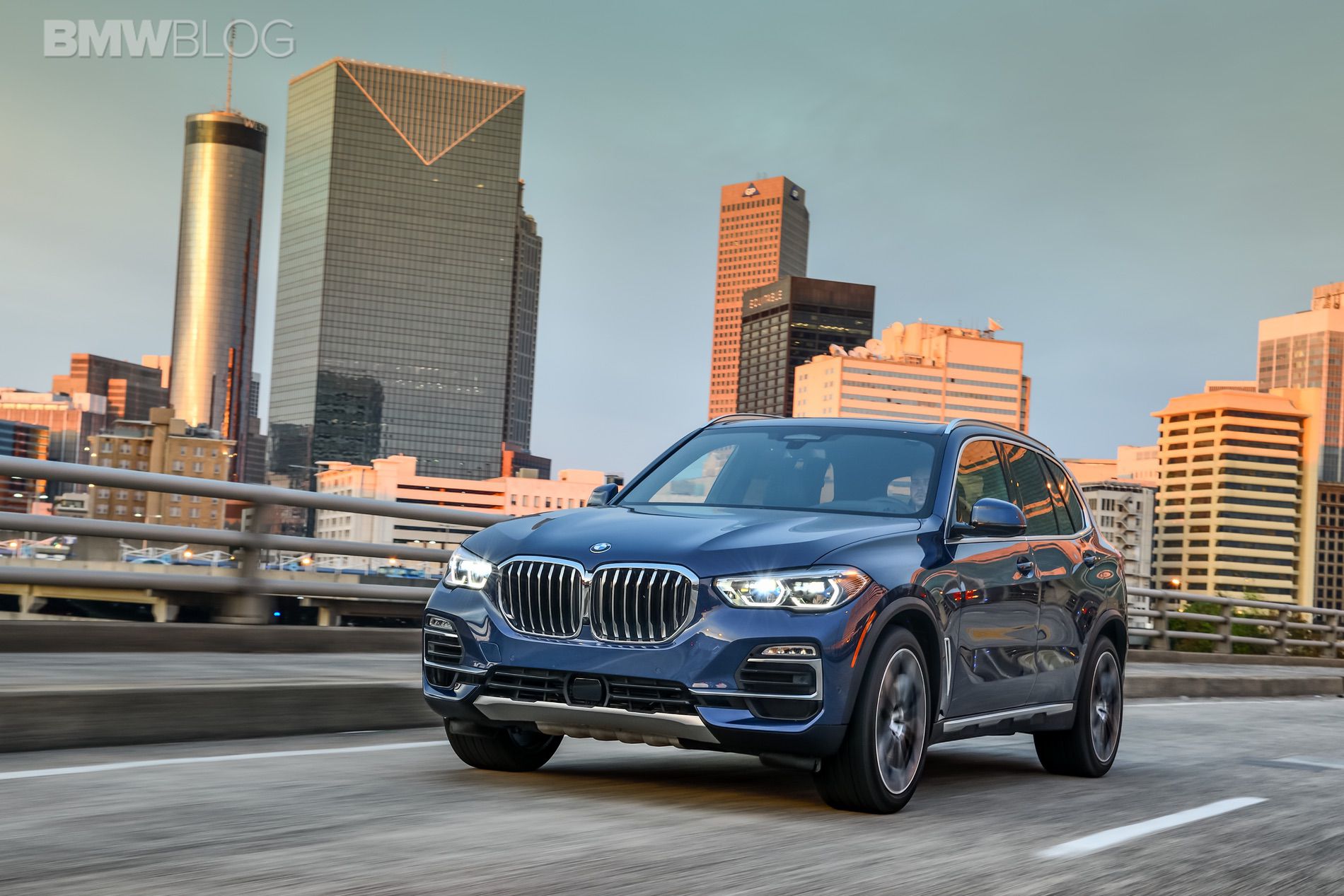


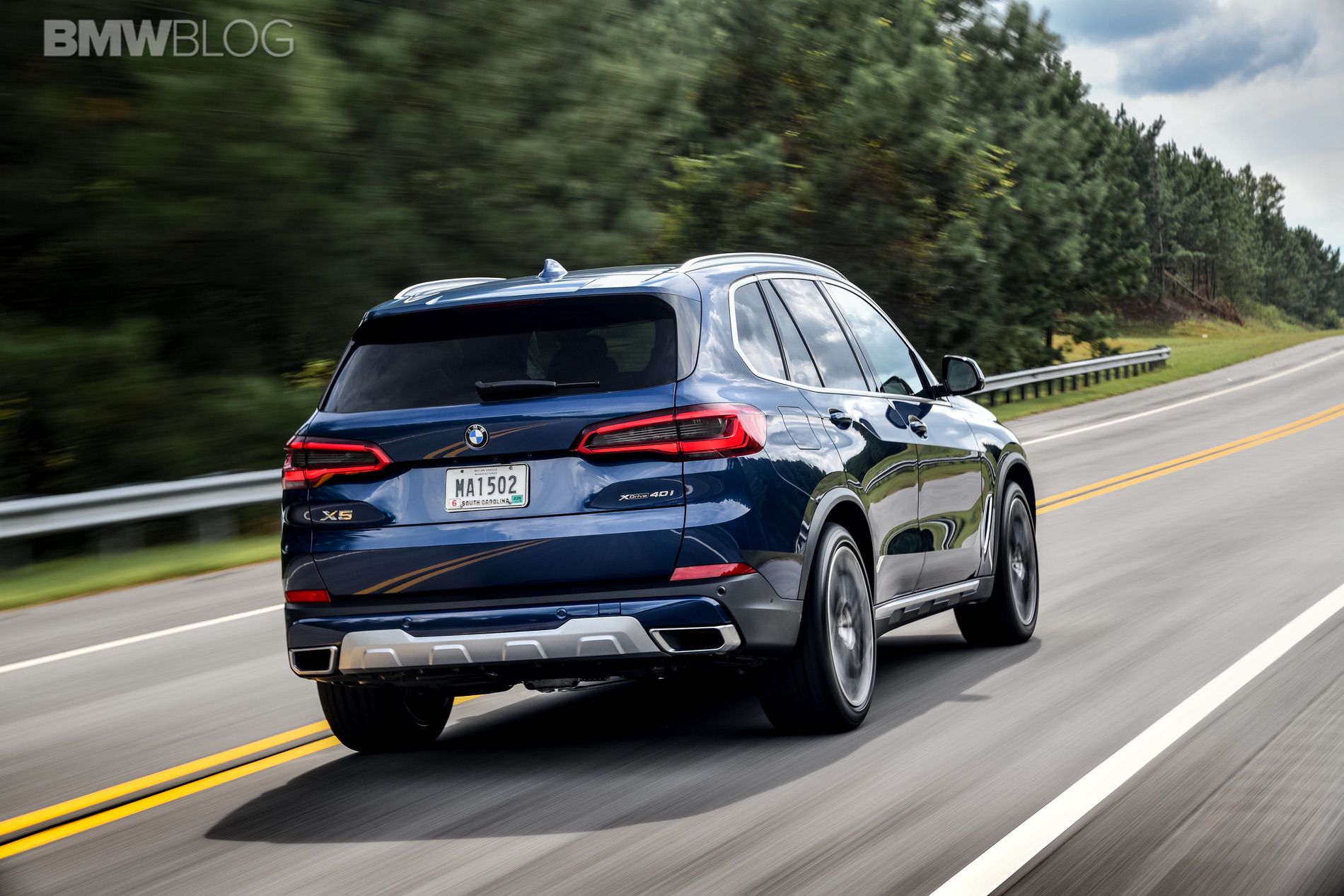

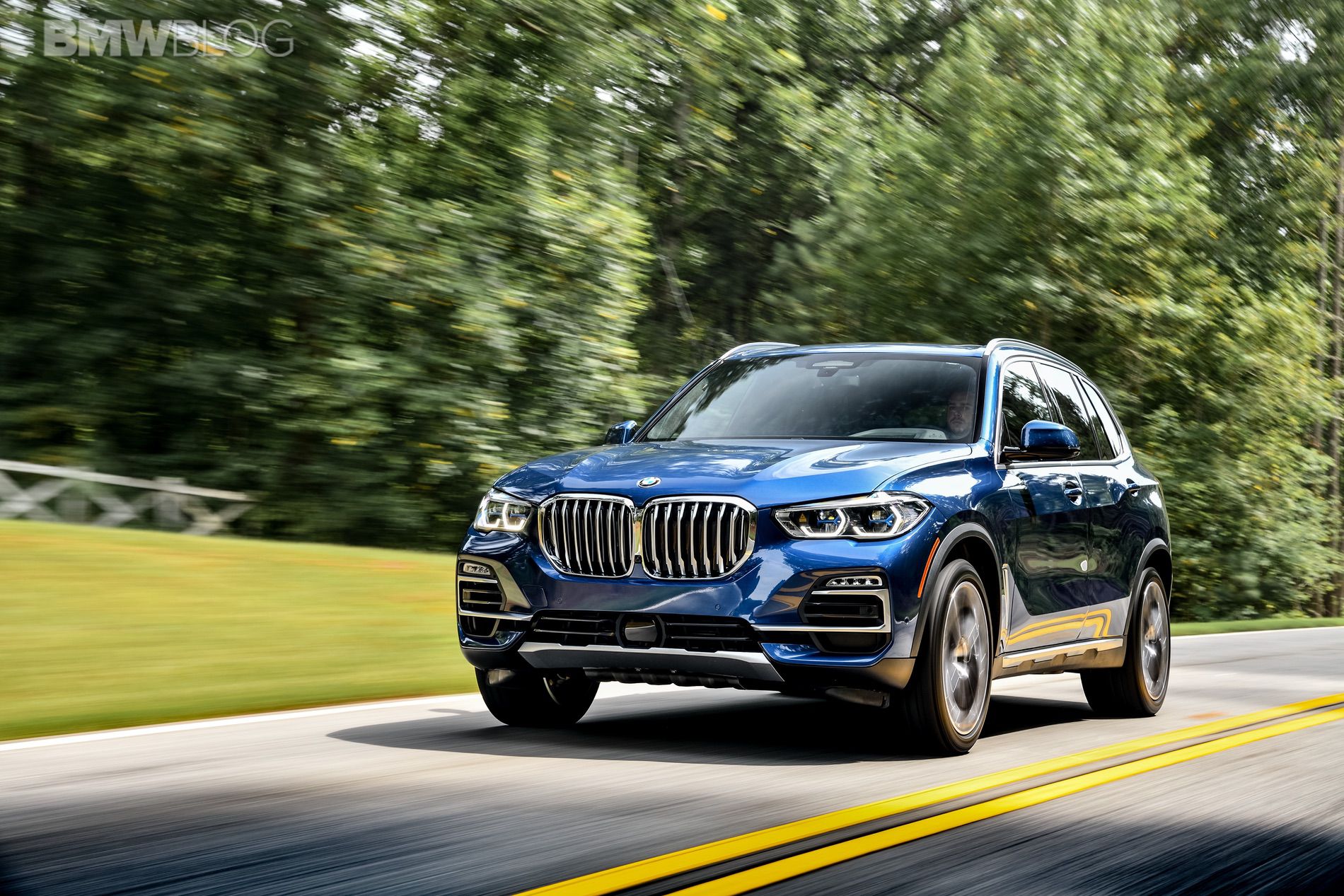
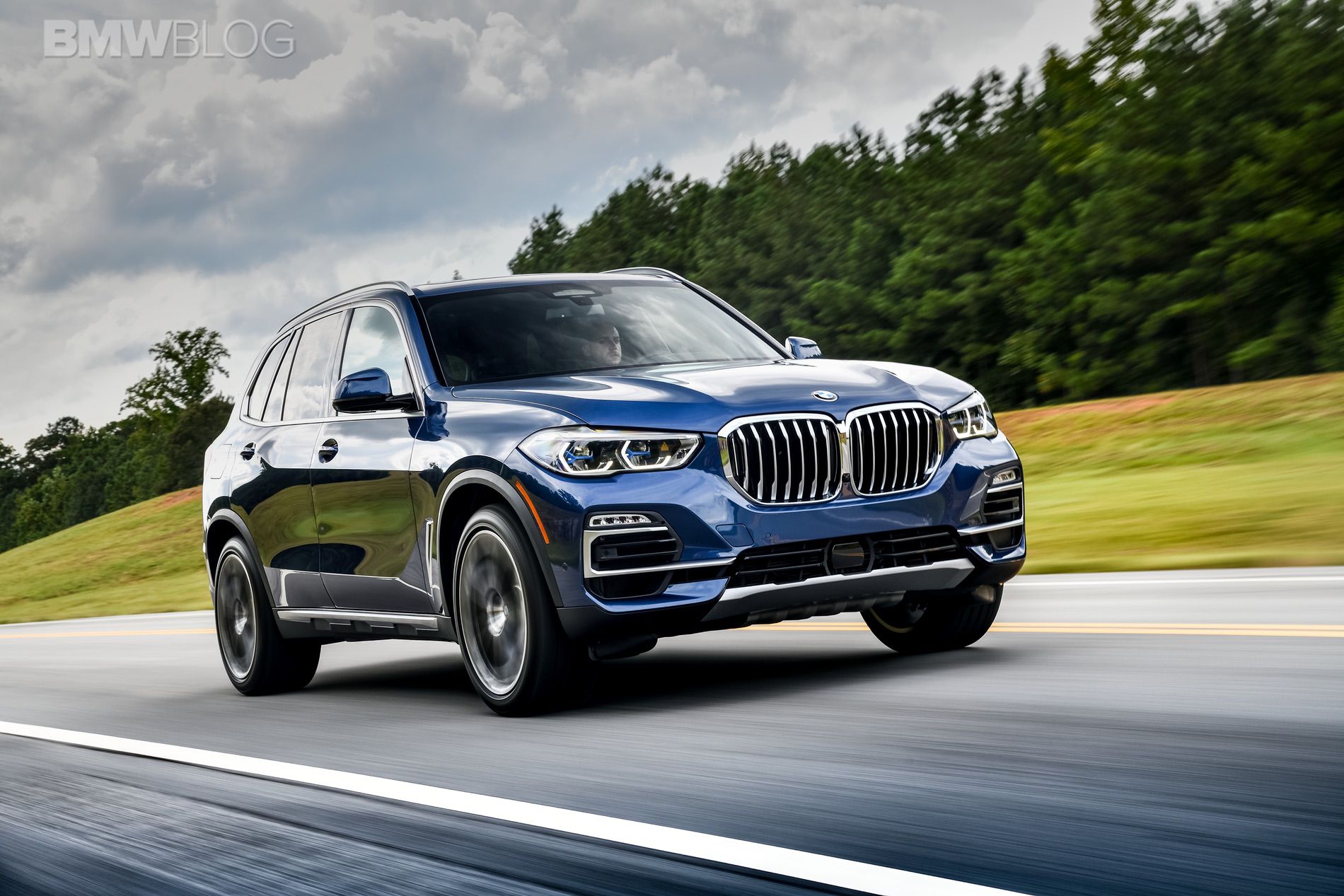

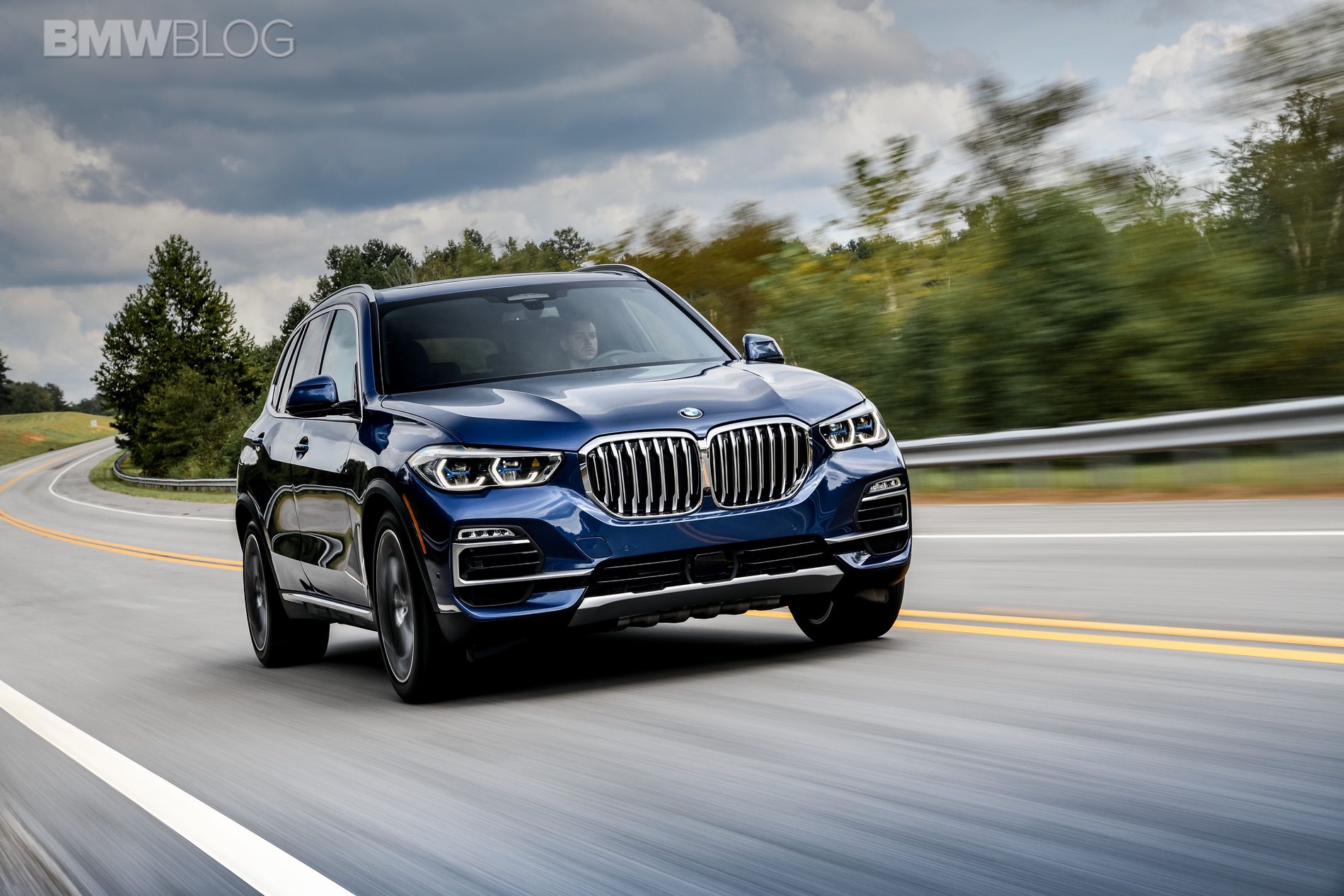
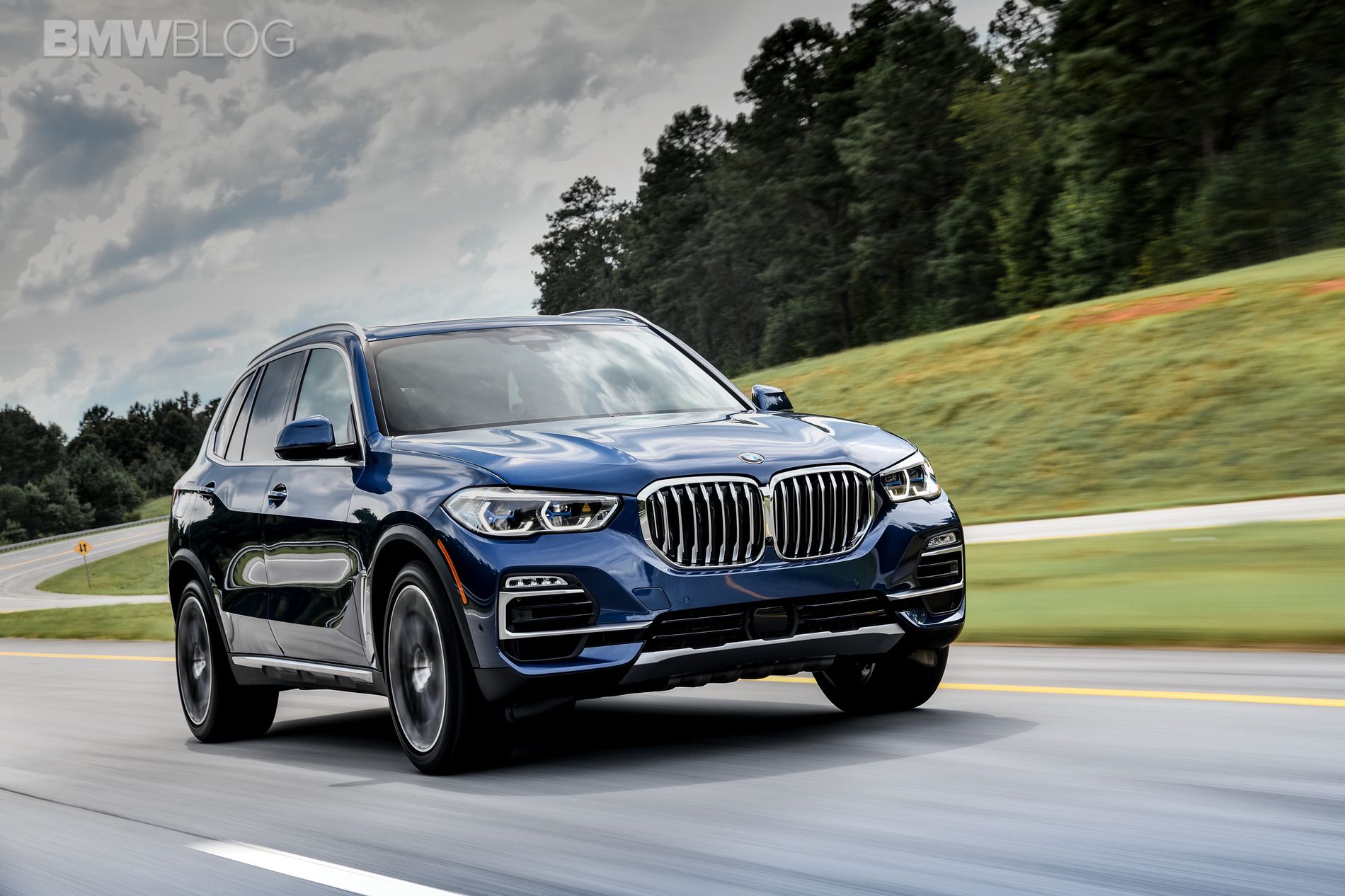

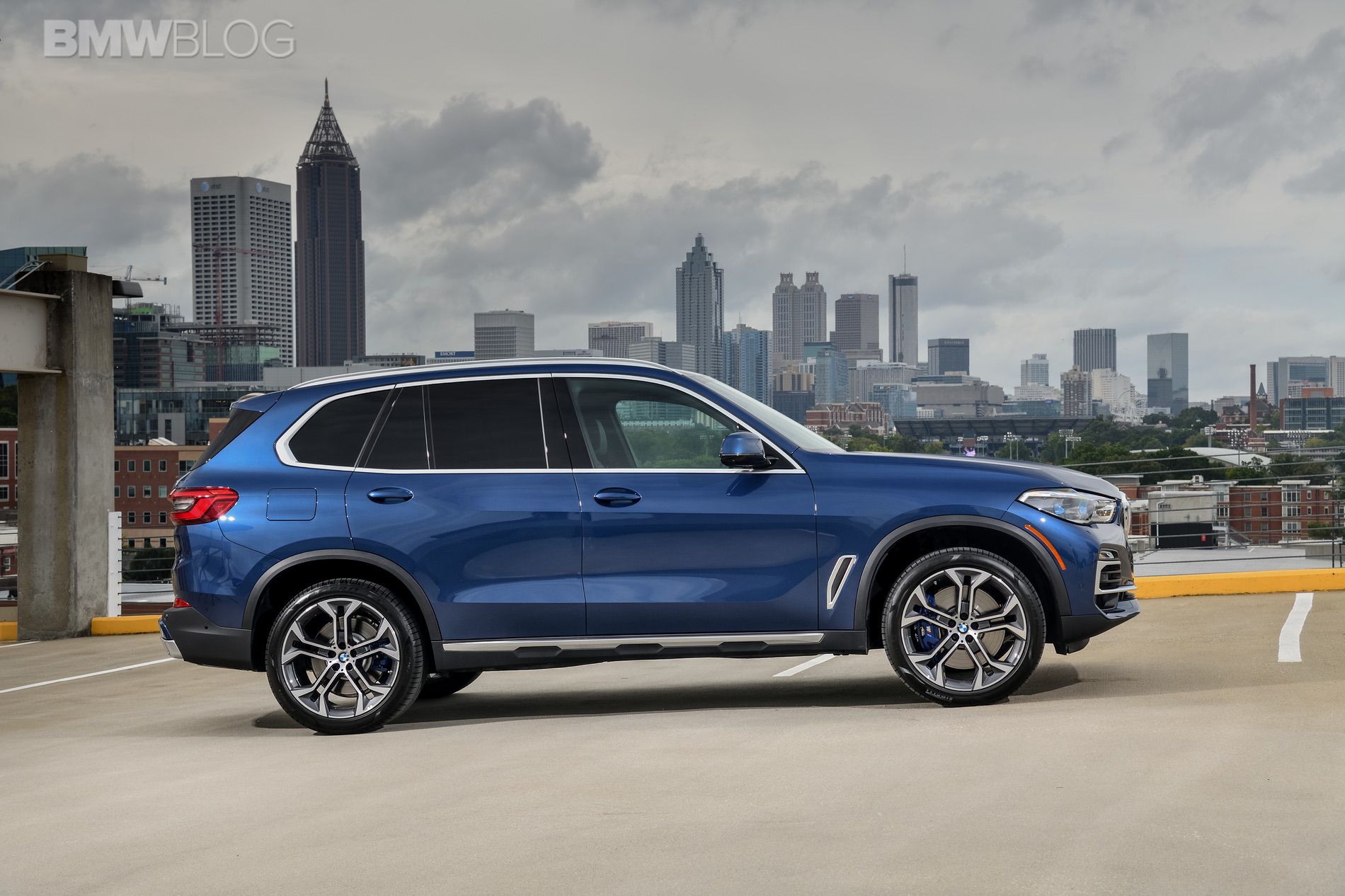
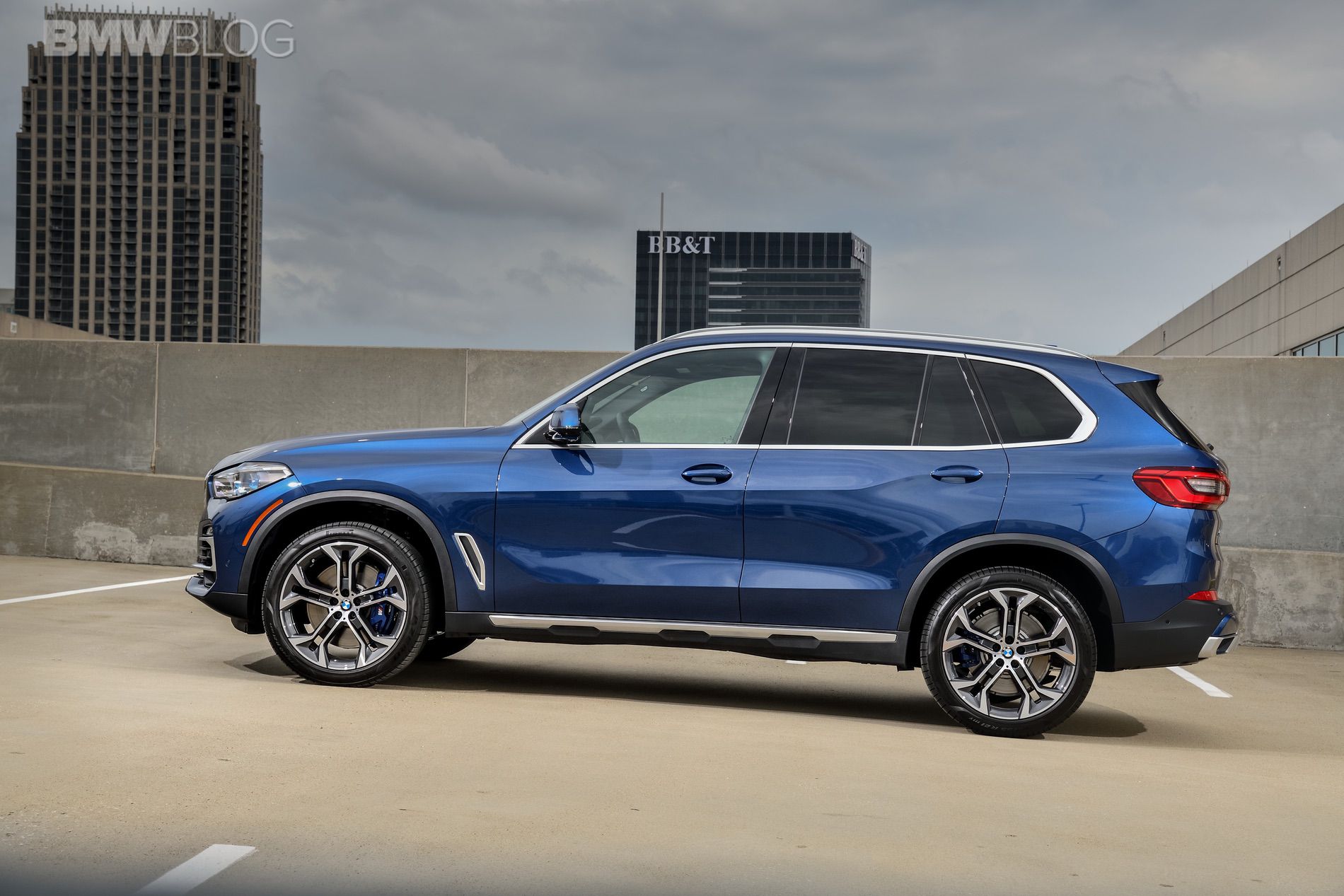
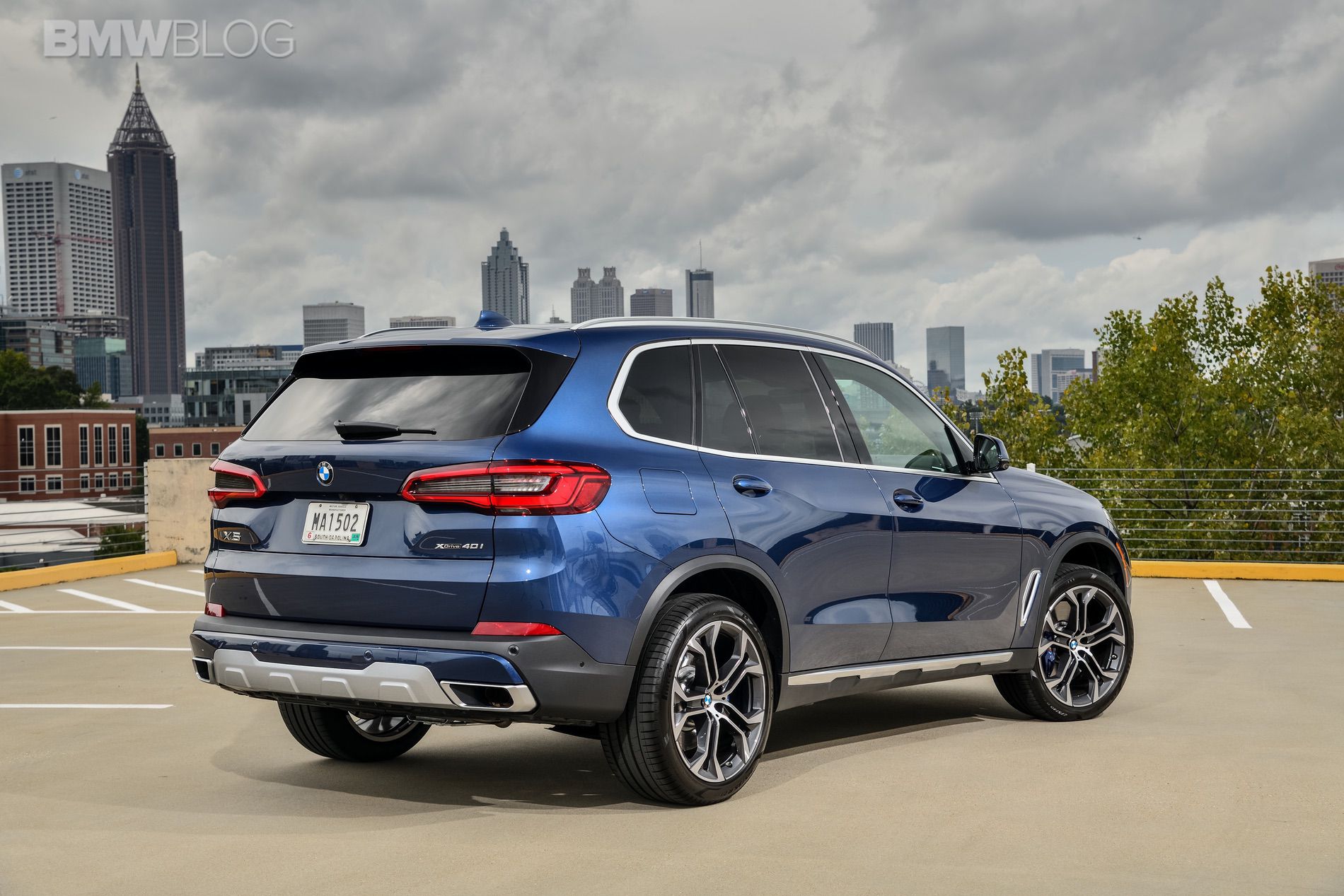
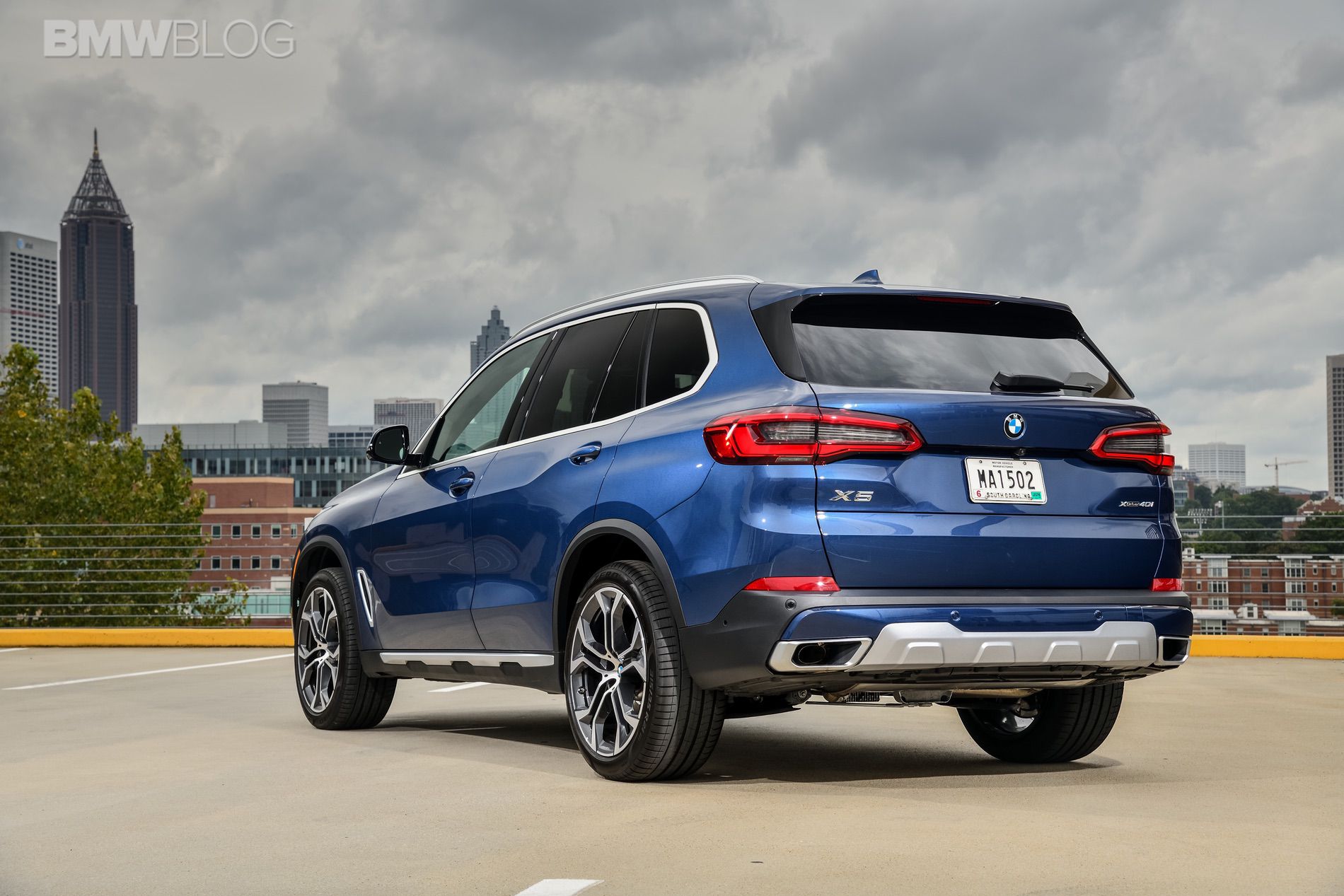
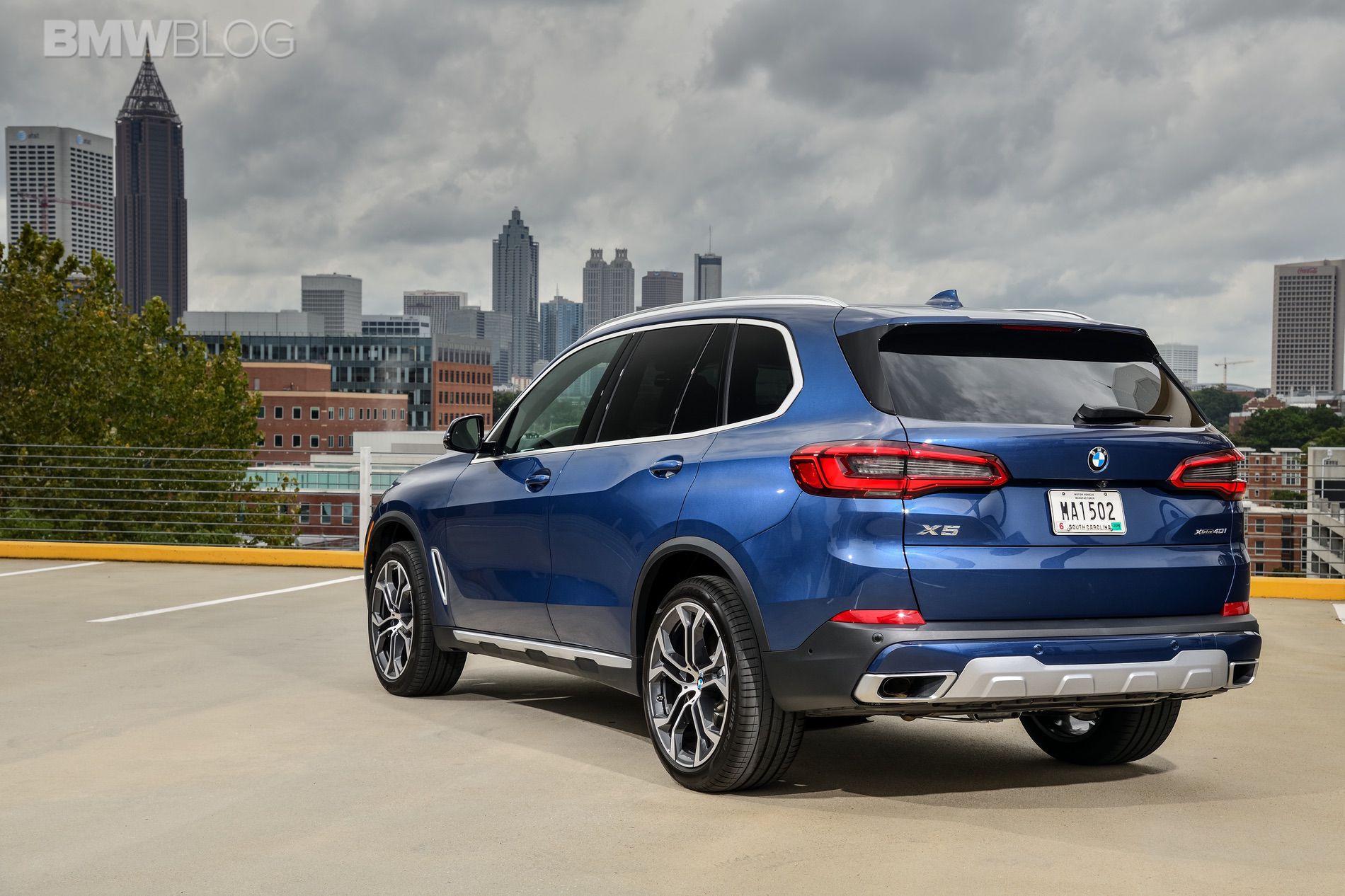


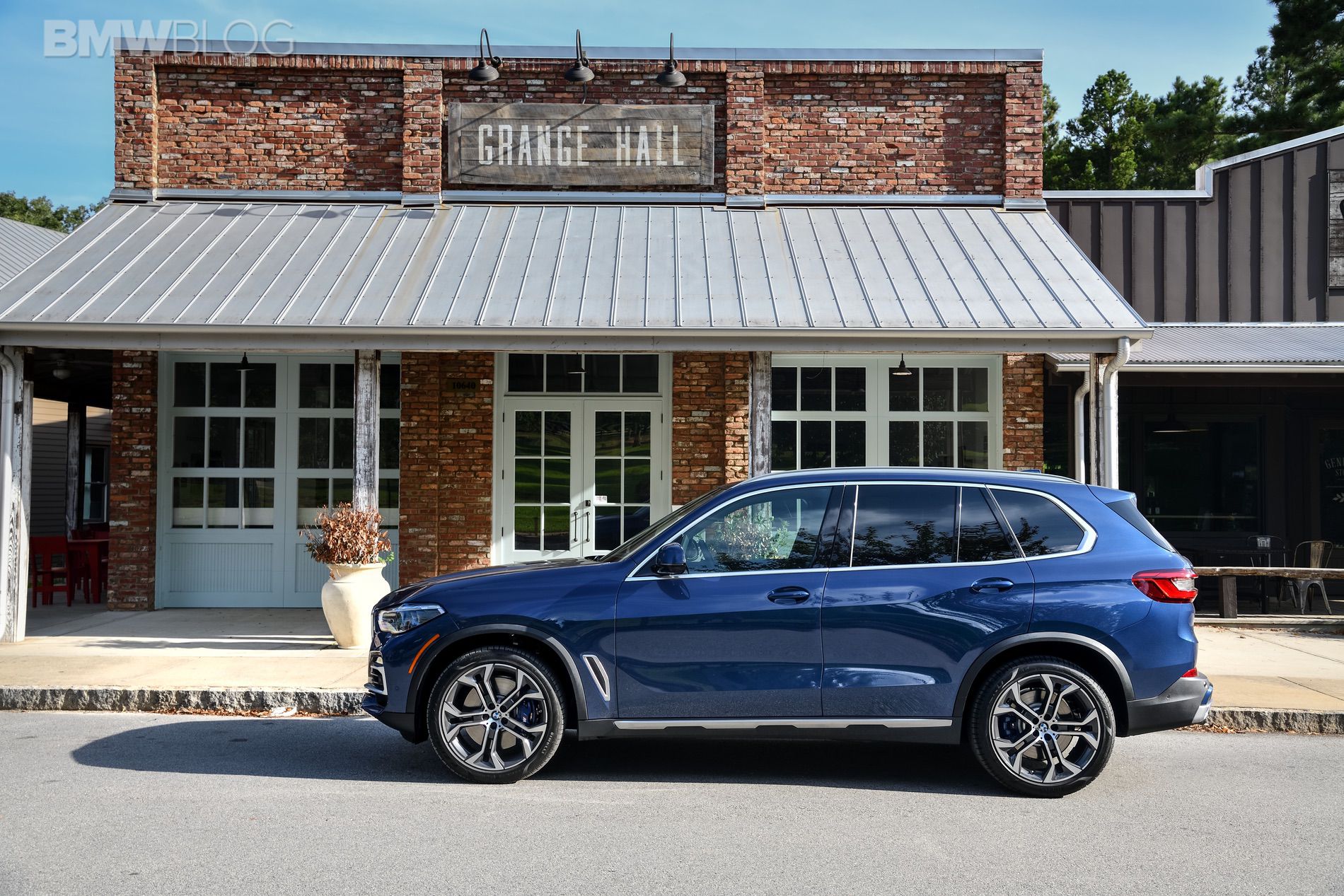
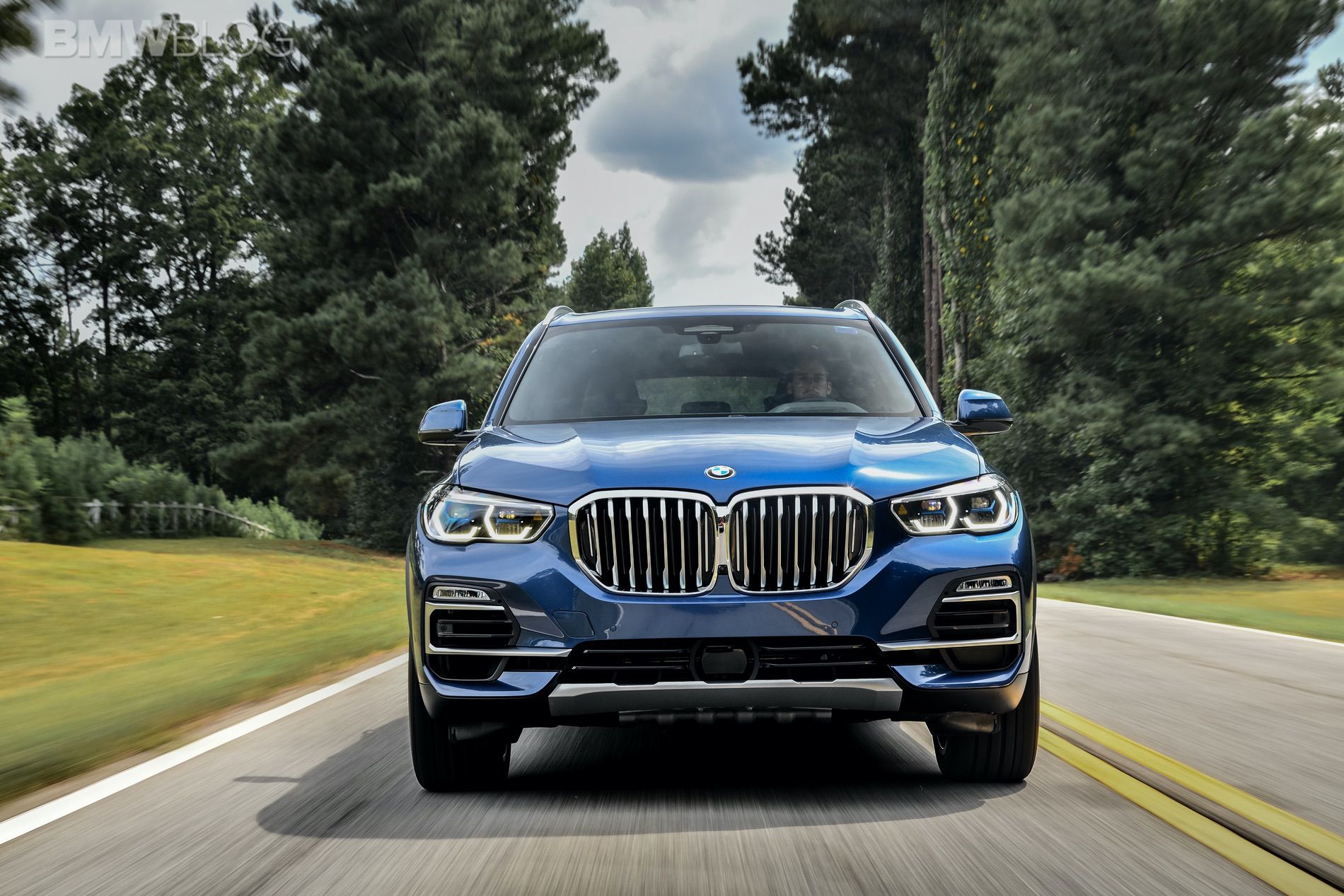
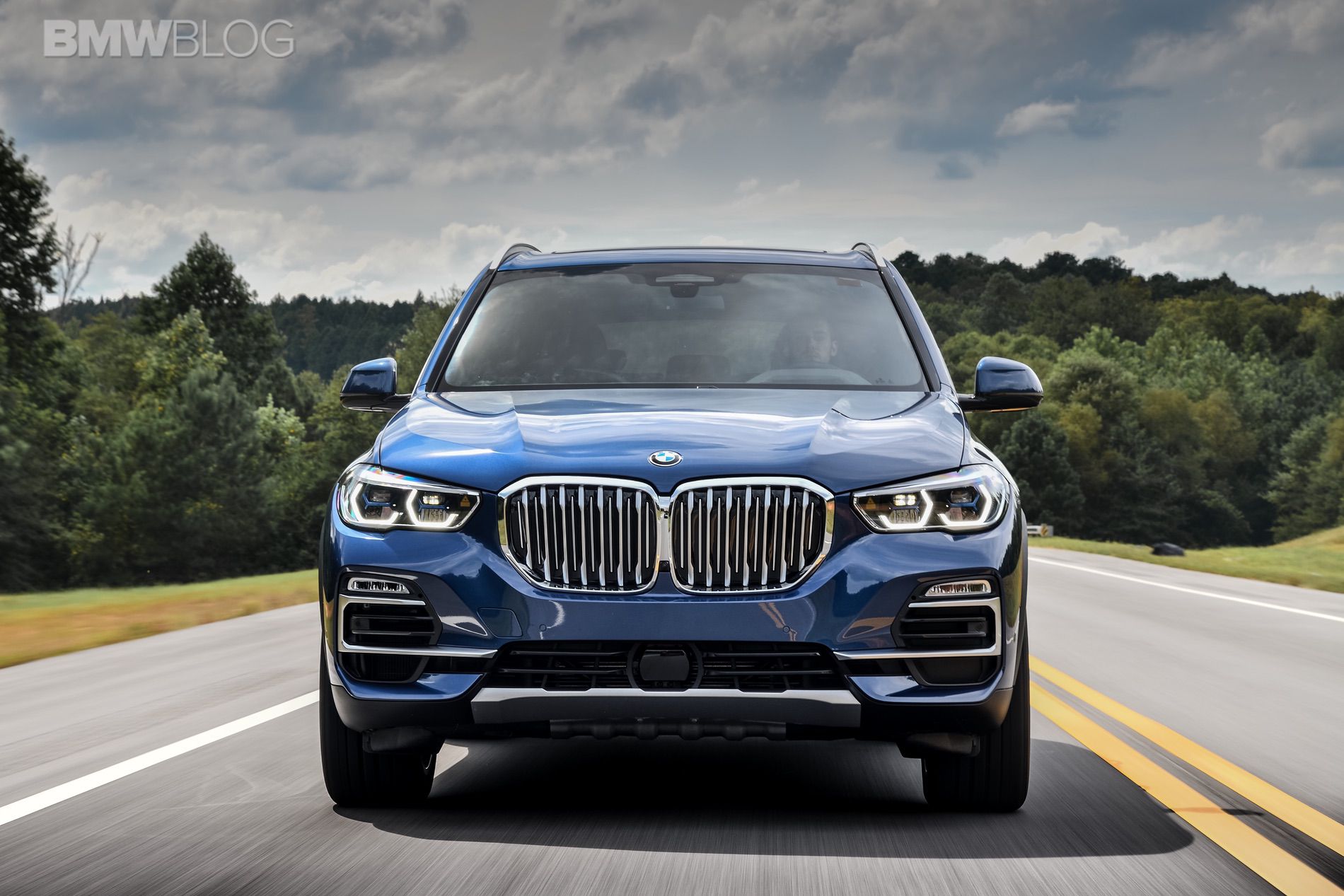
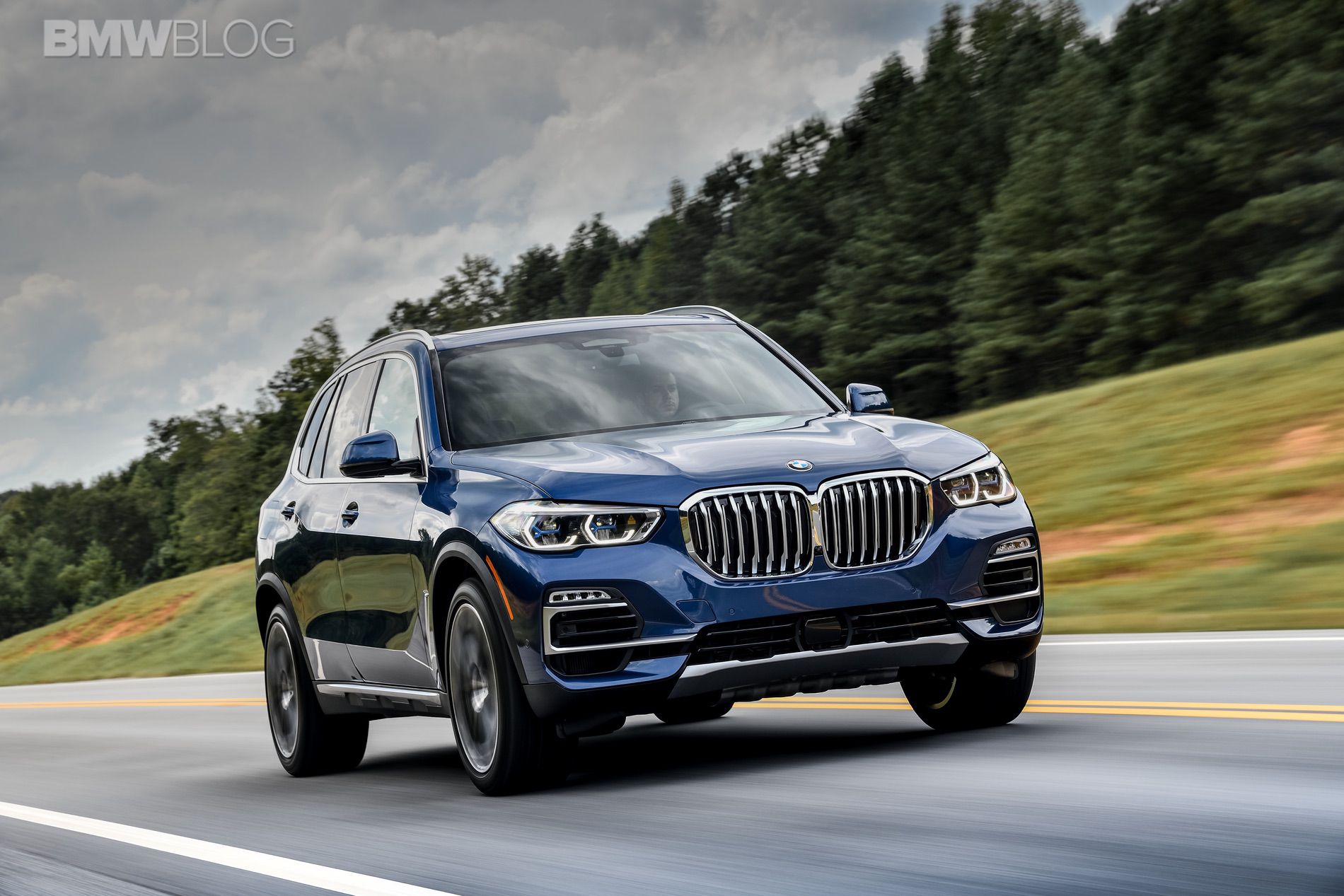



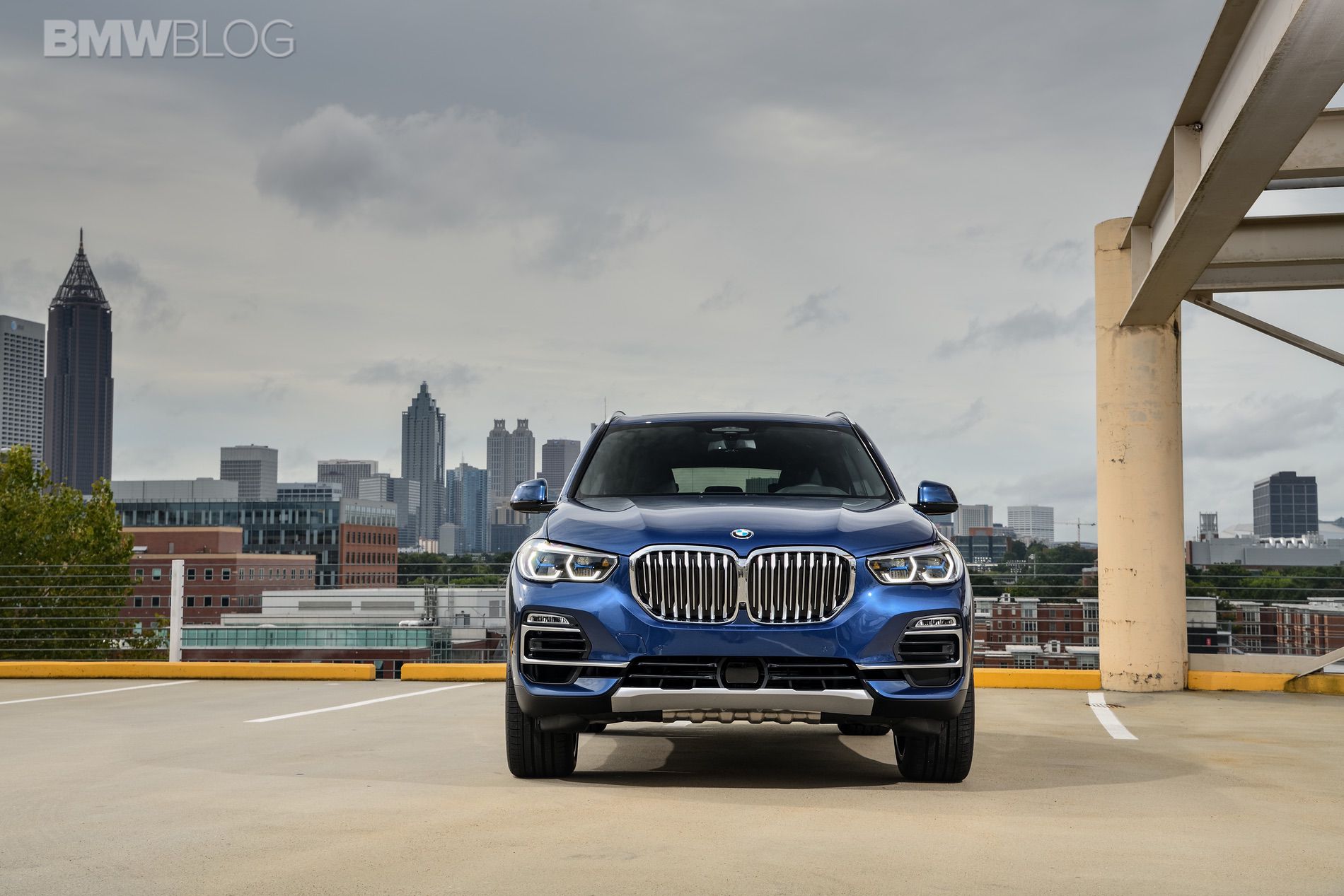

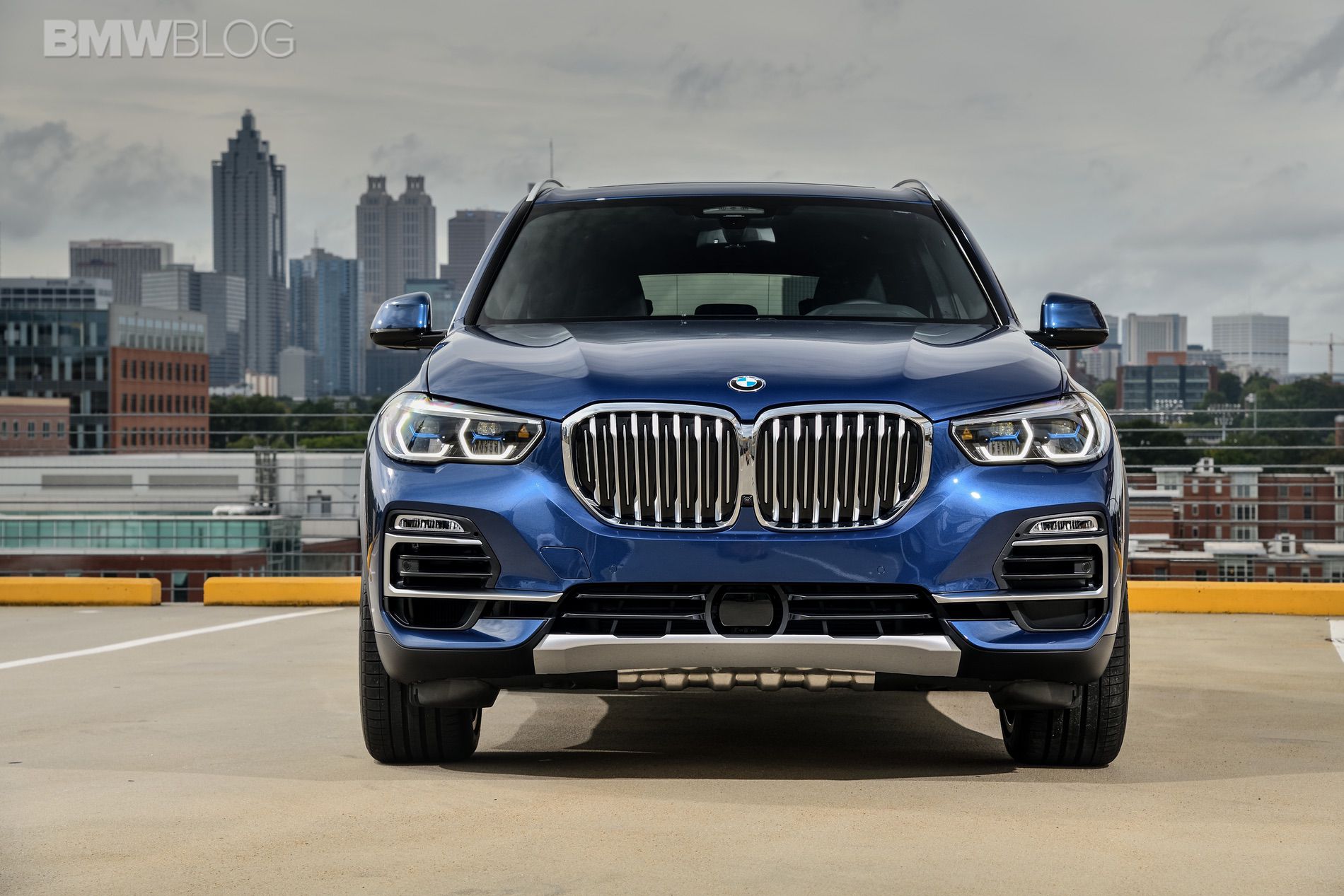
The article TEST DRIVE: 2019 BMW X5 – The Flawless SUV appeared first on BMW BLOG
from BMW BLOG https://ift.tt/2NMnz19
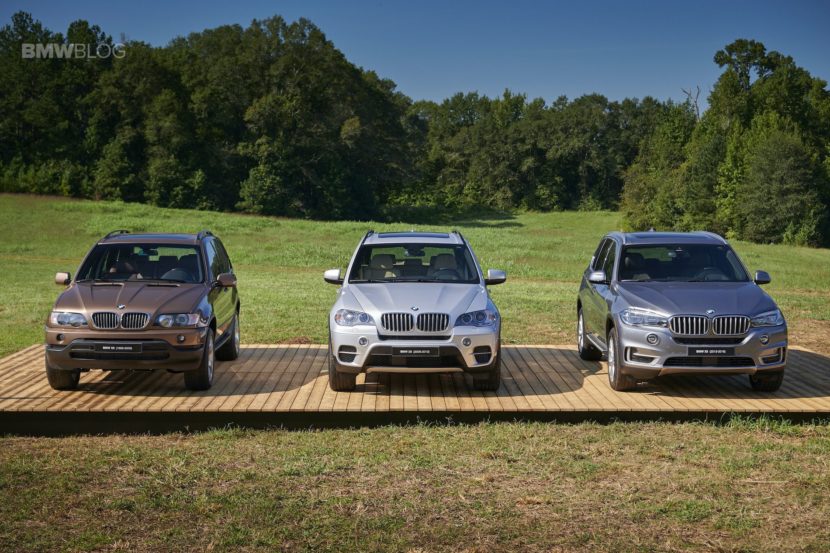
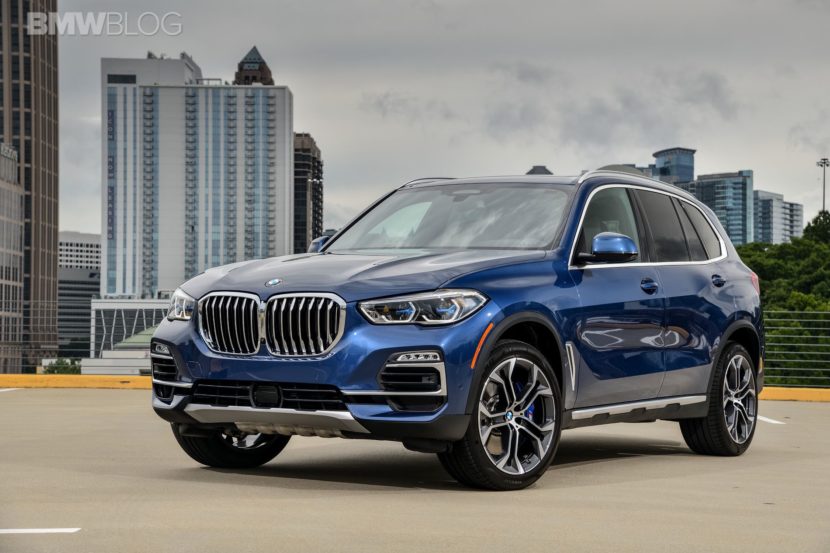
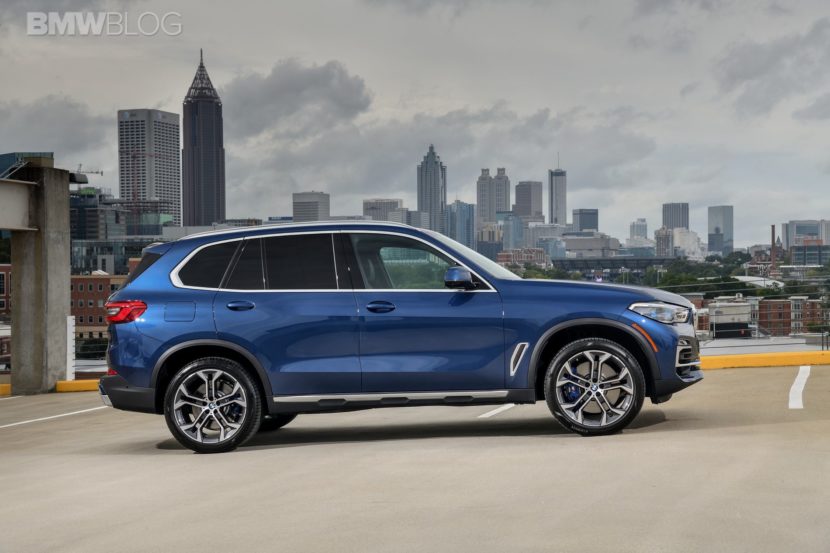
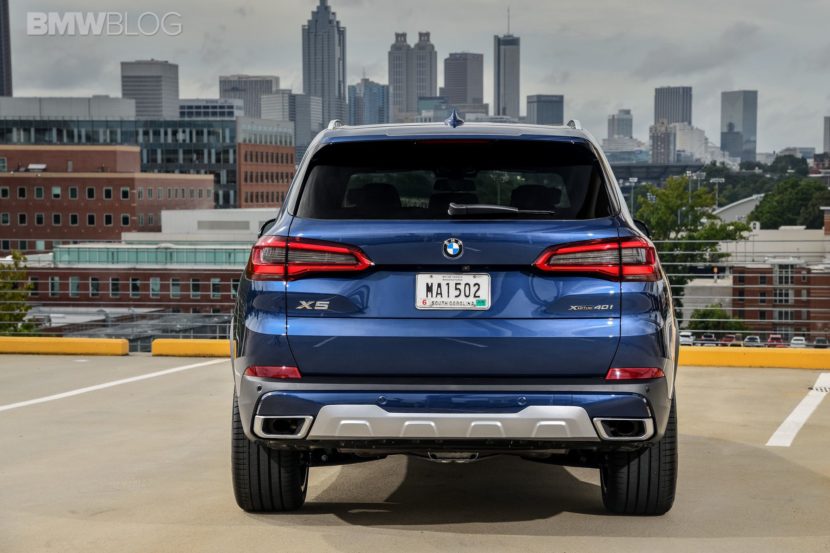
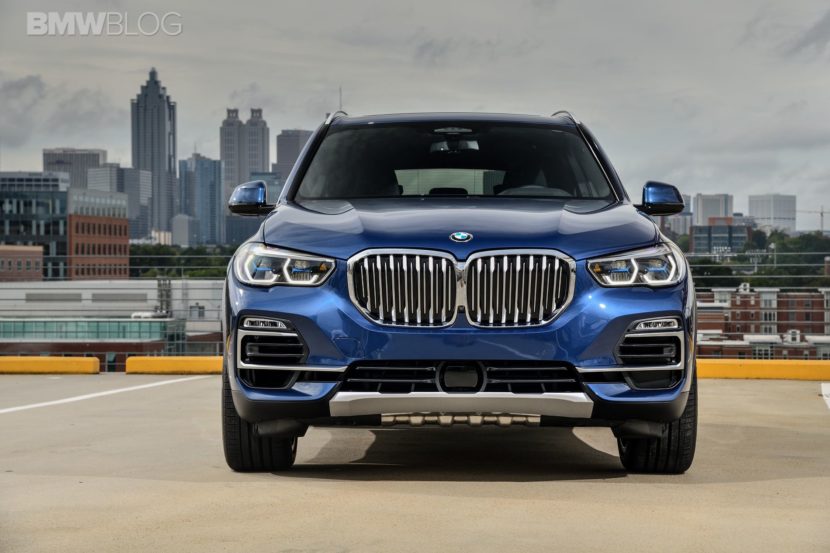
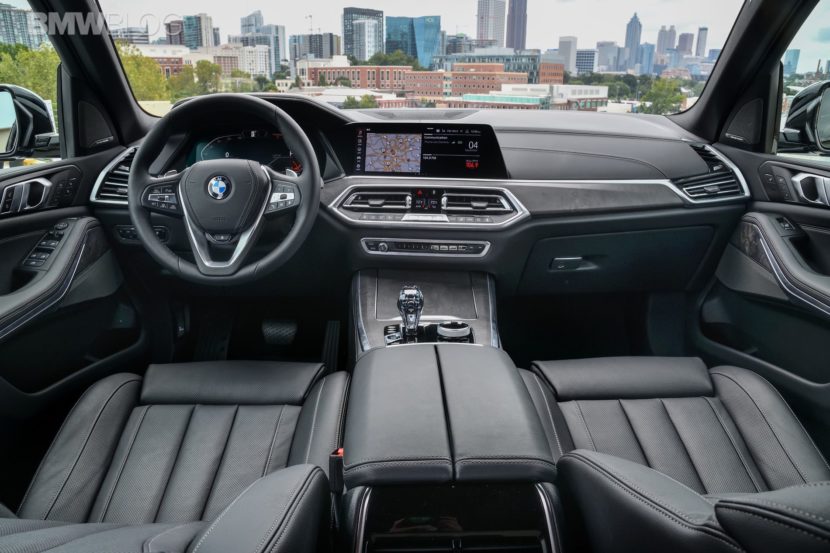
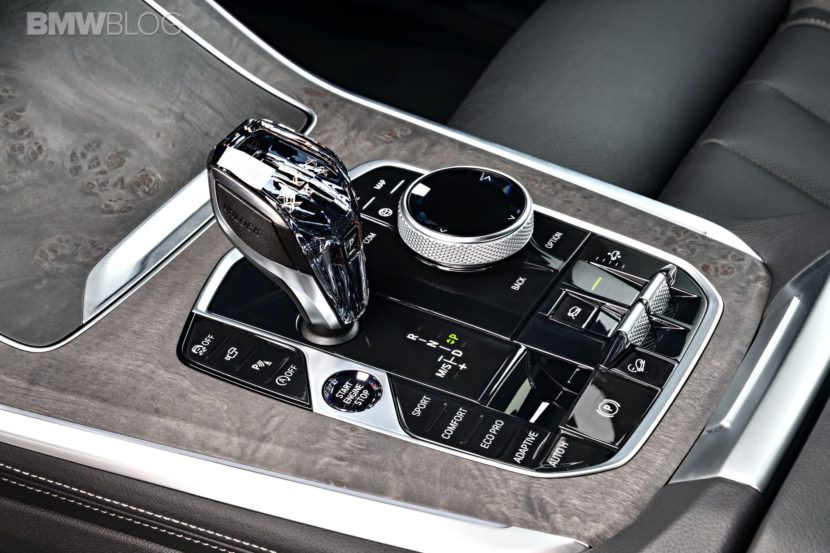
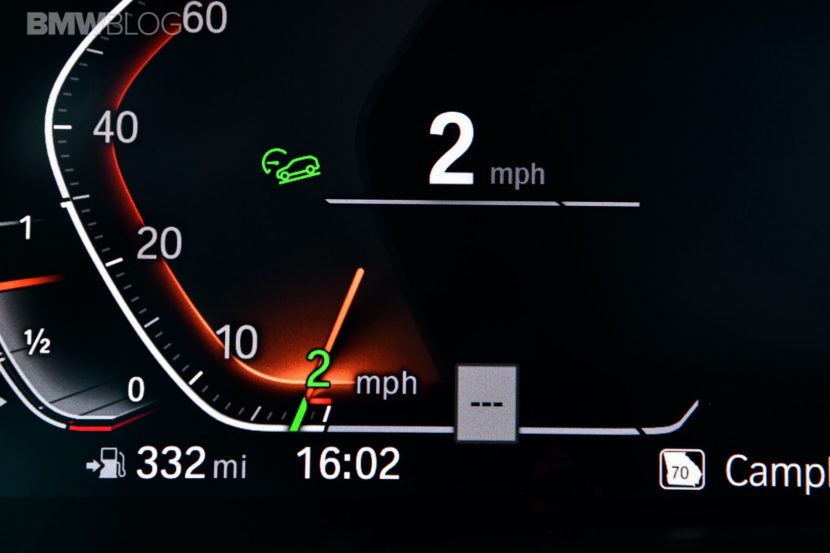
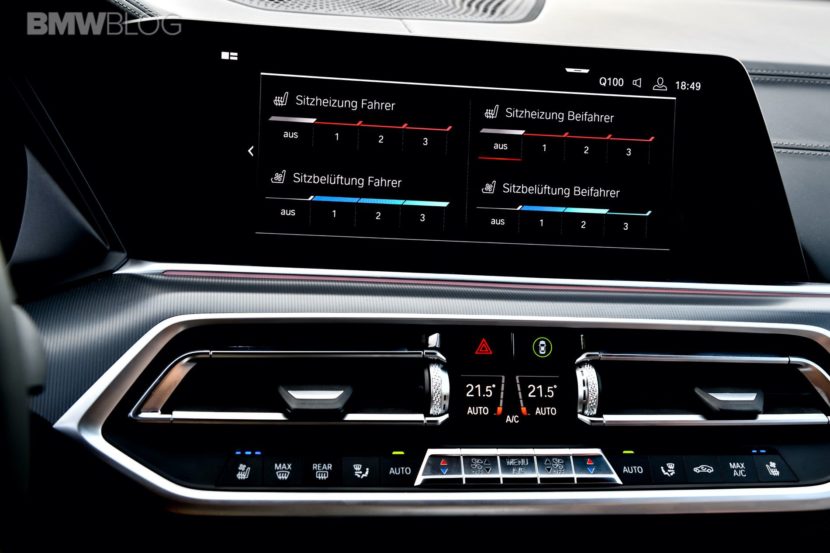
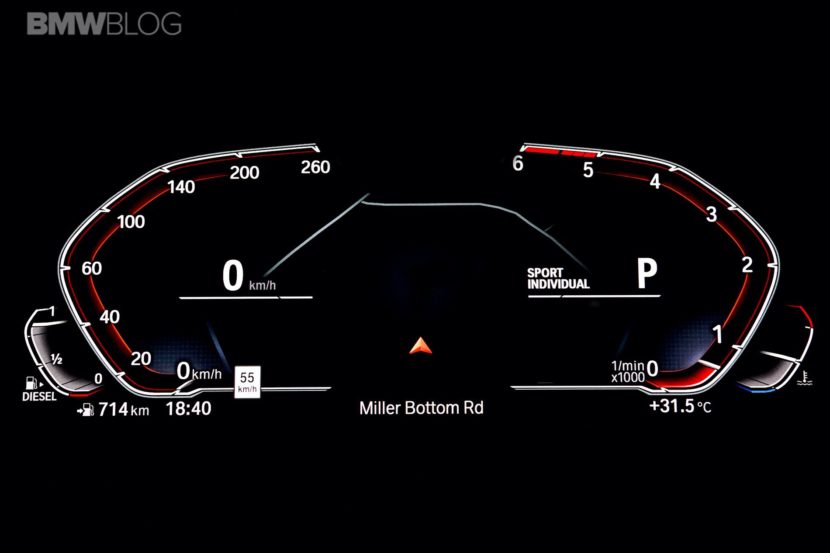
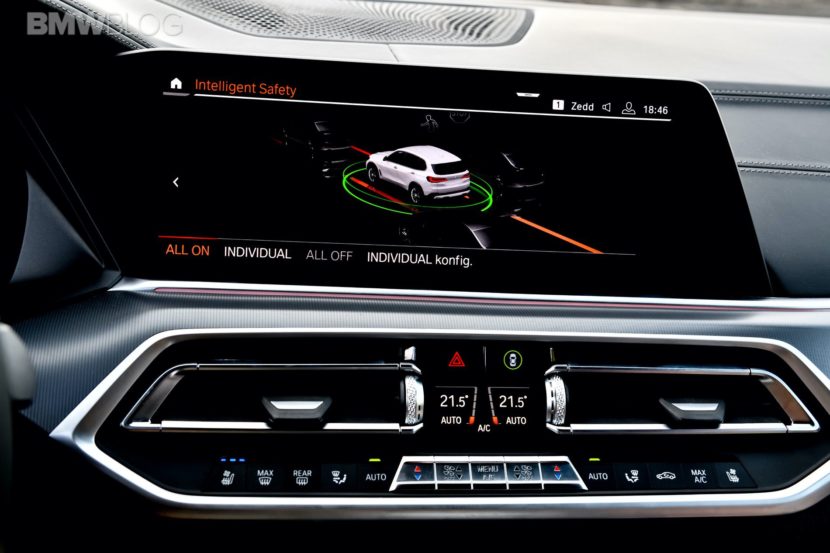
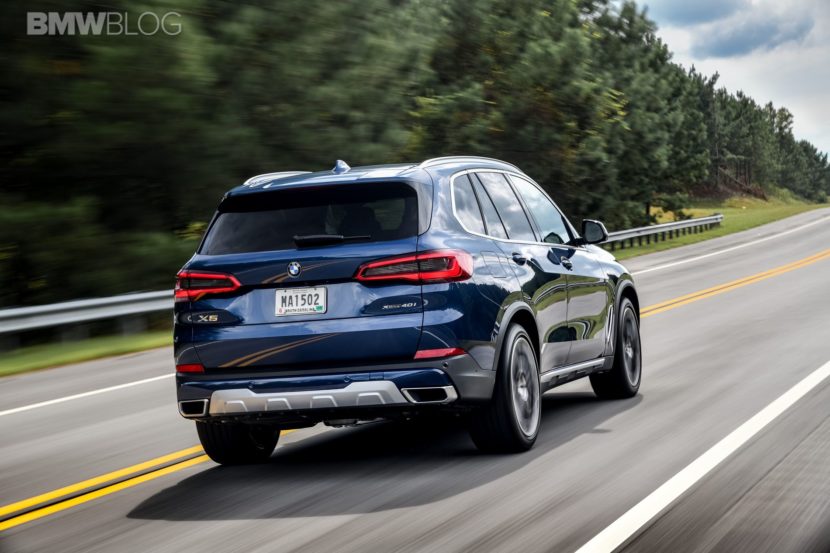
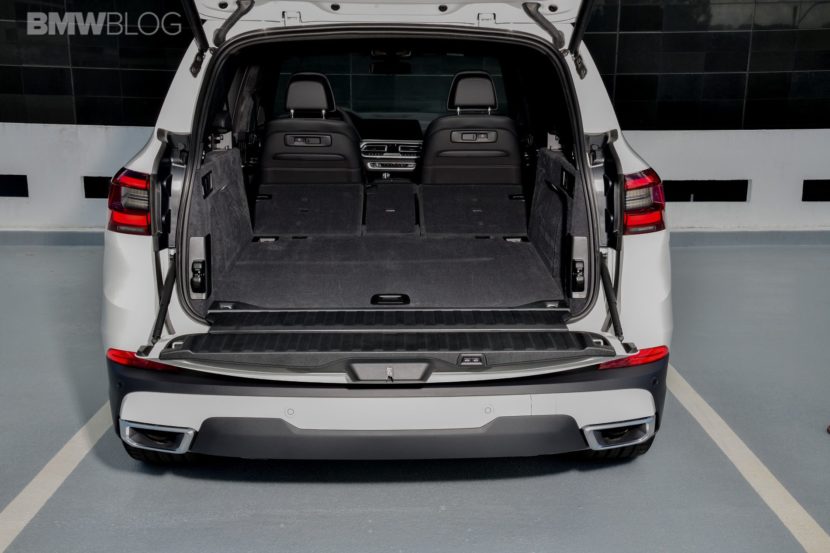
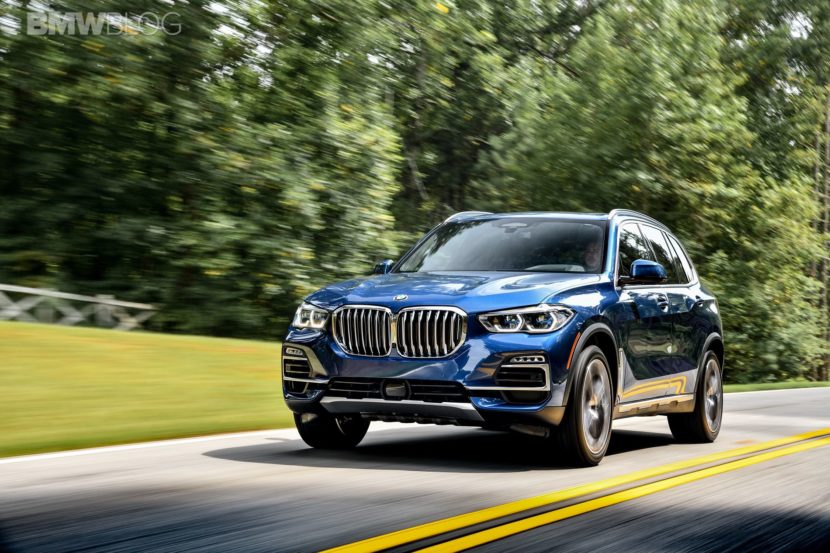
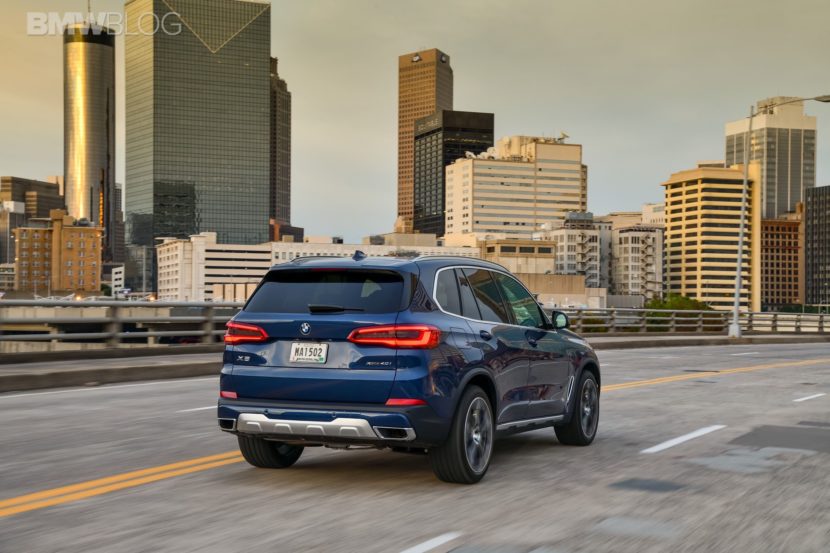
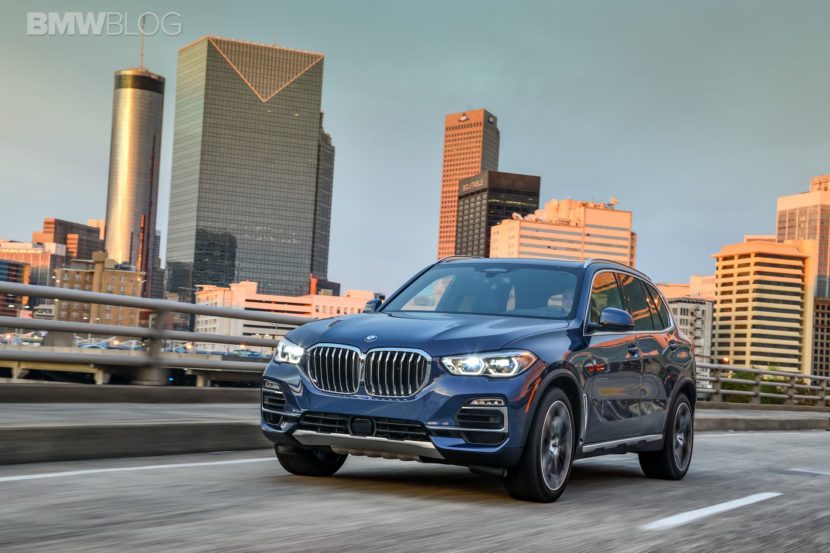
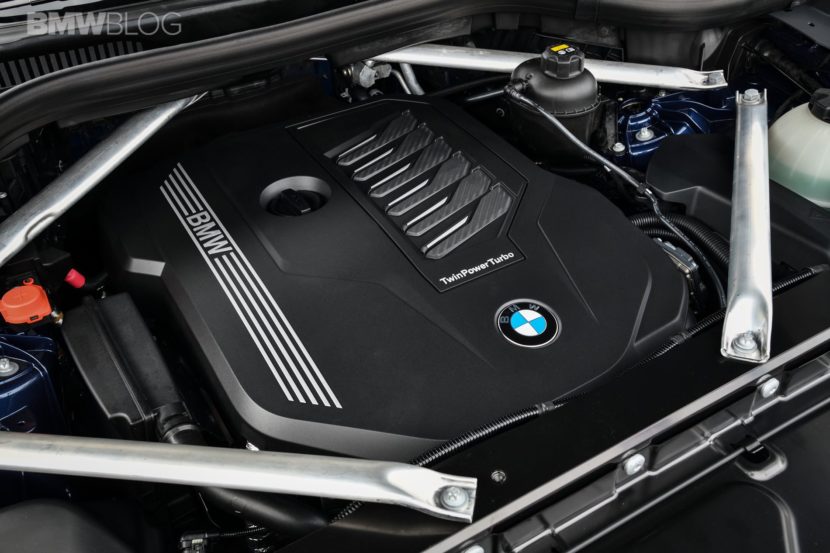
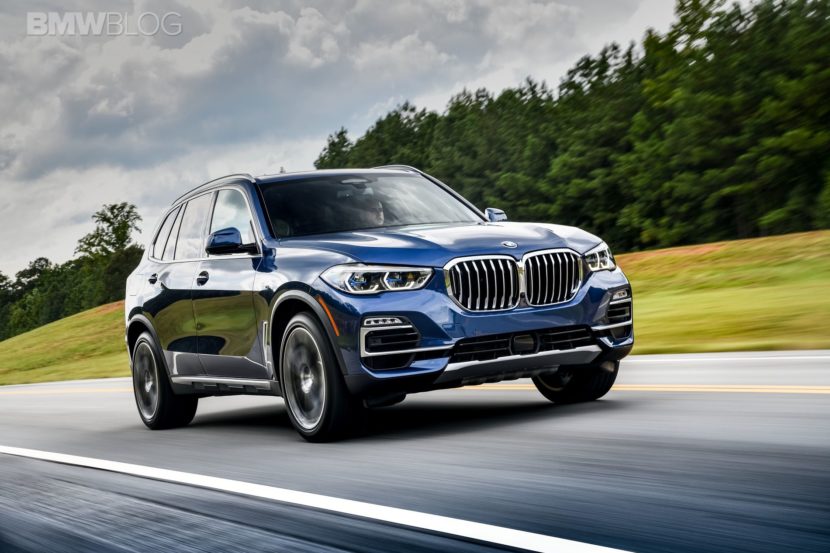
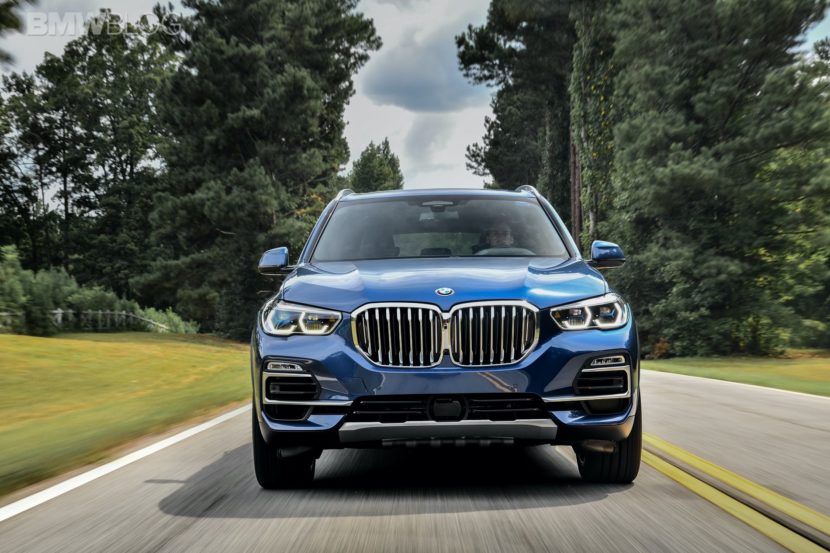
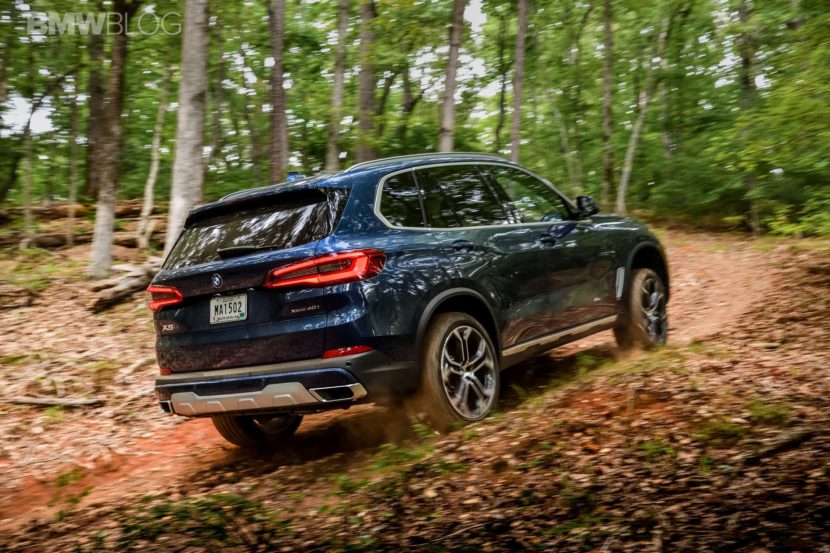
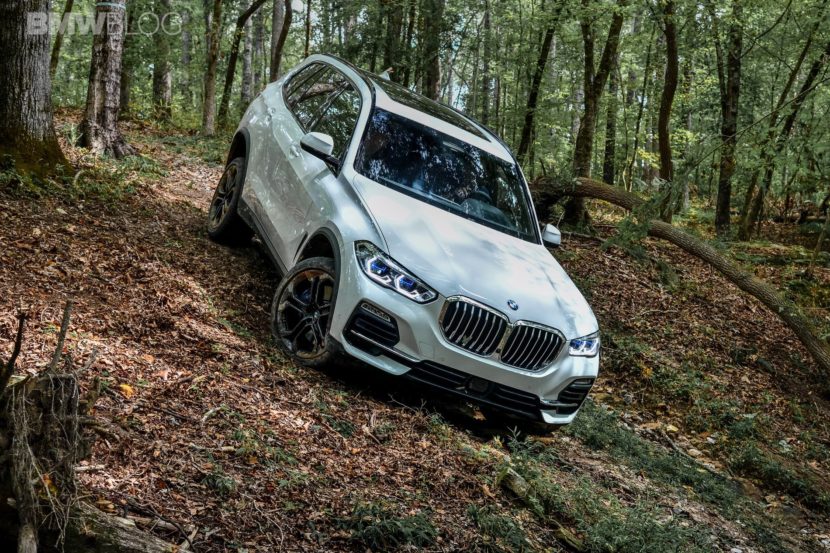
No comments:
Post a Comment